

Louisiana, Mississippi,
and Arkansas
This is the capitol building of
Louisiana, in Baton Rouge -- quite an unusual design for a capitol.
The only other one with a skyscraper design is the capitol of Nebraska.

This was the capitol of
Louisiana before the above one was built, dating from 1849 -- I like it better!
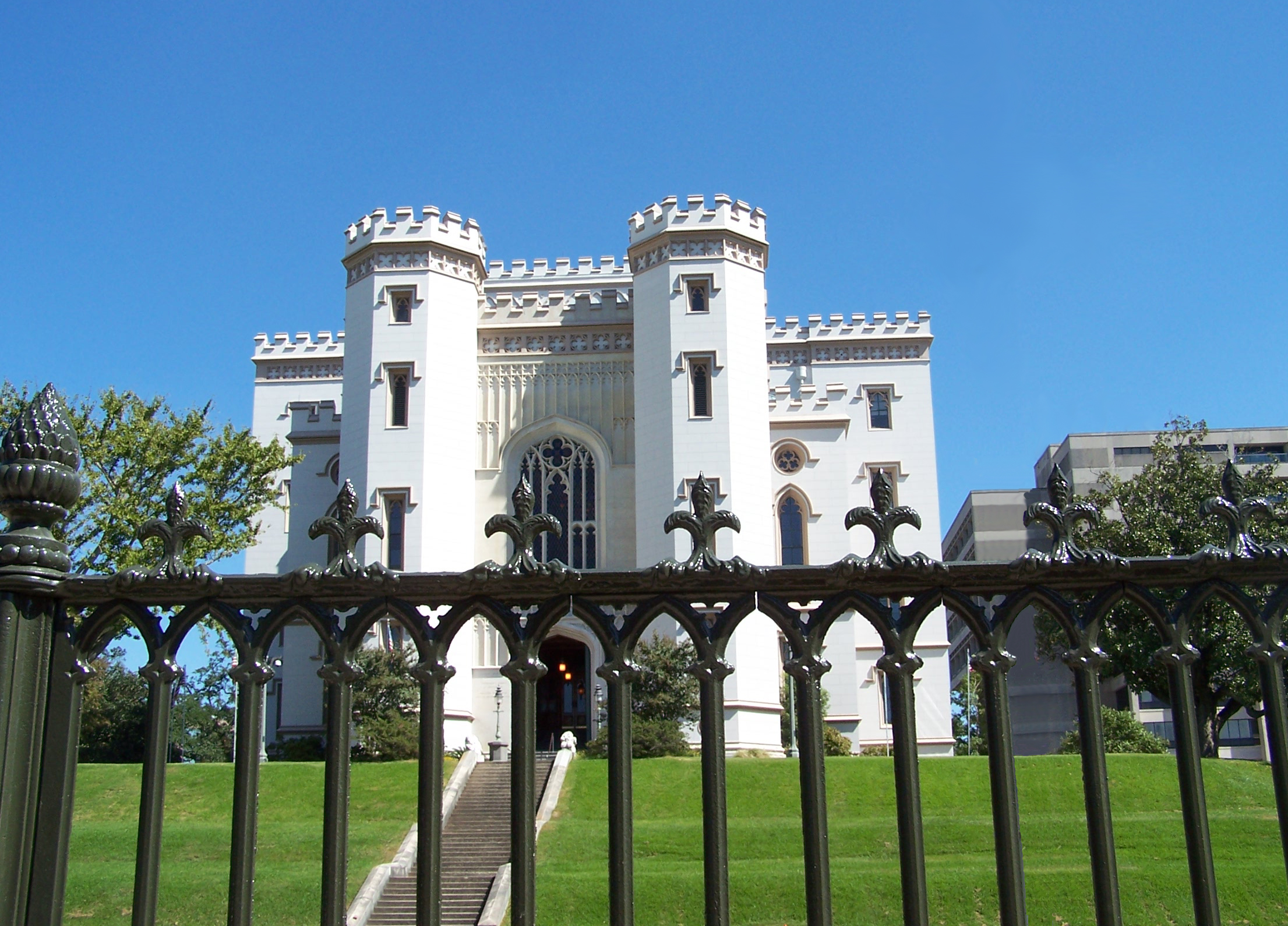
Perhaps the most famous
antebellum mansion of all -- Oak Alley Plantation on the south shore of the
Mississippi River between Baton Rouge and New Orleans:
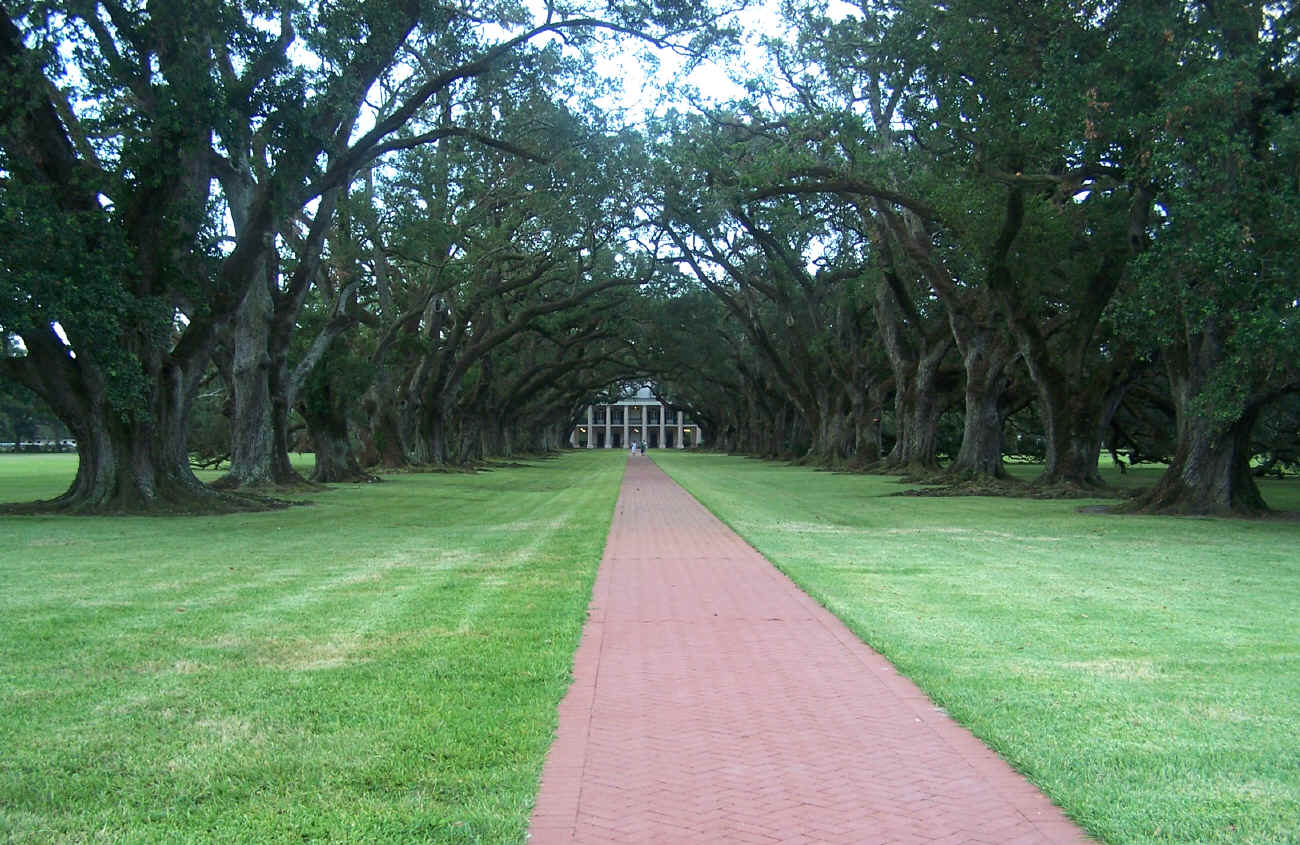
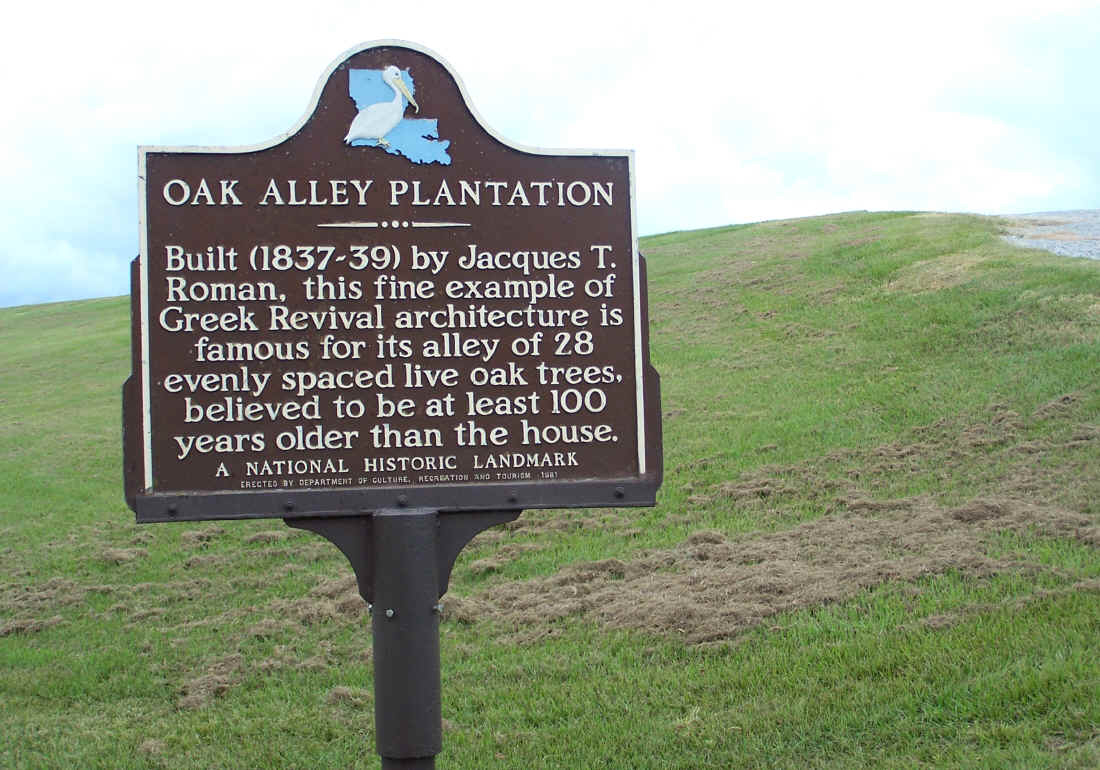
The Houmas House plantation,
built in 1840, on the north shore of the river:
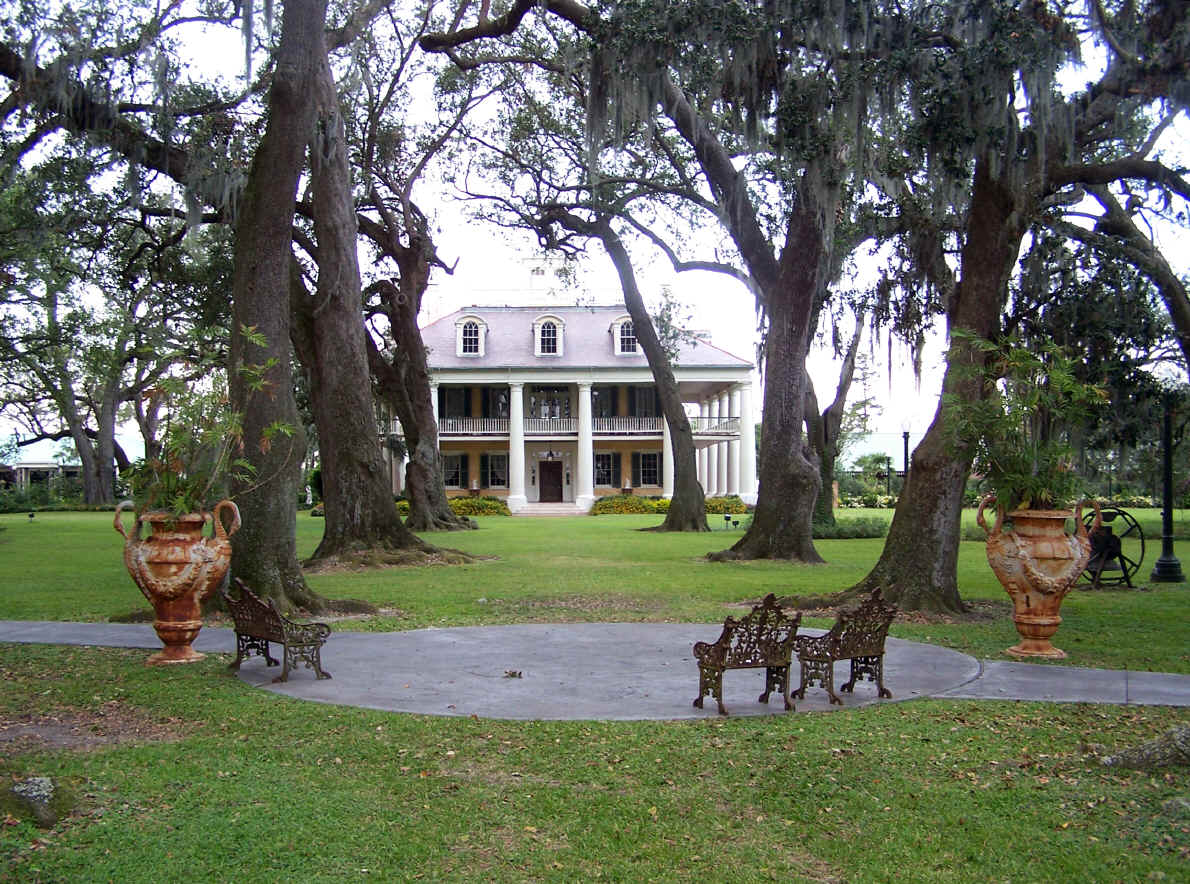
The Houmas House:
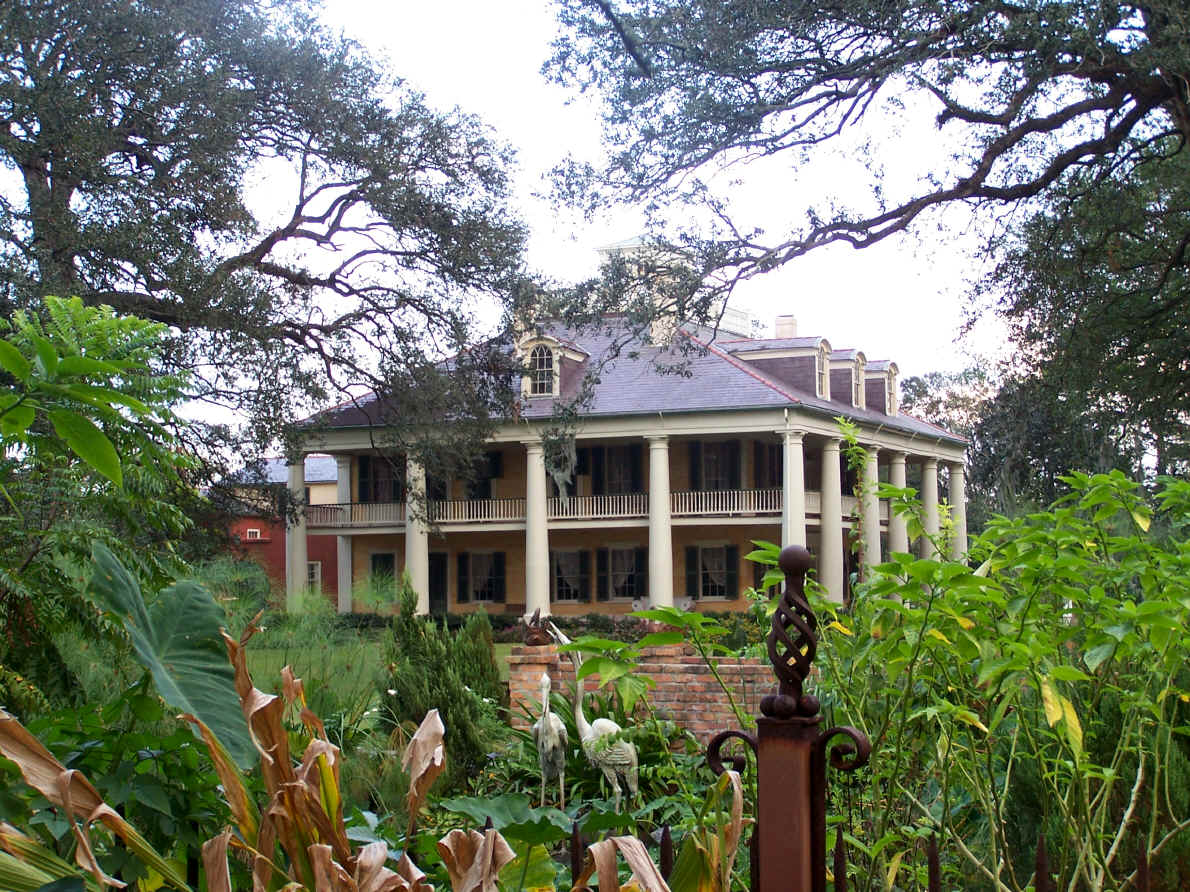
The largest antebellum
plantation house in the country -- Nottoway.
It was getting some maintenance work done on it here.
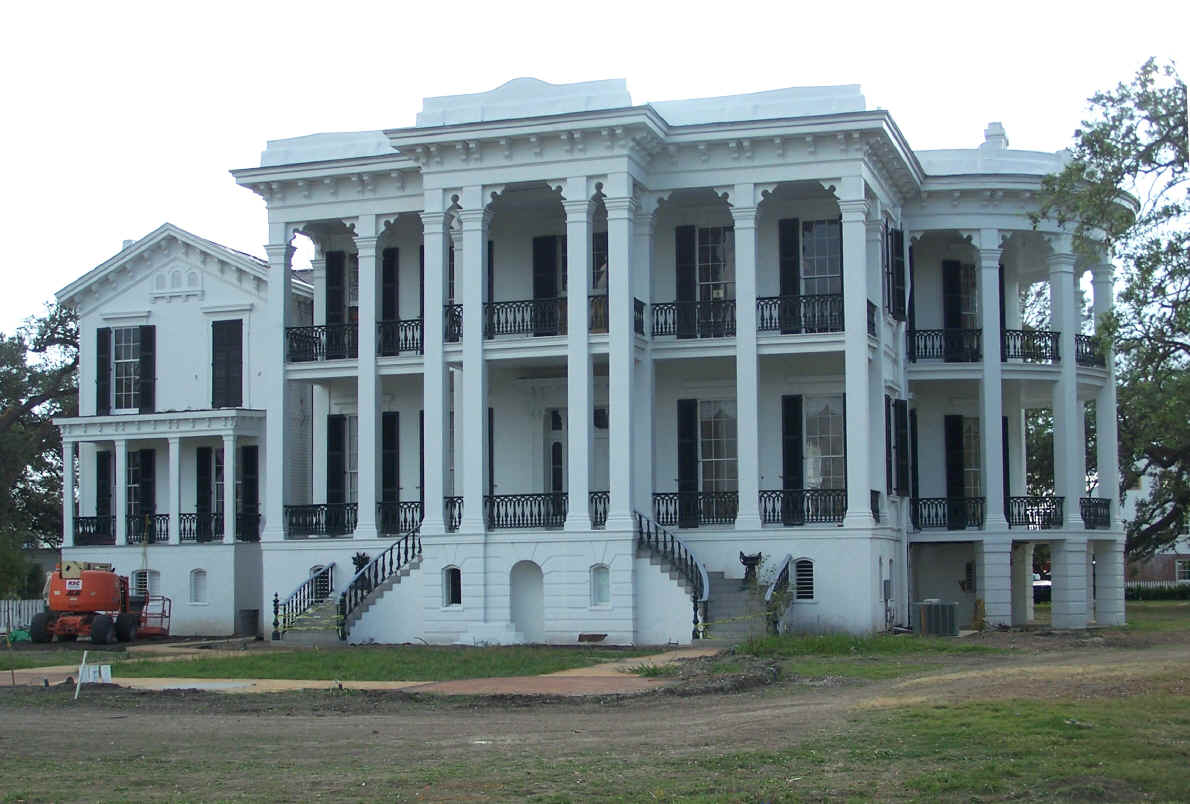
St. Louis Cathedral, in New
Orleans -- construction started in 1789:
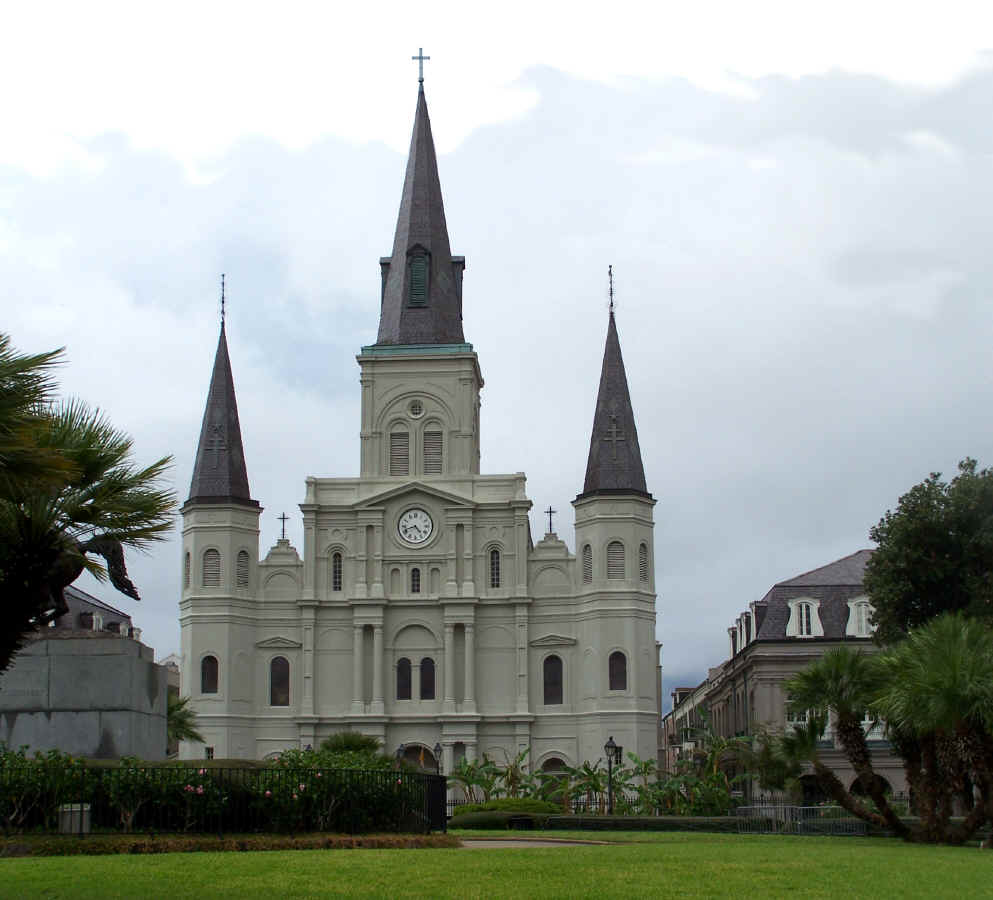
In the French Quarter of New
Orleans, famous for its buildings from the 1700's with their elaborate cast iron
railings:
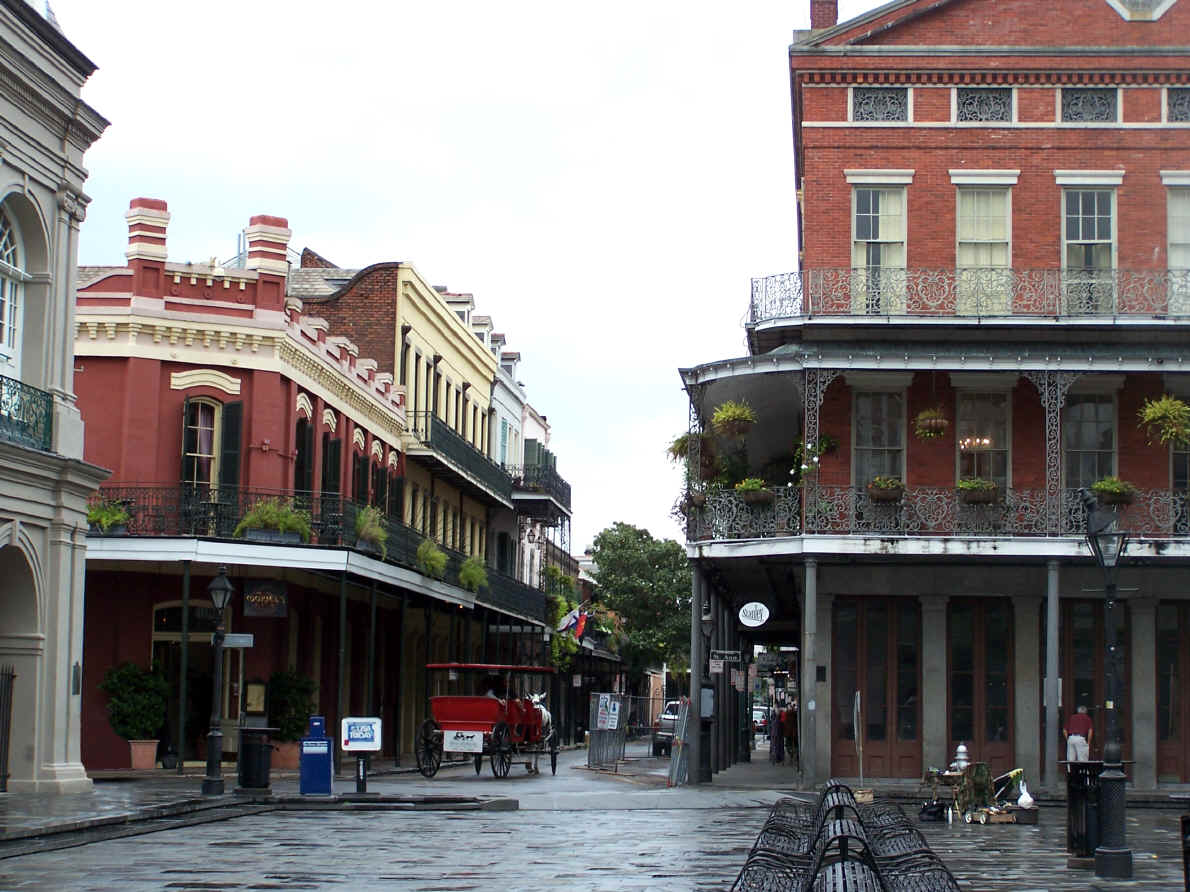
The little Place d'Armes Hotel
in the French Quarter:
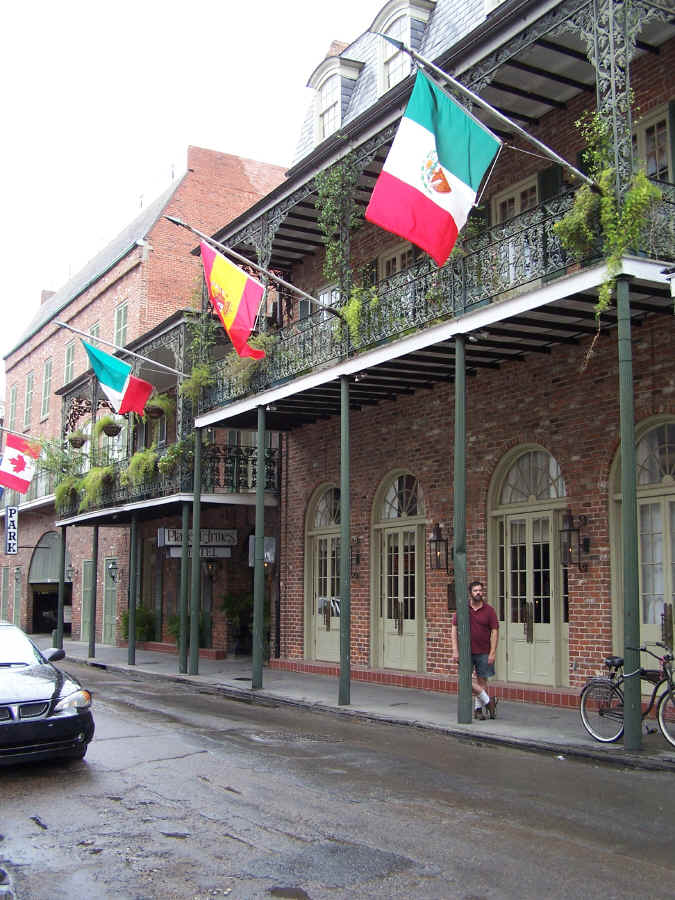
The most famous example of cast
iron rail work in New Orleans -- the Cornstalk Fence:
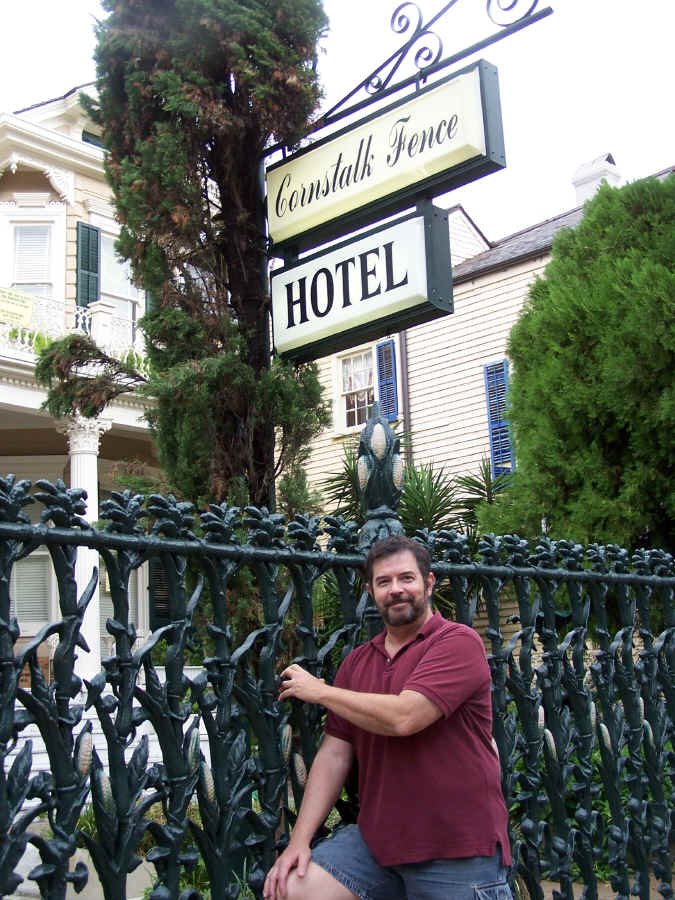
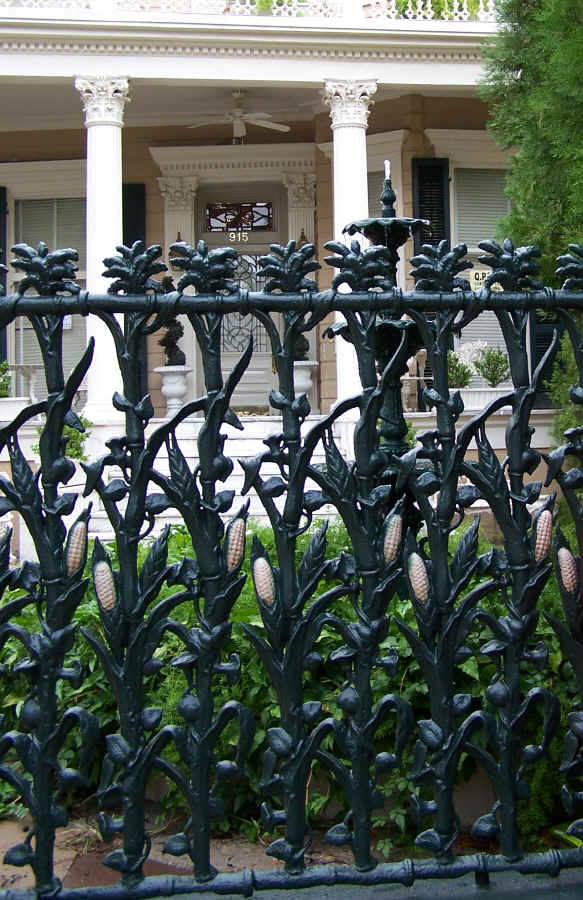
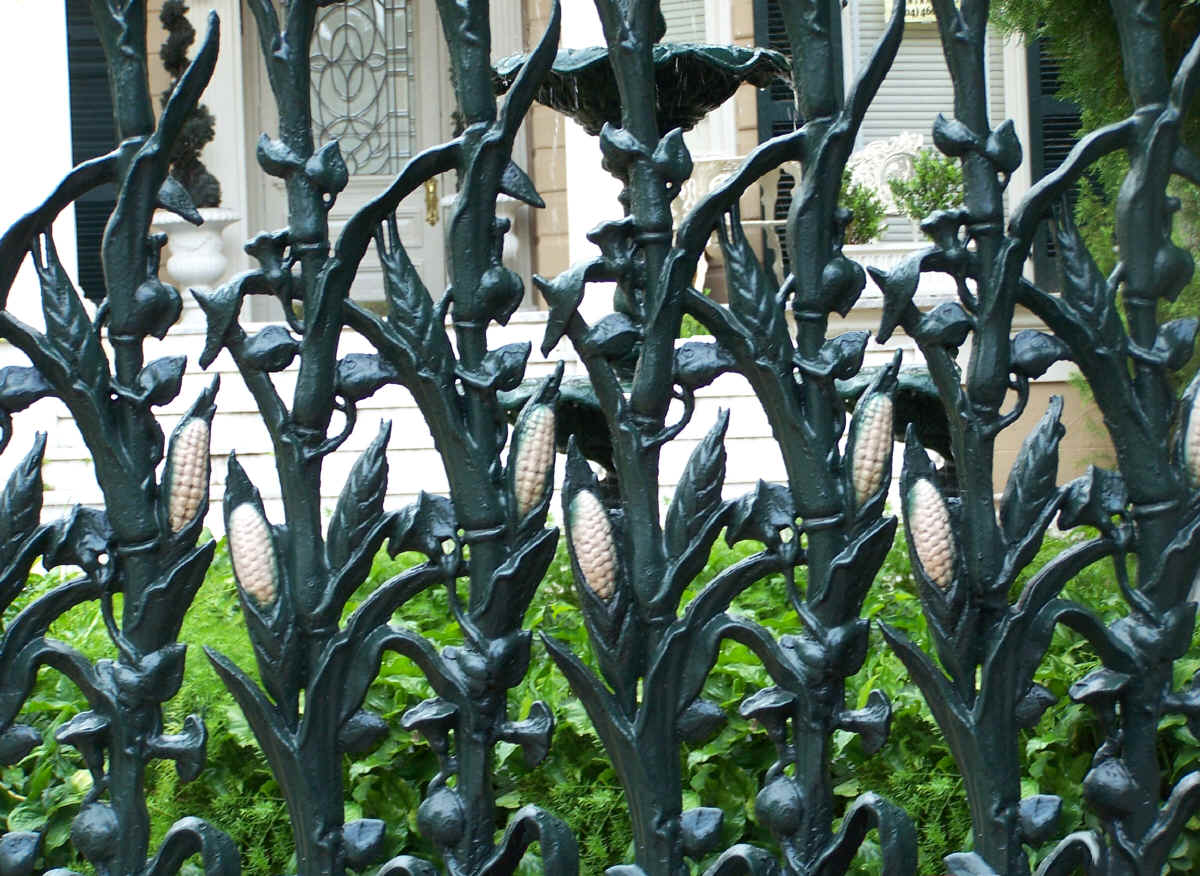
Cemeteries in New Orleans have
traditionally been above ground.
The early settlers found out that in the soft, swampy bayou land, things buried
underground tend to eventually work their way back to the surface!
These are tombs from the famous Metairie Cemetery:

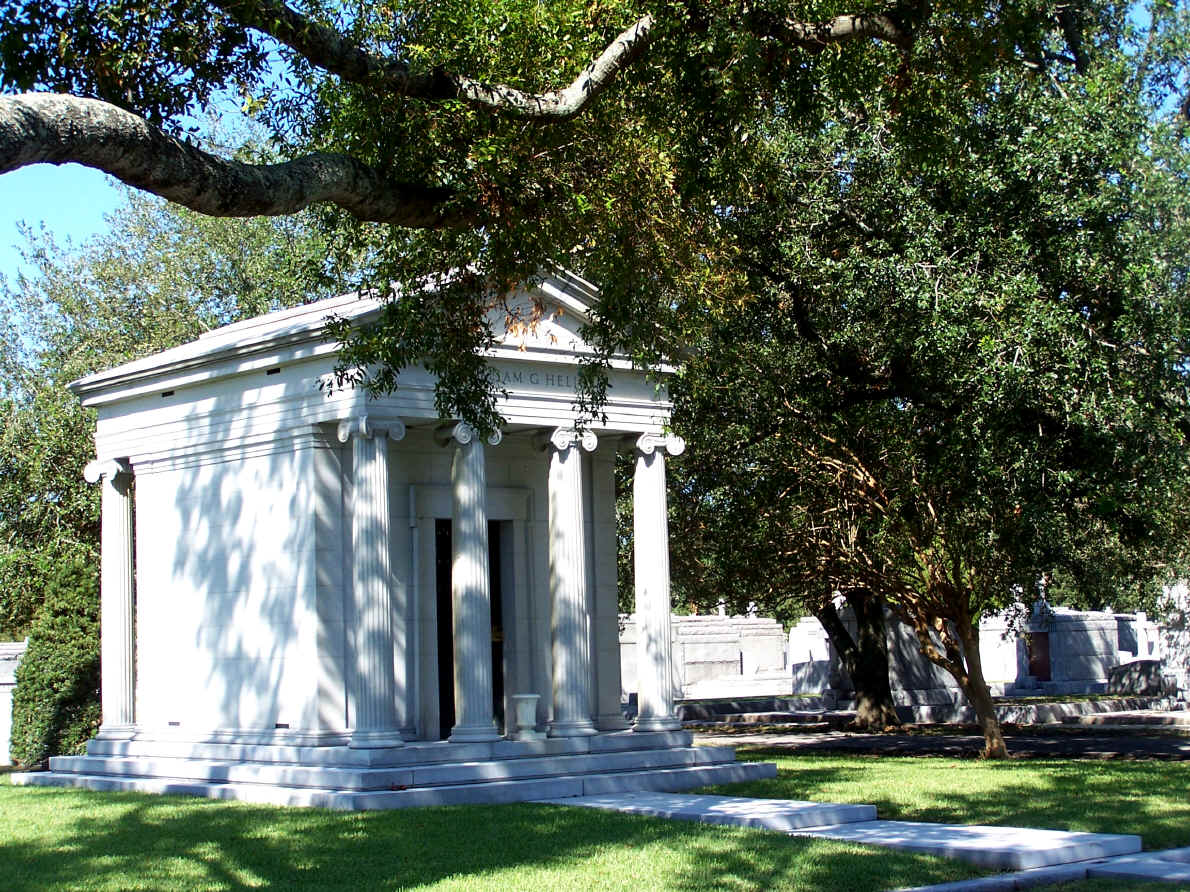
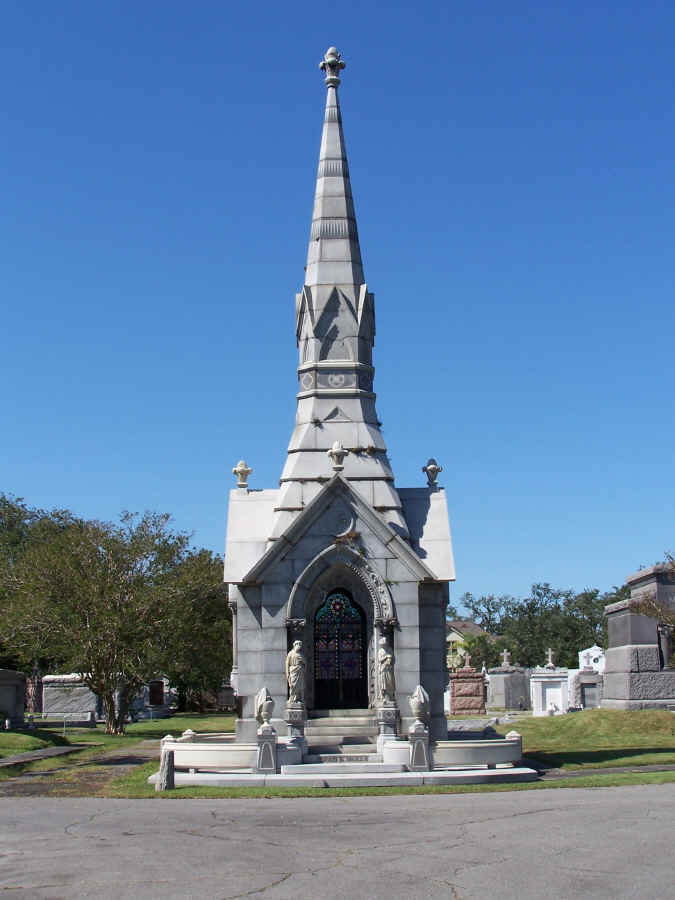
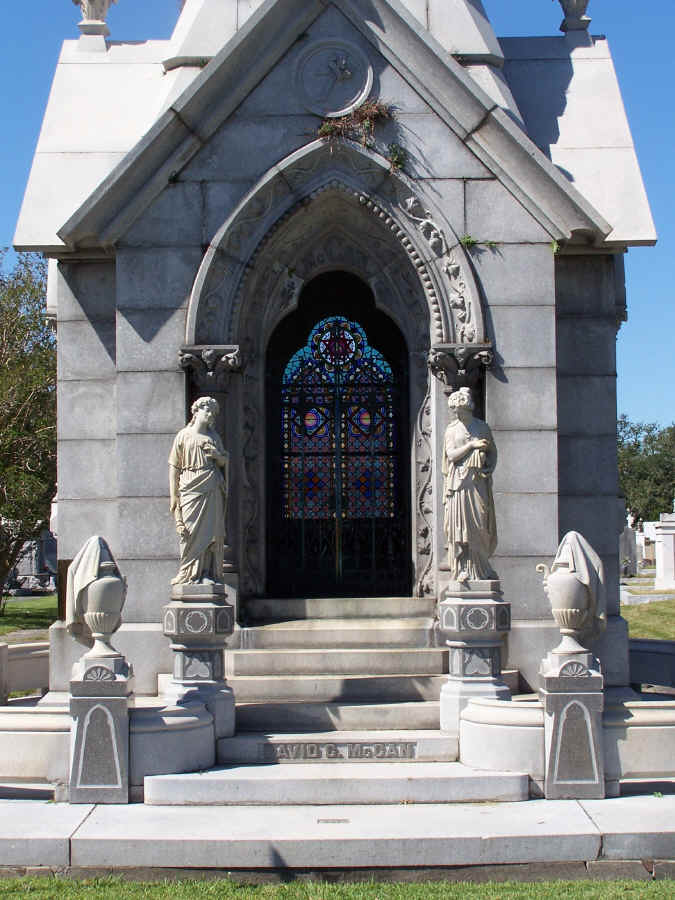
They still build them like they
used to.
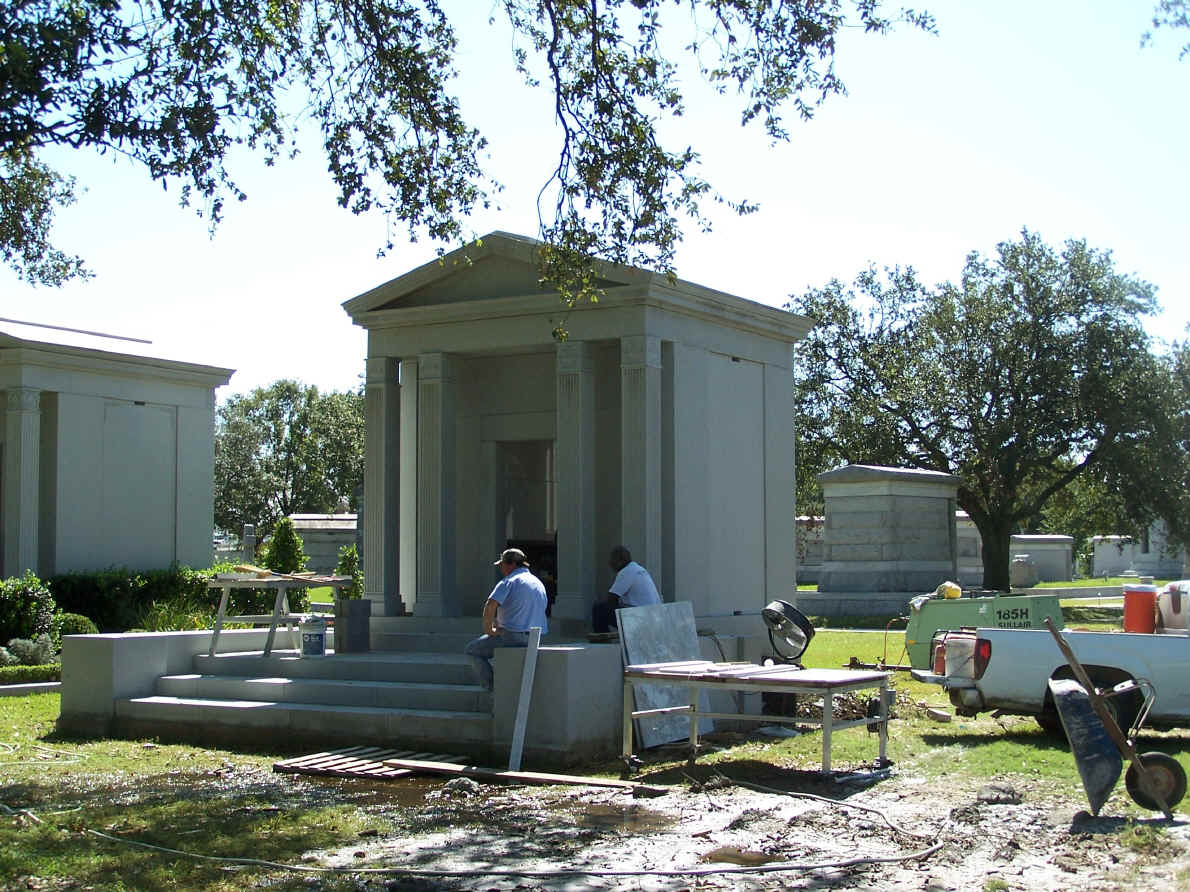
Lafitte's Blacksmith Shop on
Bourbon Street, New Orleans -- the oldest bar in America!
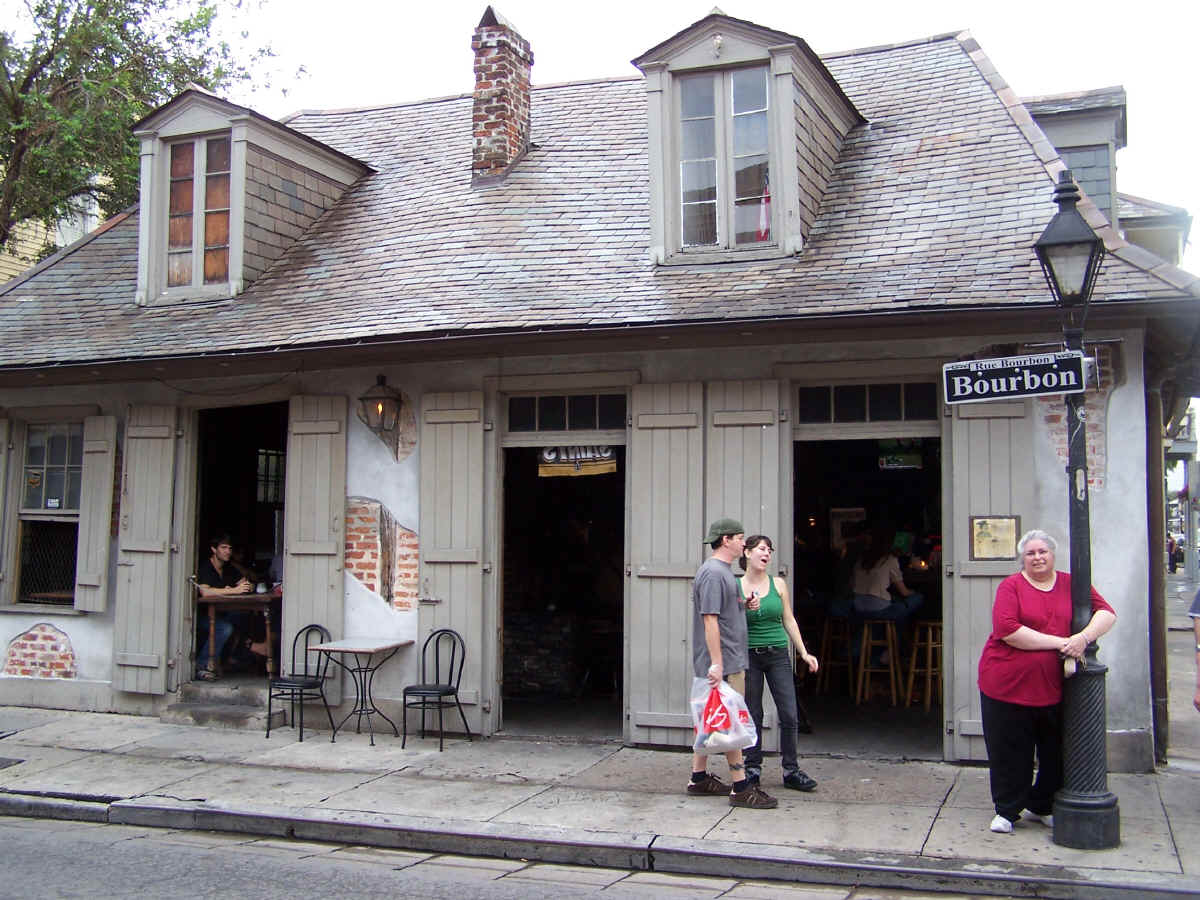
The trees have beards down
here....
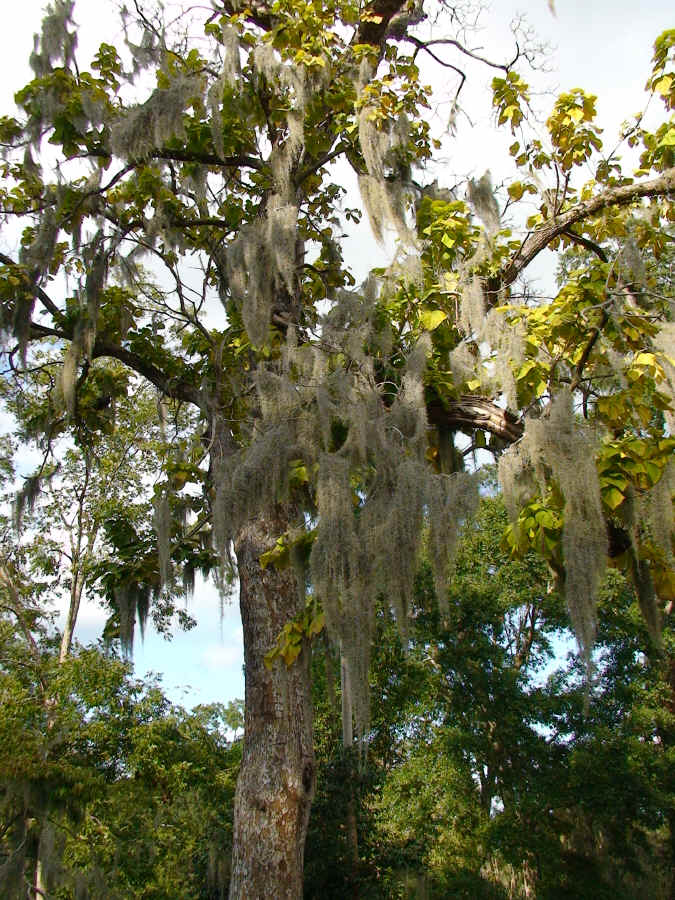
Pictures from Mississippi --
my home state!
The Mississippi capitol -- one
of the finest in the country:

Inside the Mississippi capitol:

The town of Natchez,
Mississippi, on the banks of the Mississippi River, was at one time the
fifth-richest town in America, because of the cotton trade.
It has more plantation houses and antebellum mansions than anywhere else in the
country.
This is one of my favorites, Melrose Plantation:
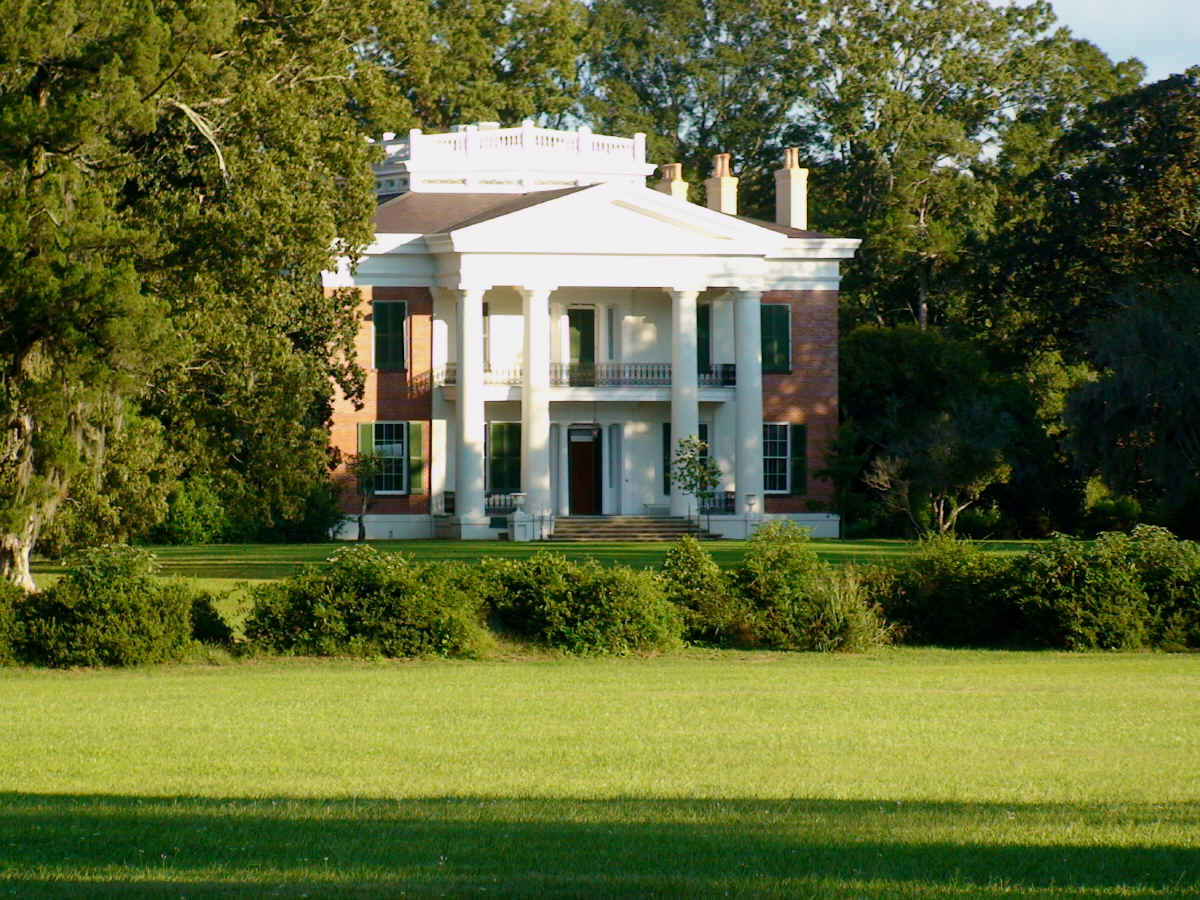
Melrose Plantation is one of the
most intact antebellum estates in the country, still having the furniture of the
original owners inside.
It is now owned by the National Park Service, as part of the Natchez National
Historical Park.
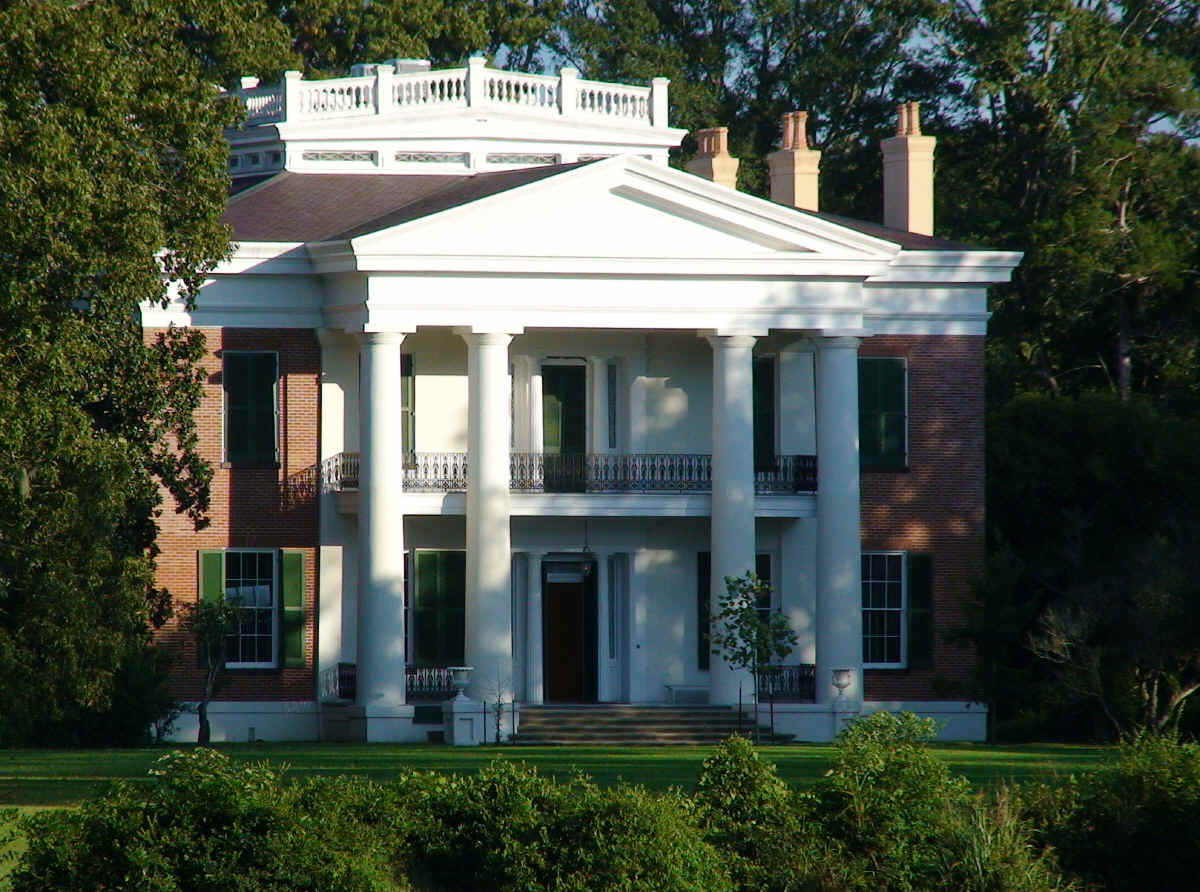
The largest house in Natchez is
Stanton Hall. It was not a plantation house, it was built as a grandiose
downtown mansion and occupies a whole block.
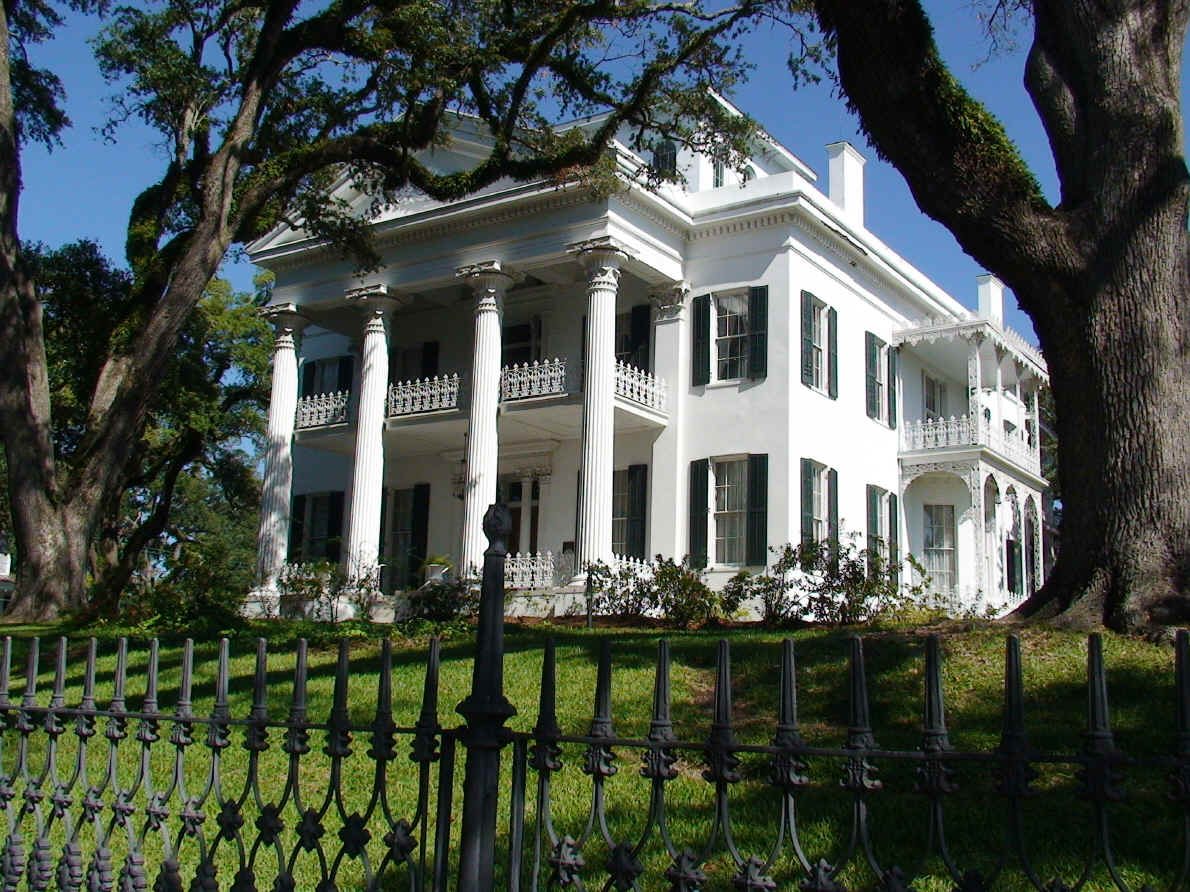
Stanton Hall has some fine cast
iron railings too:
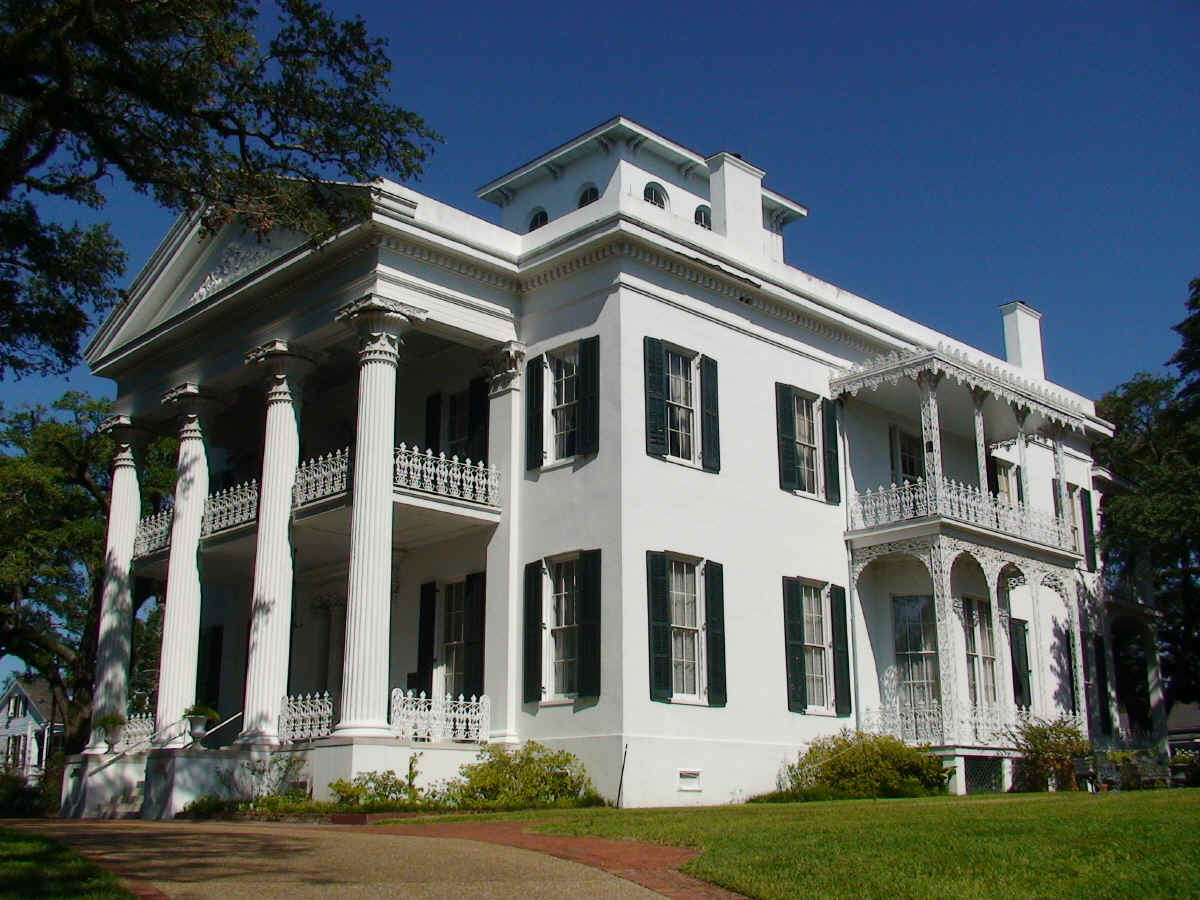
The term "antebellum"
is not a particular style of architecture.
The word simply means "before the war" in Latin -- meaning the Civil
War in this case, which started in 1861.
Stanton Hall was built from 1852 to 1857 for Frederick Stanton, a cotton
merchant.
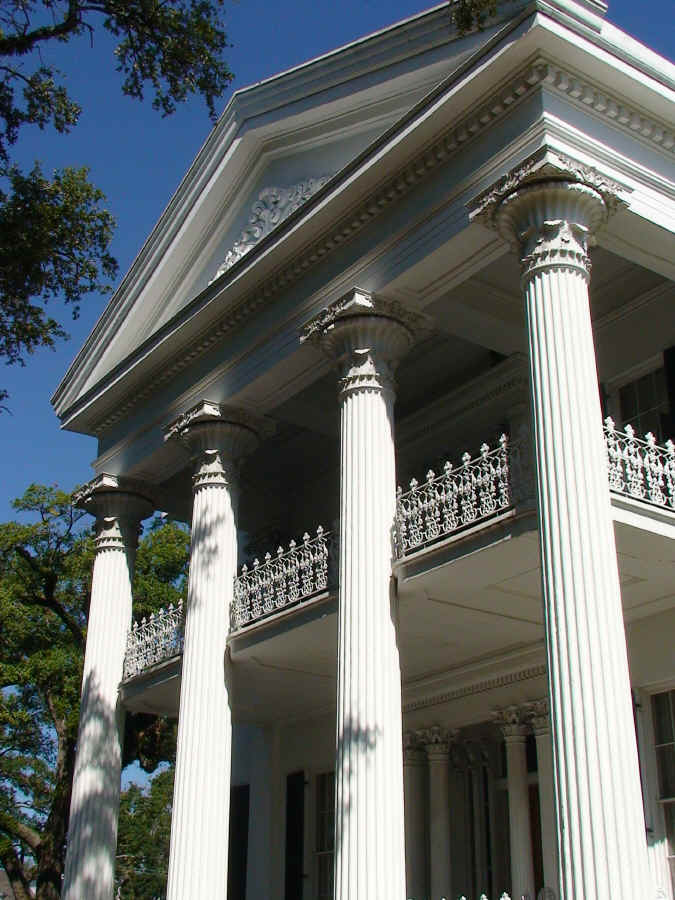
Auburn House in Natchez, from
1812 -- a typical example of Greek Revival architecture, the preferred style for
southern mansions.
Its builder, Lyman Harding, the first Attorney General of Mississippi, intended
it to be "the most magnificent house in the state" at the time it was
built.
: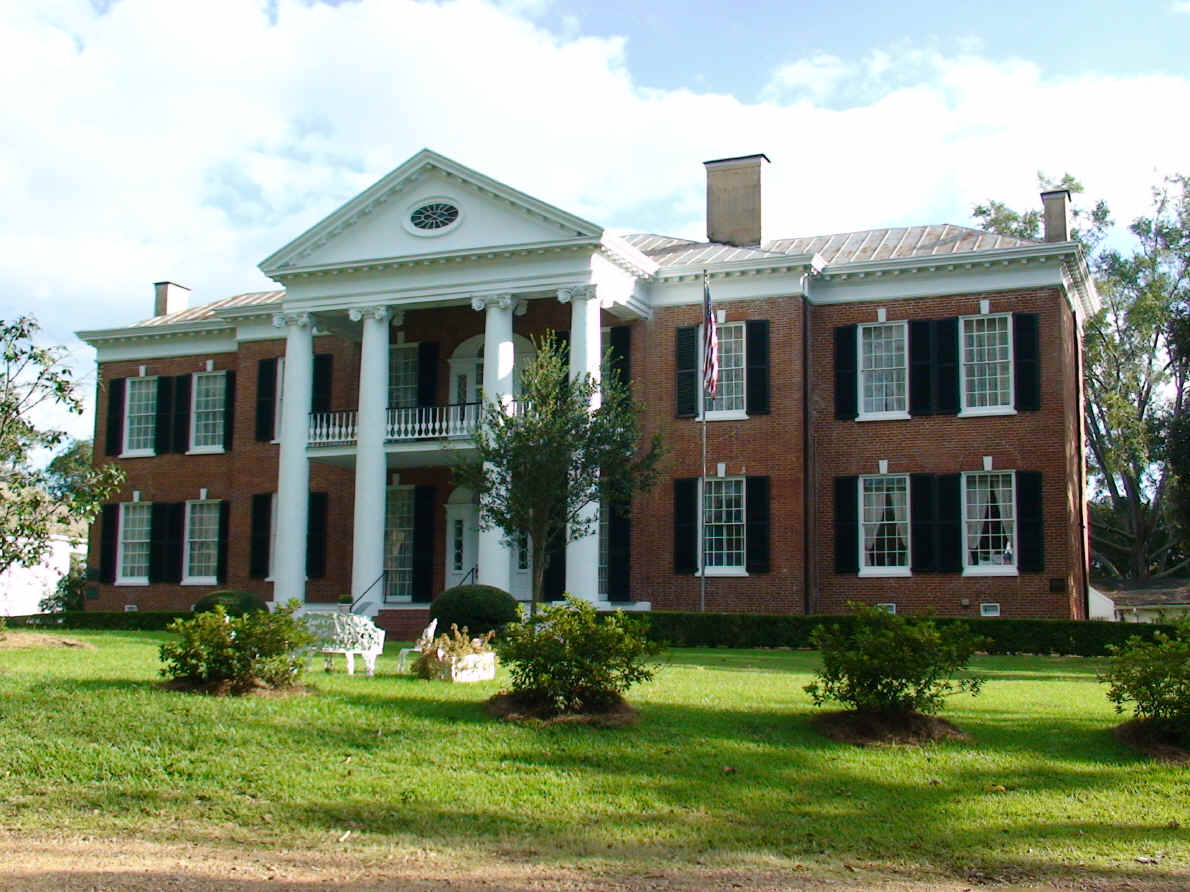
Dunleith, in Natchez -- one of
the grandest Southern plantation homes of all:
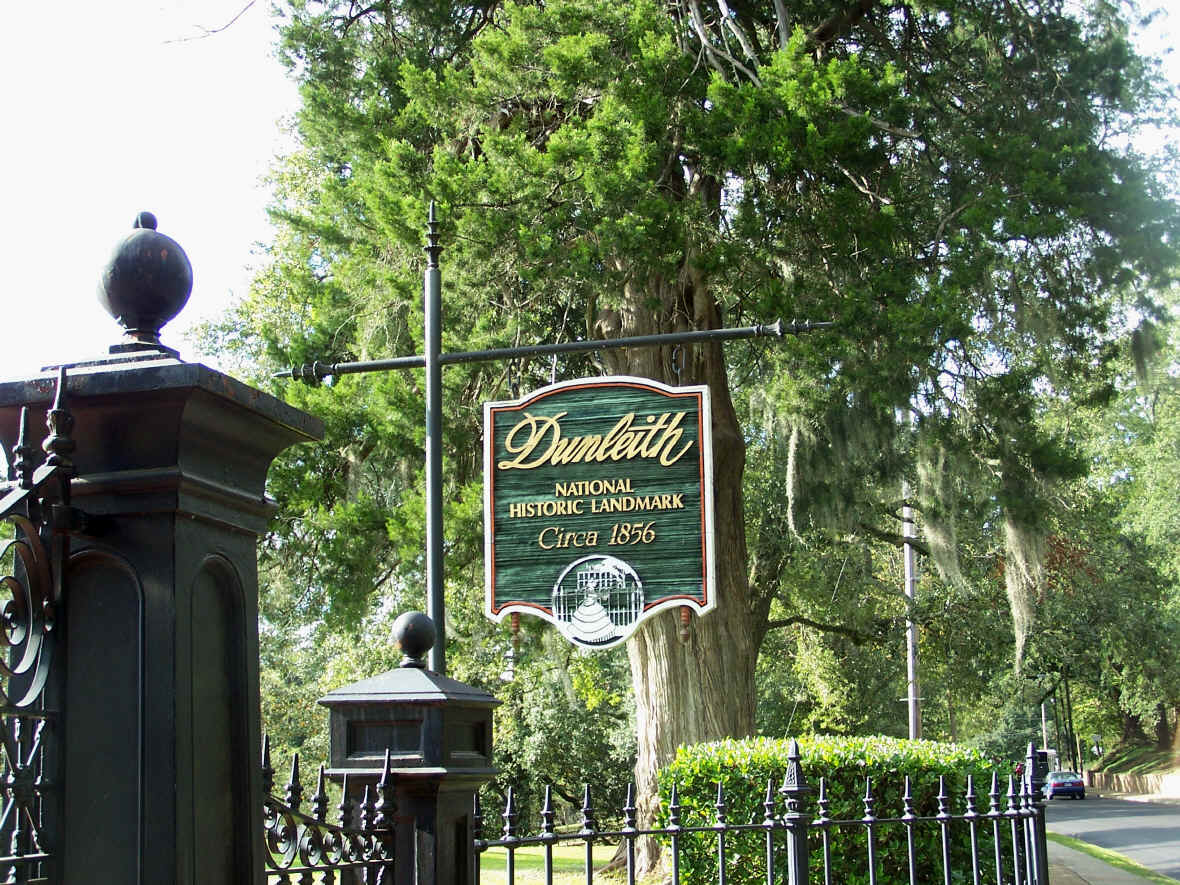
It is the only antebellum house
in the state with columns on all four sides:
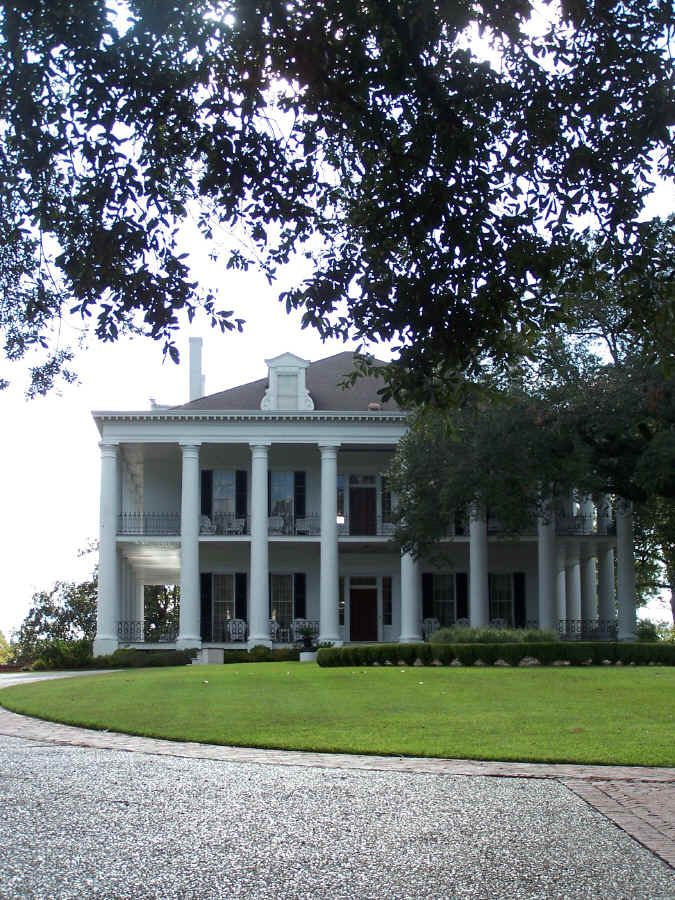
This is a side view:
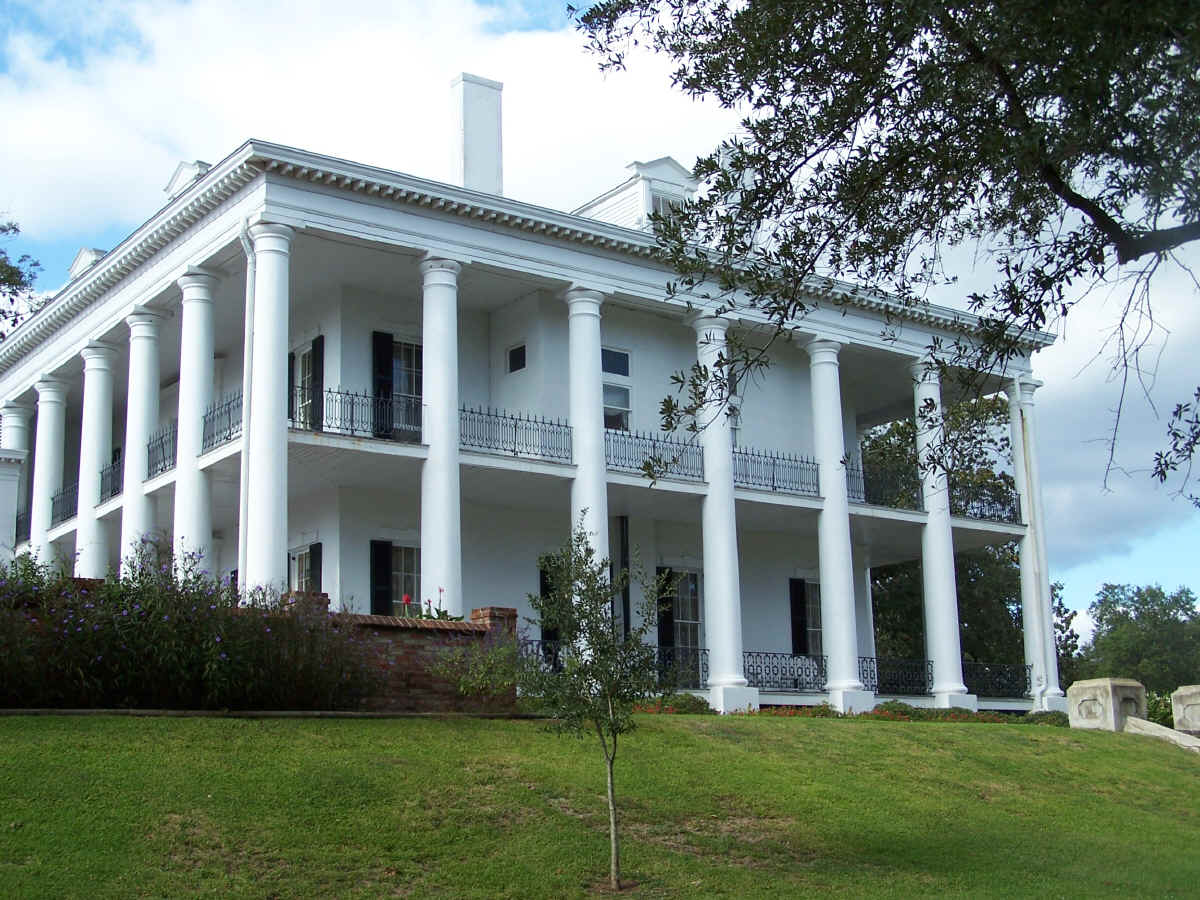
Choctaw House, in downtown
Natchez -- constructed in 1836:
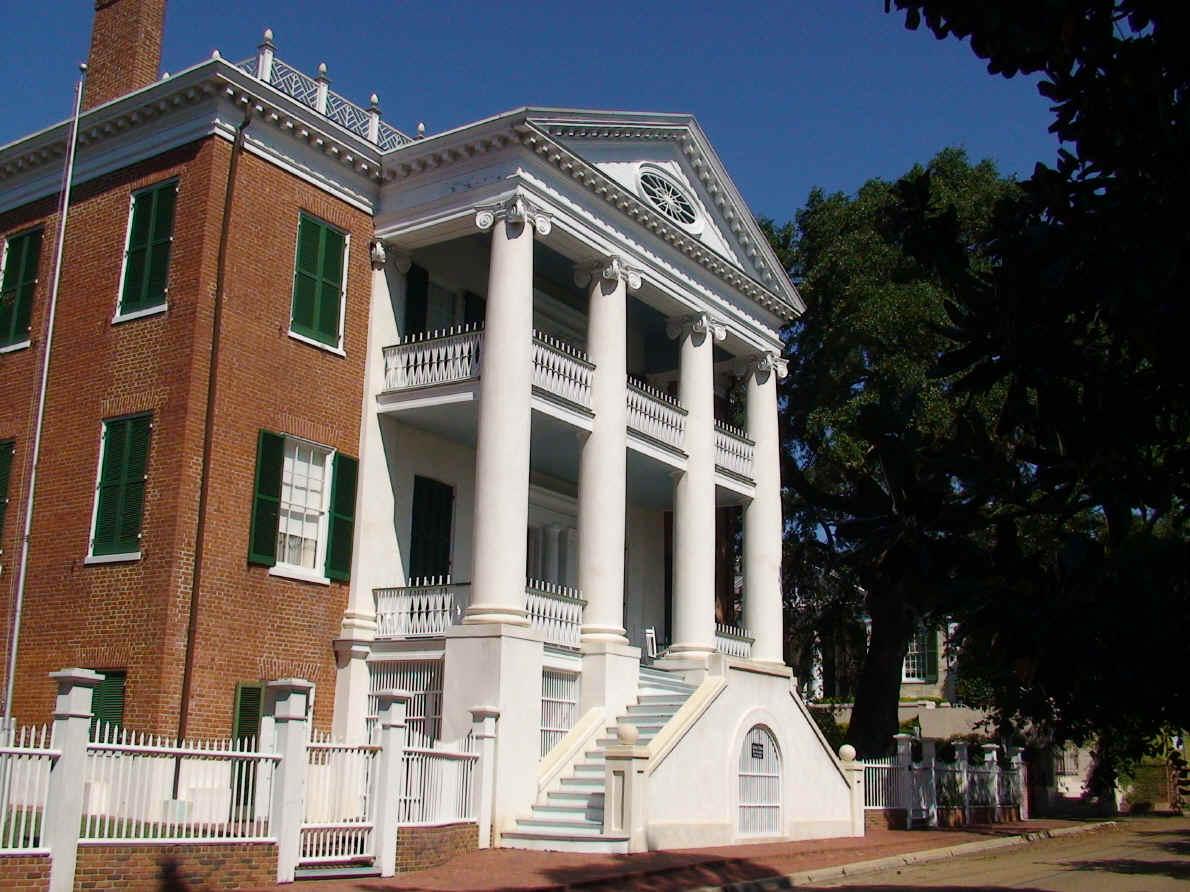
Magnolia Hall, Natchez -- from
1858
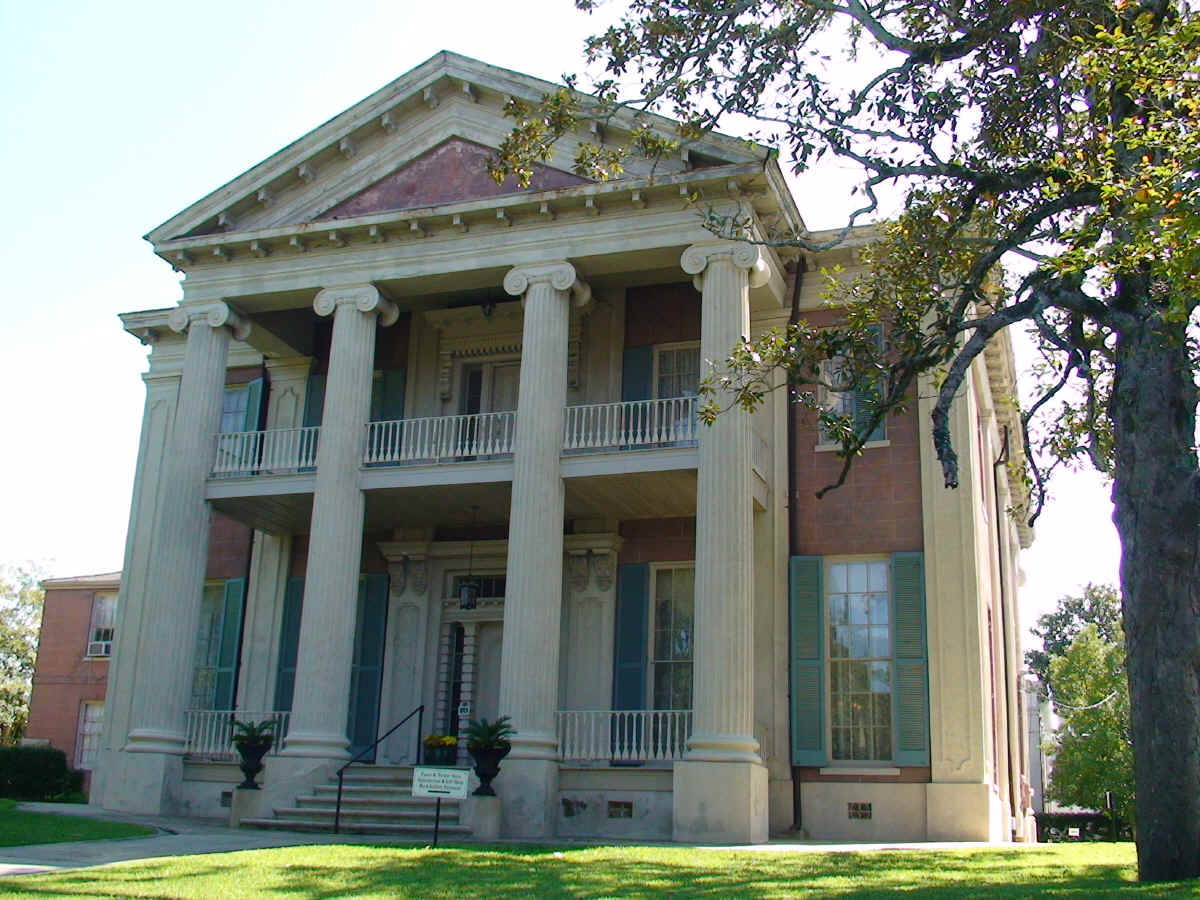
Cherokee House, Natchez, from
1836:
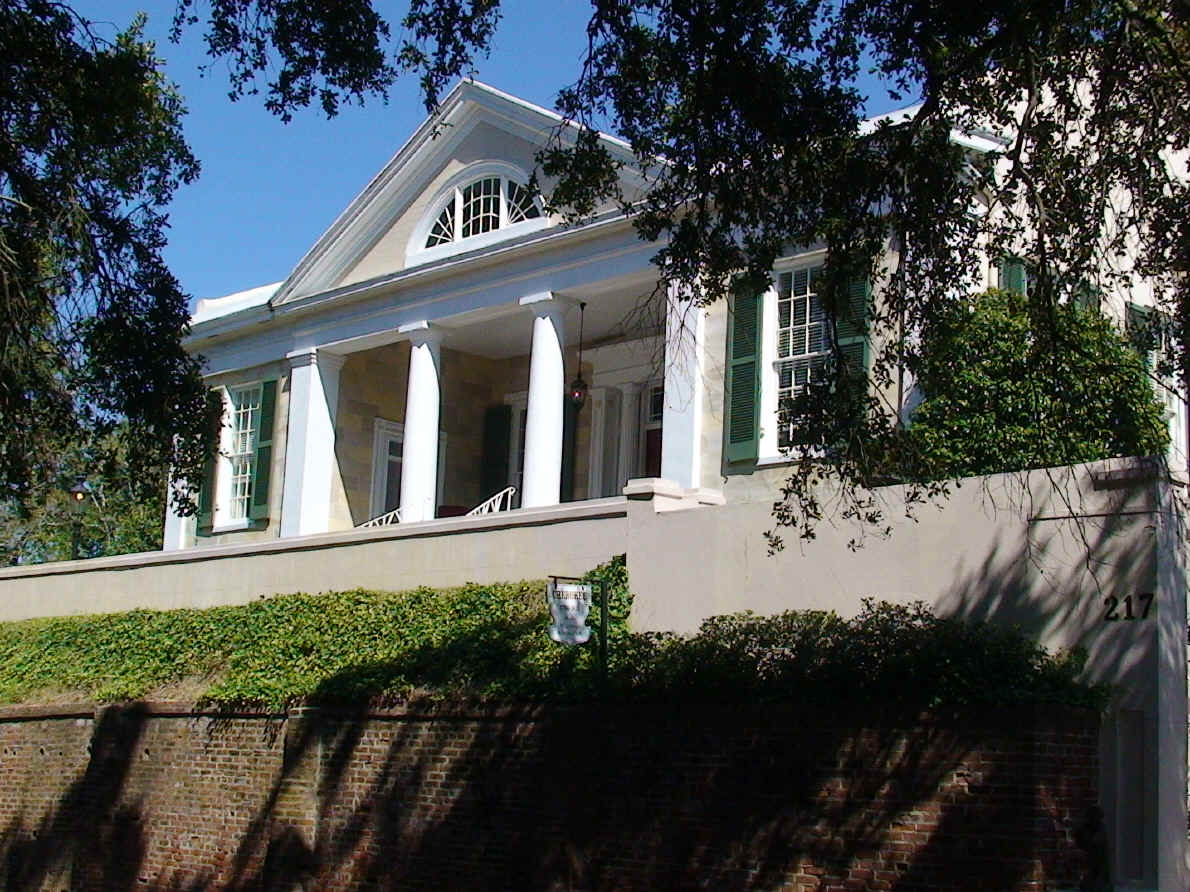
The most famous, amazing, and
original plantation house of all -- Longwood.
It is the largest octagonal house in the country.
Longwood was the dream of Haller
Nutt, a cotton broker.
There is nothing whatsoever that is traditional about this house, it is unlike
anything else in the country.
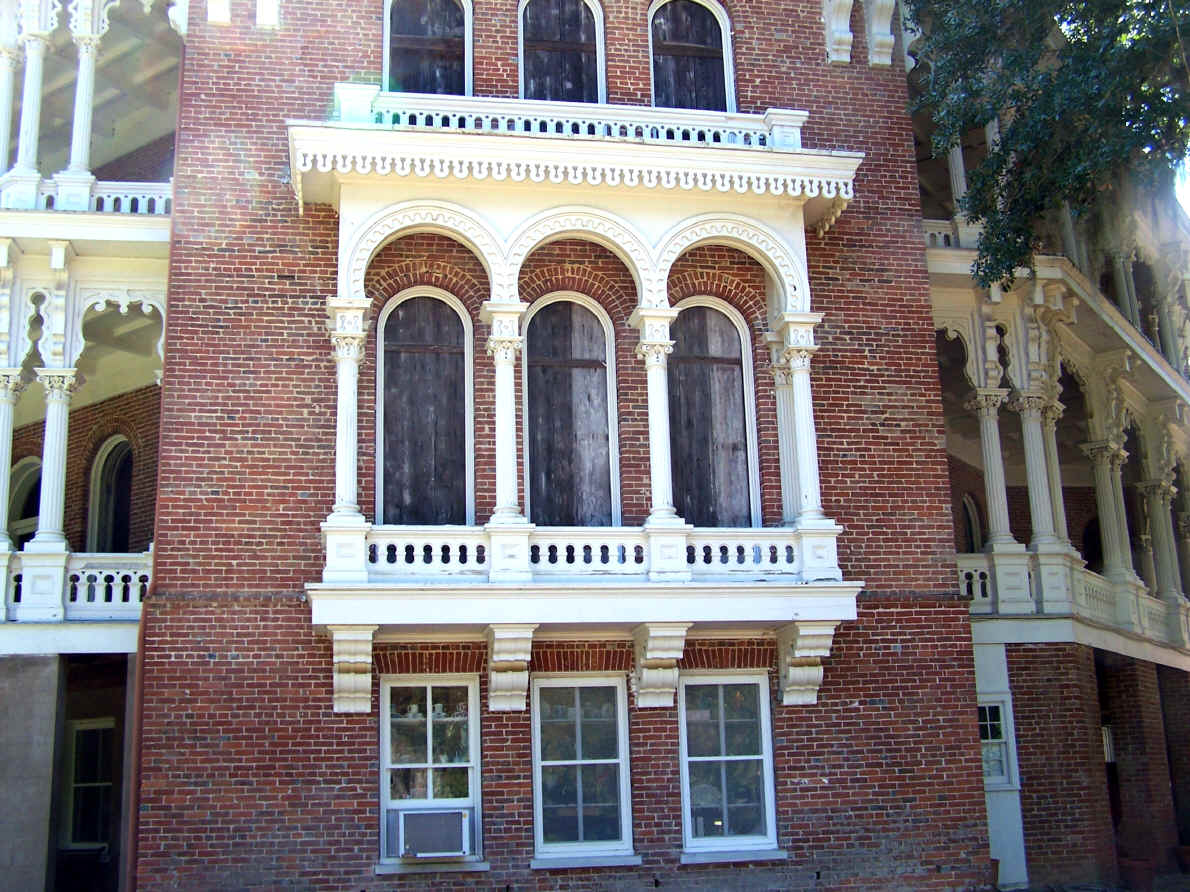
A view from one of the many
verandas, with its wooden columns:
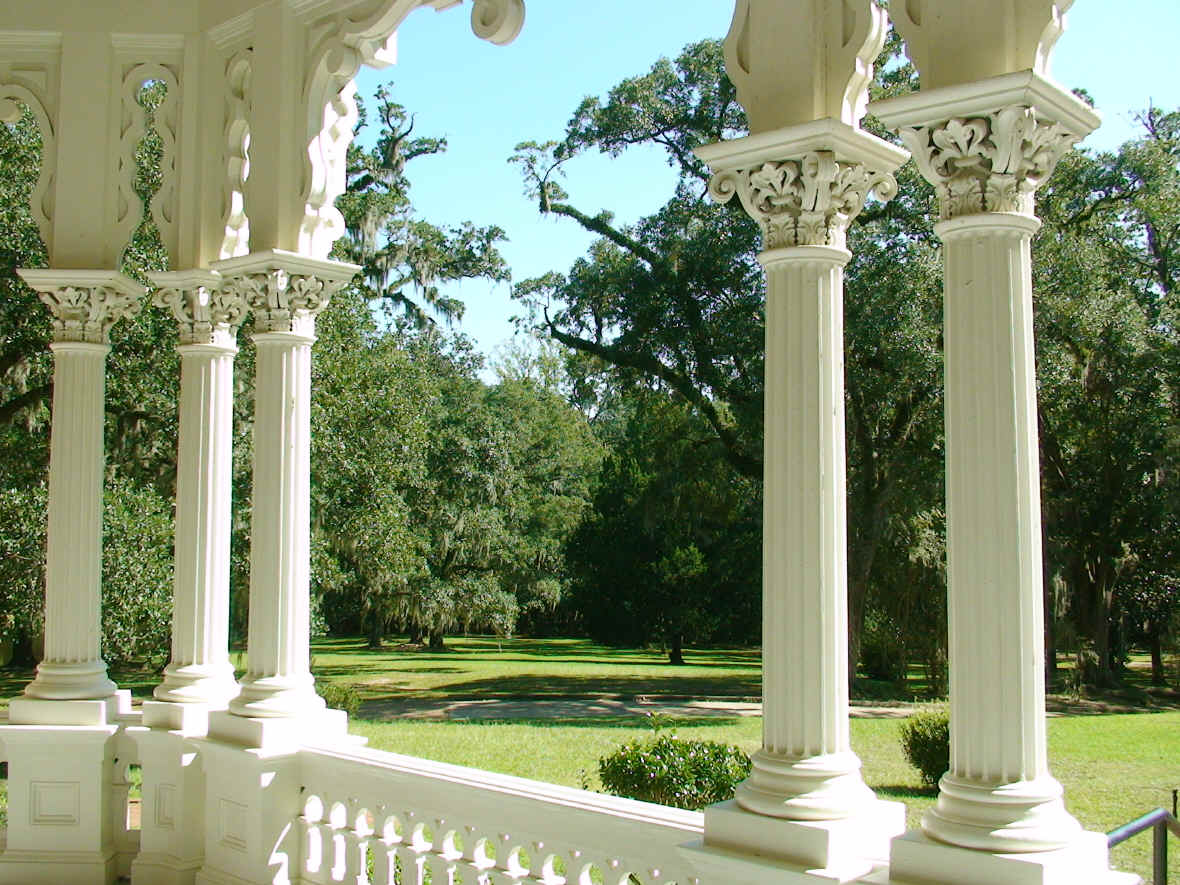
Another view of the front:
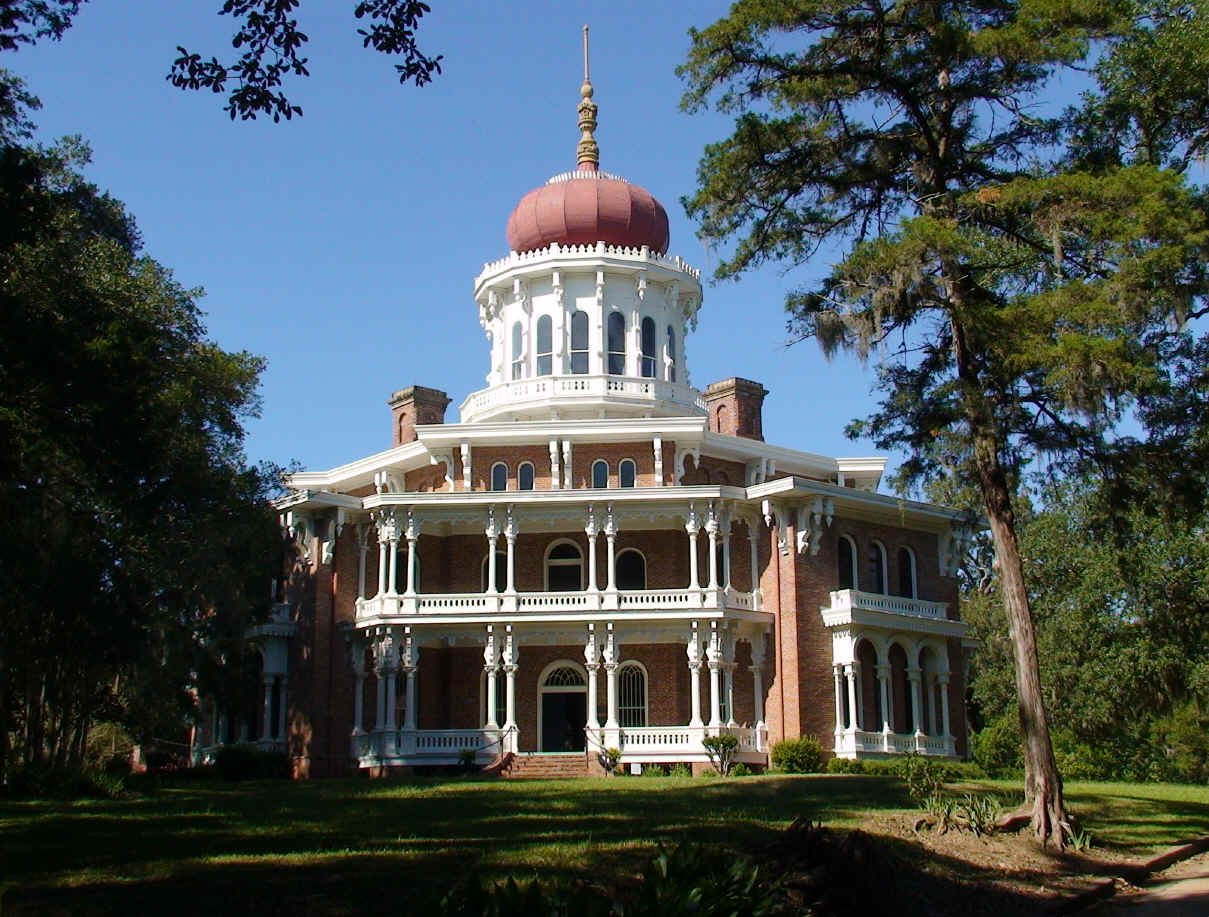
Haller Nutt was a cotton
planter, with extensive land ownings just across the river in Louisiana.
His dream was to have the most amazing house in the South, even though the
locals called it "Nutt's Folly".
But like most dreams, it didn't quite come true.
The house was to contain 32 rooms in all. A plan of the first floor:
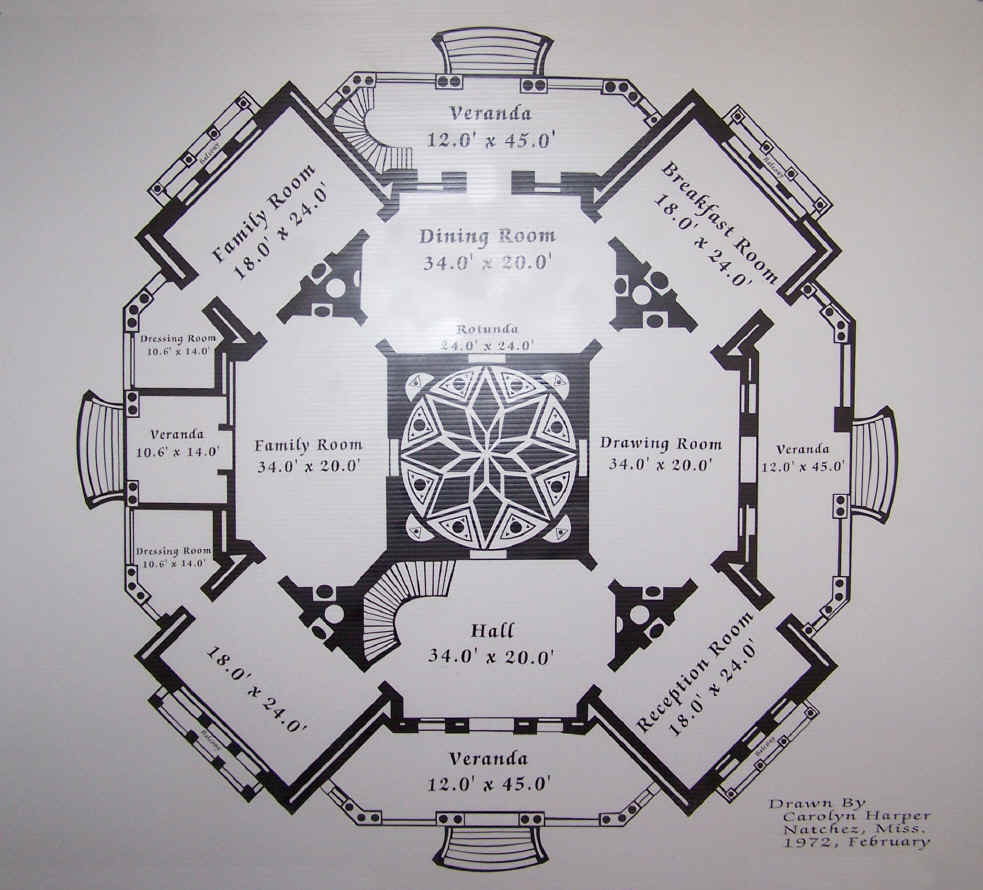
Construction started in 1859,
but was halted forever just two years later with the start of the Civil
War. It will never be completed.
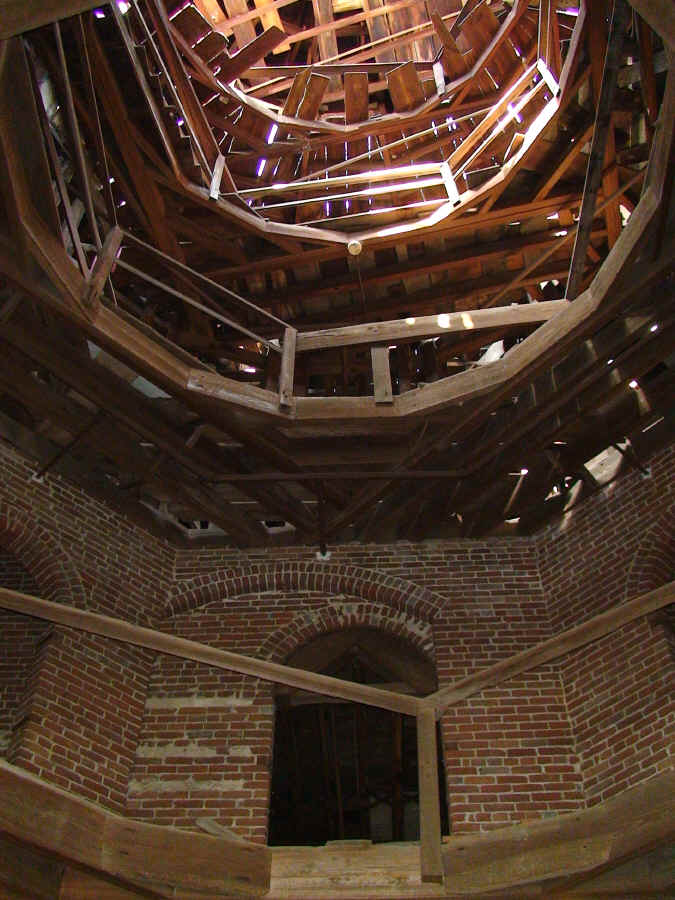
The bricks were manufactured
on-site by slaves. Many bricks required unique shapes, such as rounded
sides or seven surfaces:
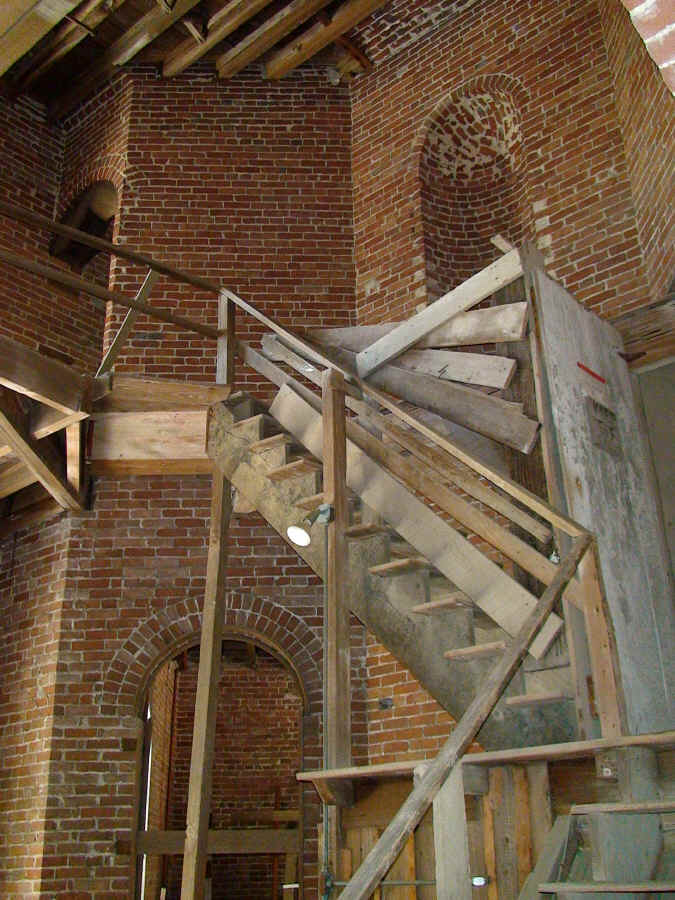
A view looking straight up the
dome.
Indirect lighting was to be provided by large mirrors in the dome, reflecting
sunbeams to smaller mirrors to light the interior rooms below.
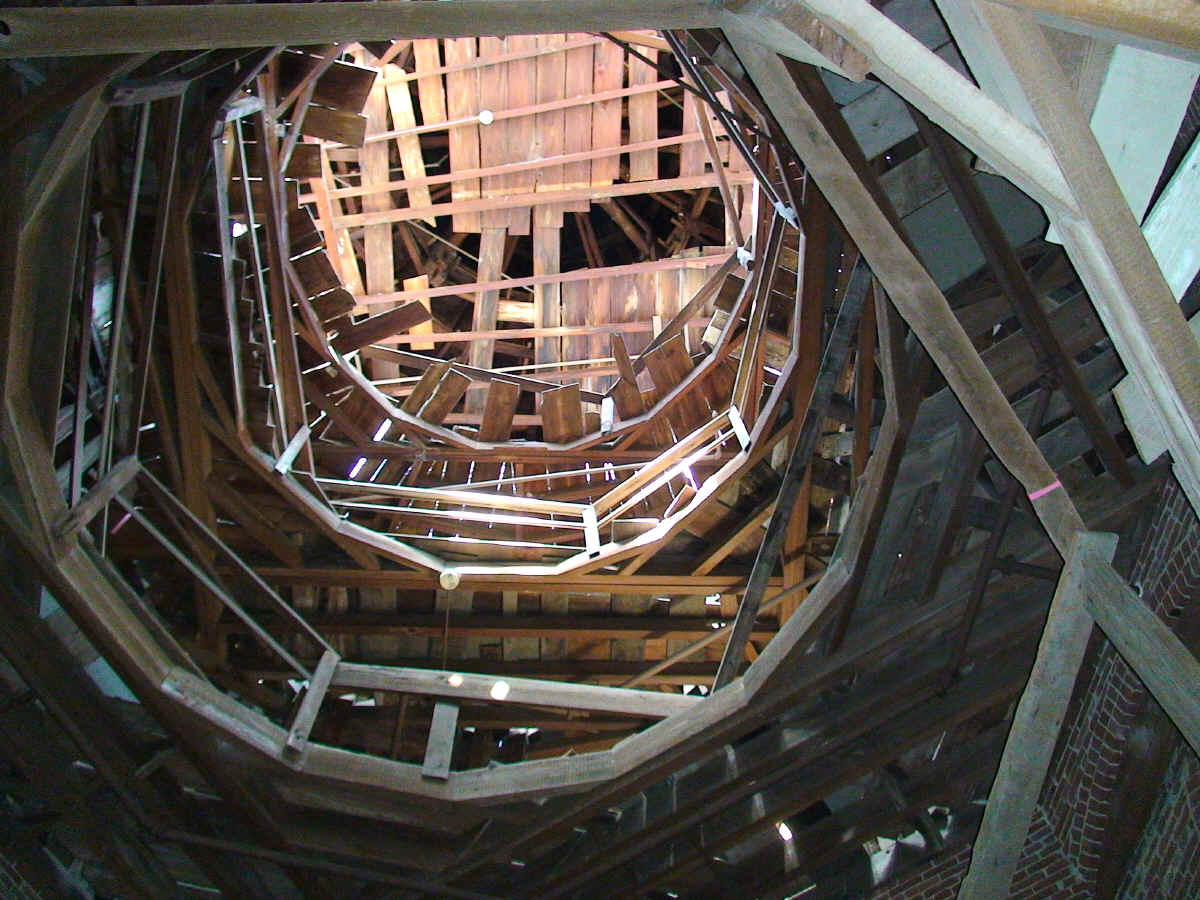
In order to get the finest
craftsmen, Haller Nutt hired them from the Northern states.
But as soon as the war started, they abandoned their tools and their pots and
barrels of paint, and fled back to the North, never to return.
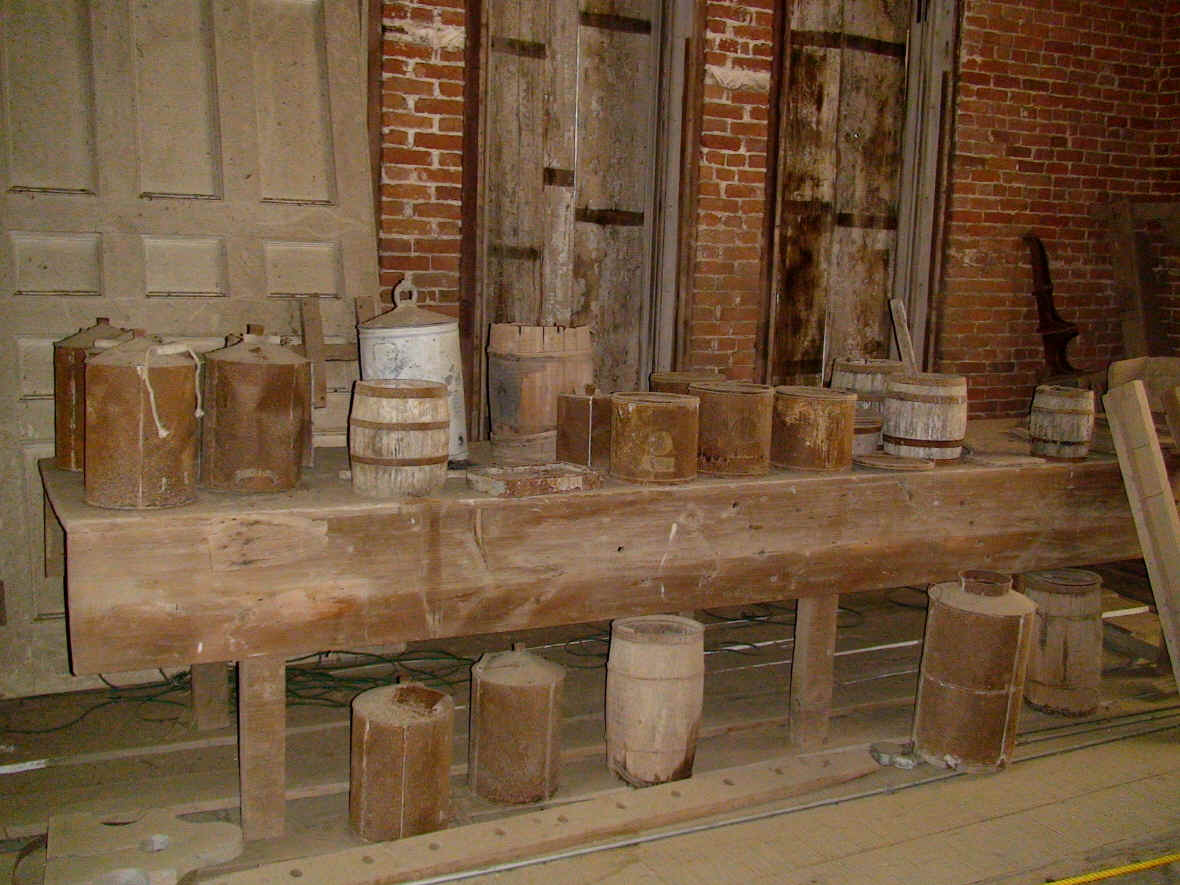
The workmen's tools have been
sitting where they were left for over 150 years now:
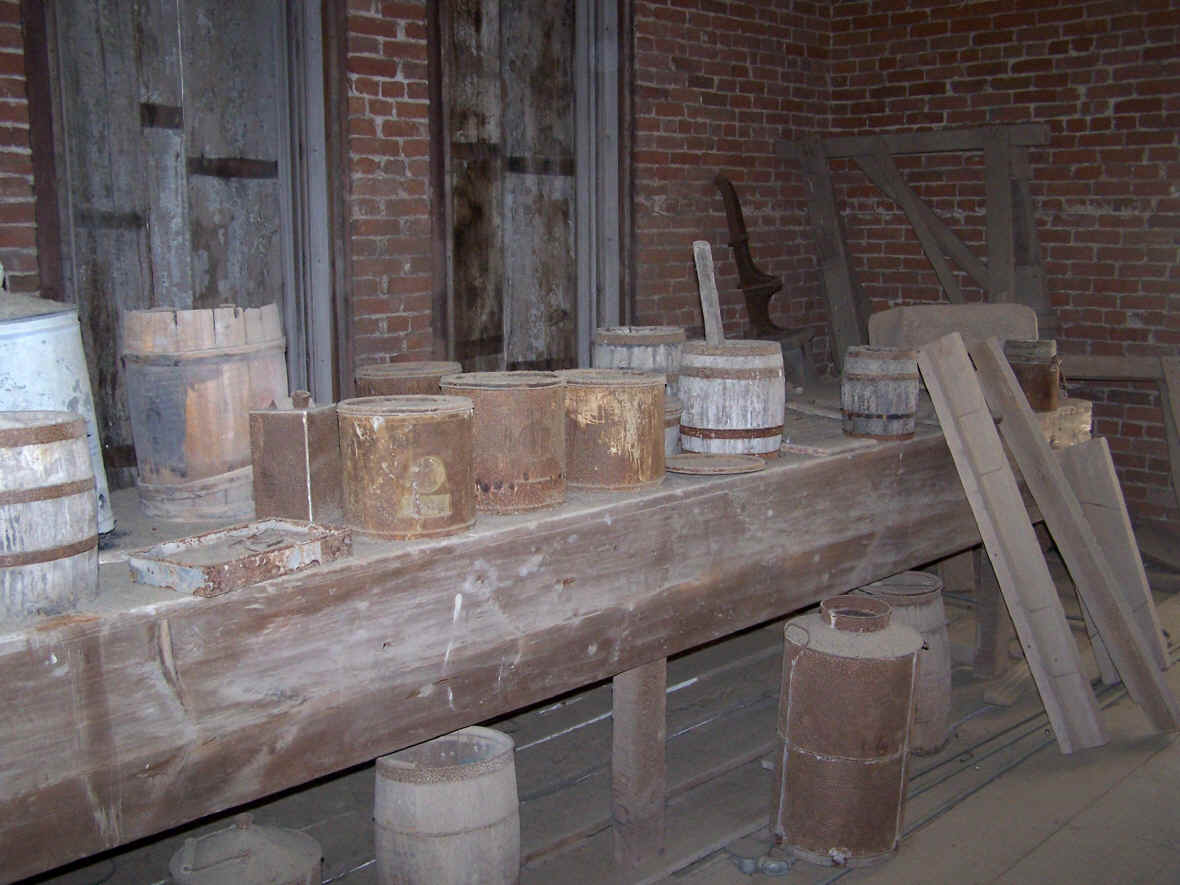
This is the heavy shipping box
that Haller Nutt's grand piano was shipped in from New York.
Stieff was considered a very fine brand of piano before the Civil War.
Many elaborate furnishings, mosaic floors, marble mantels and statues were on
order from France, England, and Italy.
Most were seized en route on the high seas during the war. Today some of
these items meant for Longwood are in national museums.
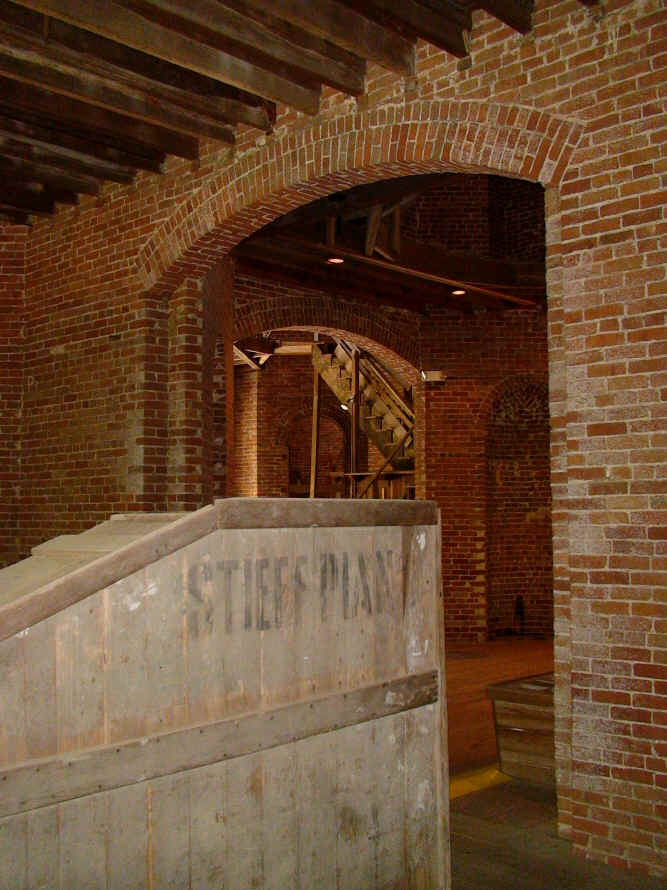
The slave quarters behind the
main house were much nicer than most:
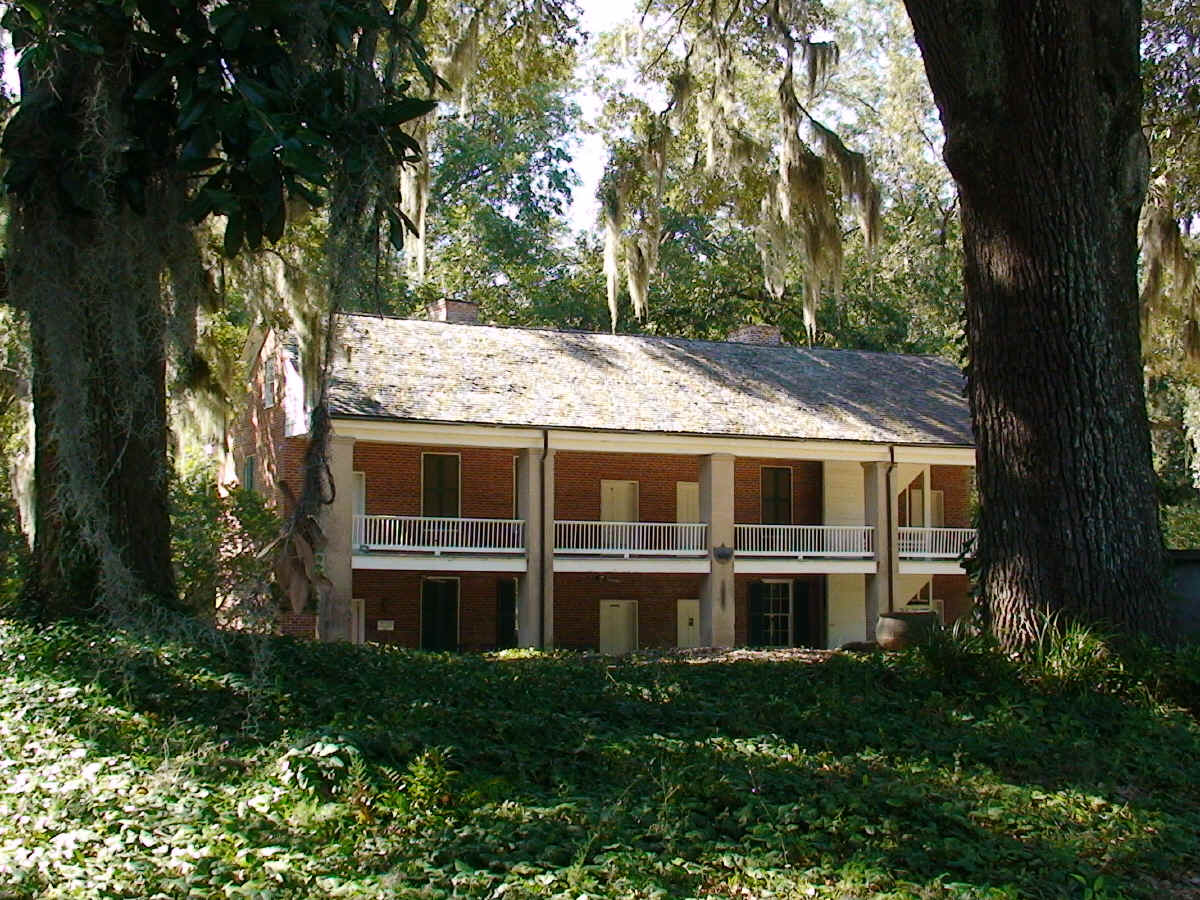
Haller Nutt lost almost
everything during the Civil War, his land, his business, his slaves, his dream.
He pretty much died of a broken heart, in 1864.
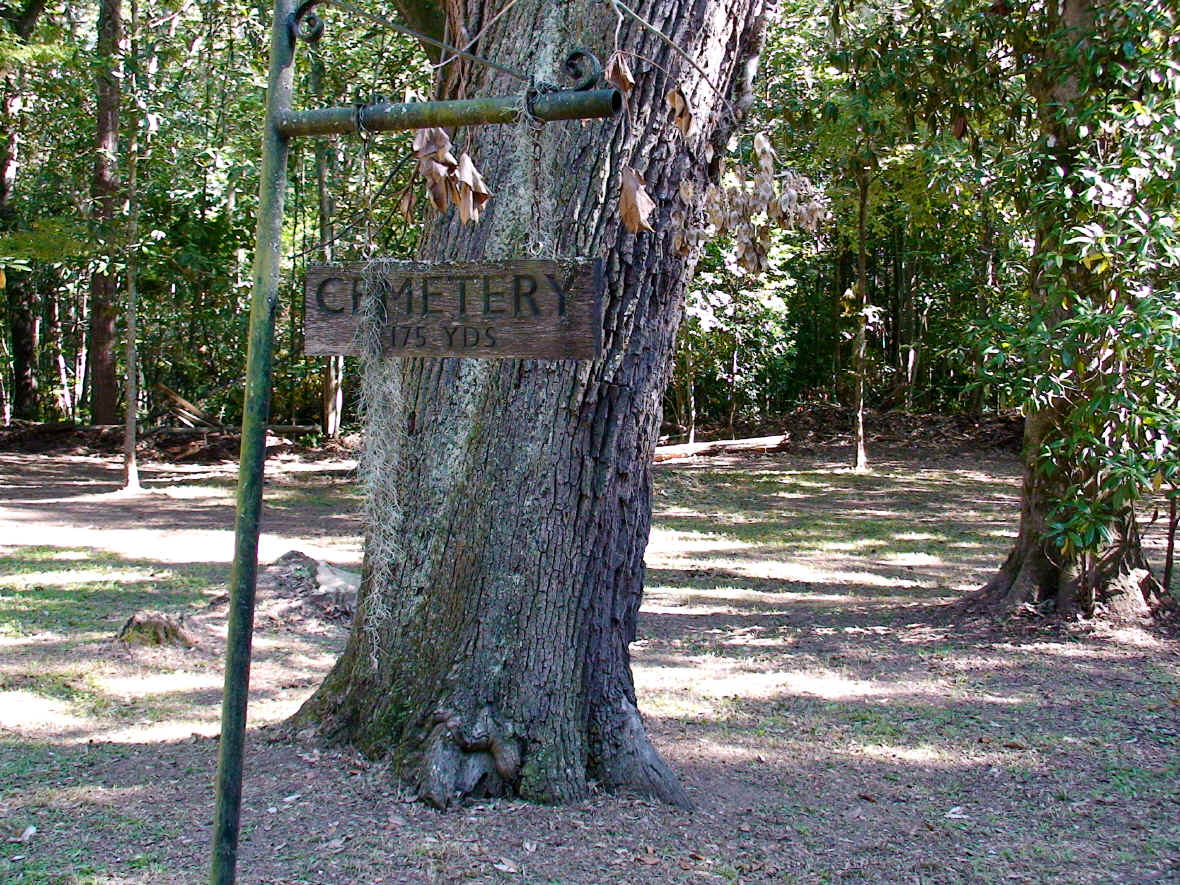
His grave is on the property not
far from his exotic mansion. To the right is that of his wife, Julia Nutt.
Julia and their children lived in nine rooms in the basement of the house, the
only part that was ever completed, for many years. She died in 1897.
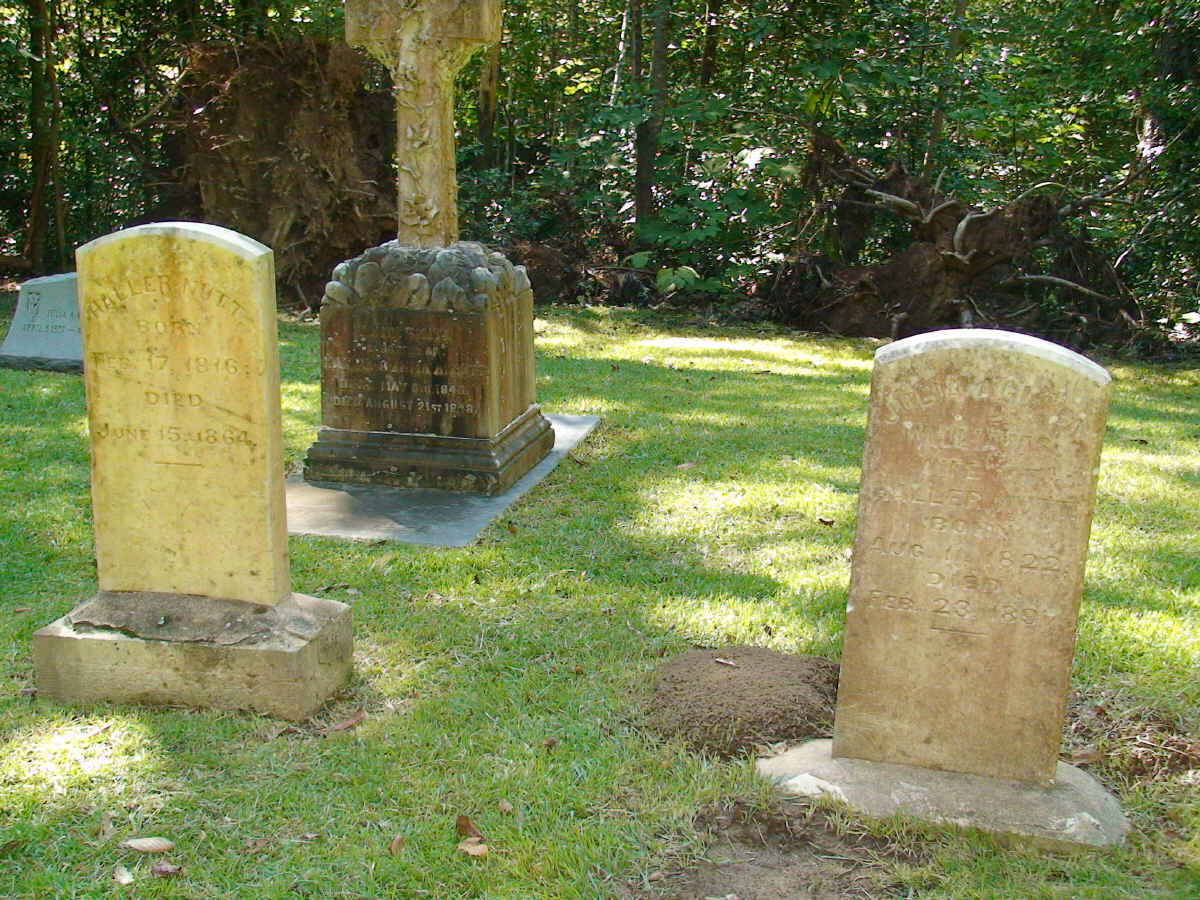
In spite of the many mansions,
Natchez is no longer a rich town. These quaint row houses are how many in
town have always lived:
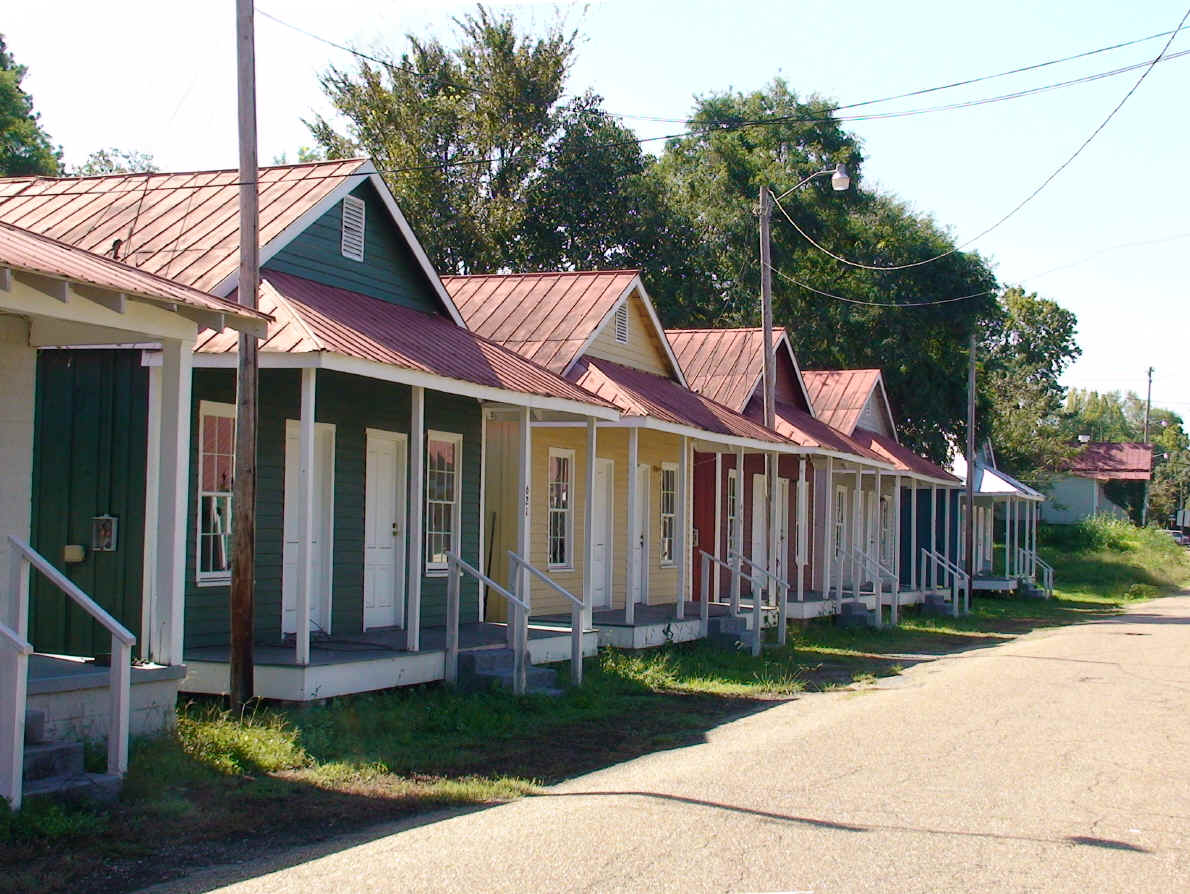
Also in Natchez -- the home of
fine muscadine wine!
Muscadines are a wild native species of grape, with a very distinctive and
excellent flavor.
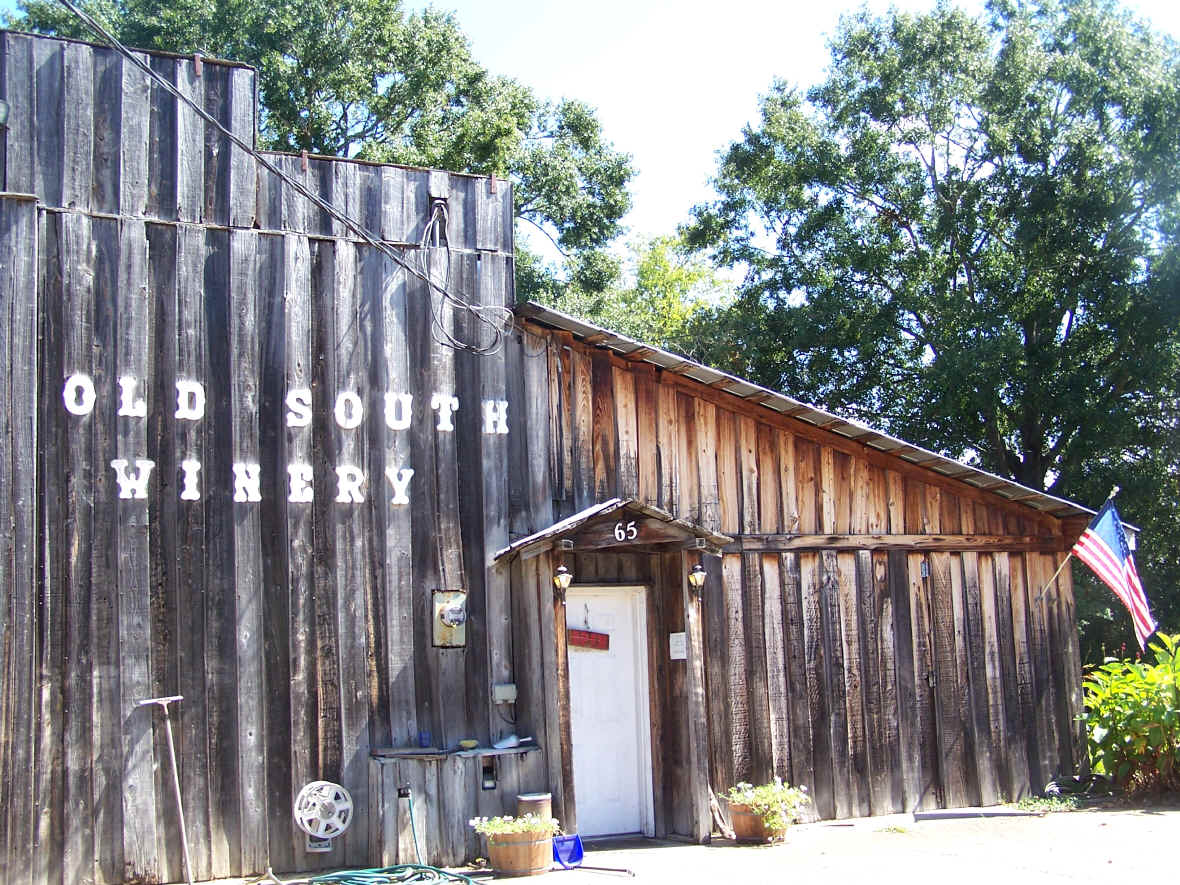
The pretty little Confederate
Memorial Chapel in Grand Gulf State Park, Mississippi. Built in 1868.
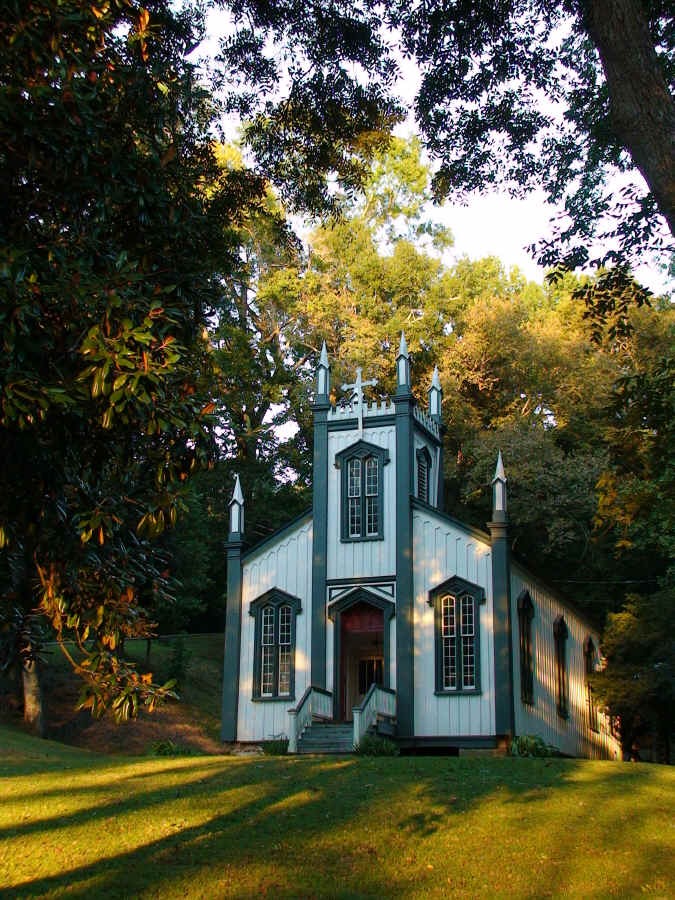
"Away down South in the
land of cotton...."


In Greenwood, Mississippi -- the
road to everywhere. Or to three different directions, anyway.

Well they better just hurry up
and get out of the way!

The one great antebellum house
that is even sadder than Haller Nutt's Longwood -- Windsor Plantation:
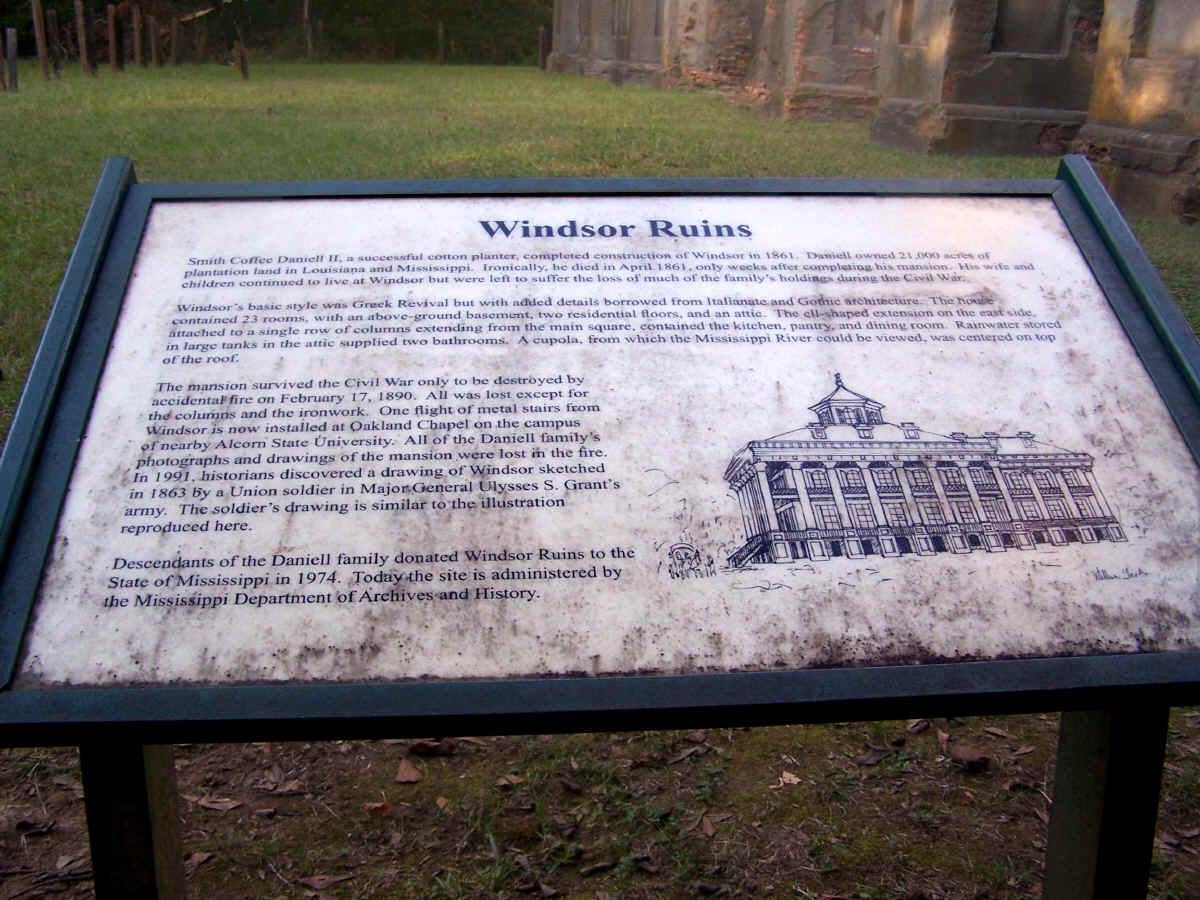
Down a long winding road from
Port Gibson, Mississippi, in a desolate field far out in the country, stand 23
giant Corinthian columns: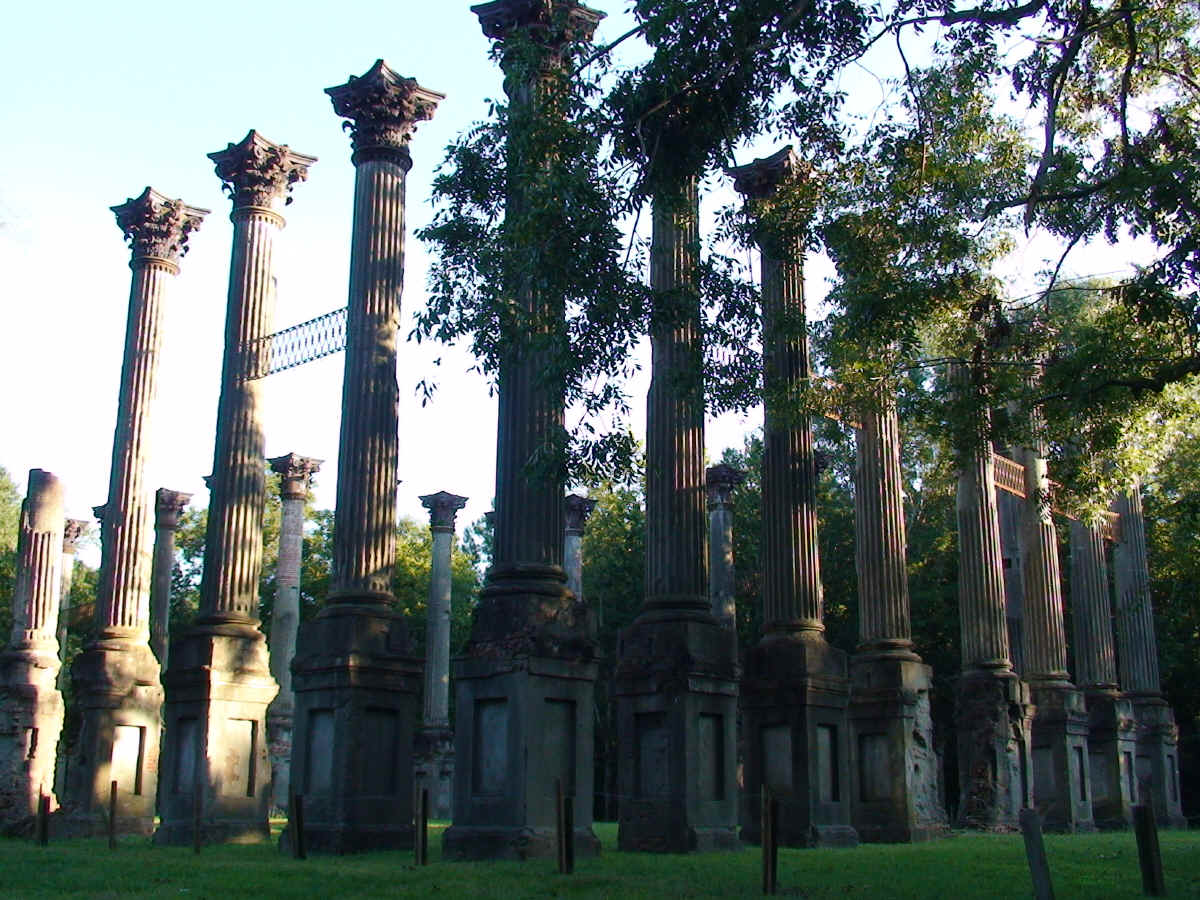
Windsor had been the largest,
most majestic mansion in the state. It cost nearly $5 million to build (in
today's money).
It had 25 rooms, each with its own fireplace, and had interior baths with
running water provided by a tank in the attic.
The great metal columns were cast in St. Louis and shipped down the Mississippi
river. The river was visible from the top floor of the house.
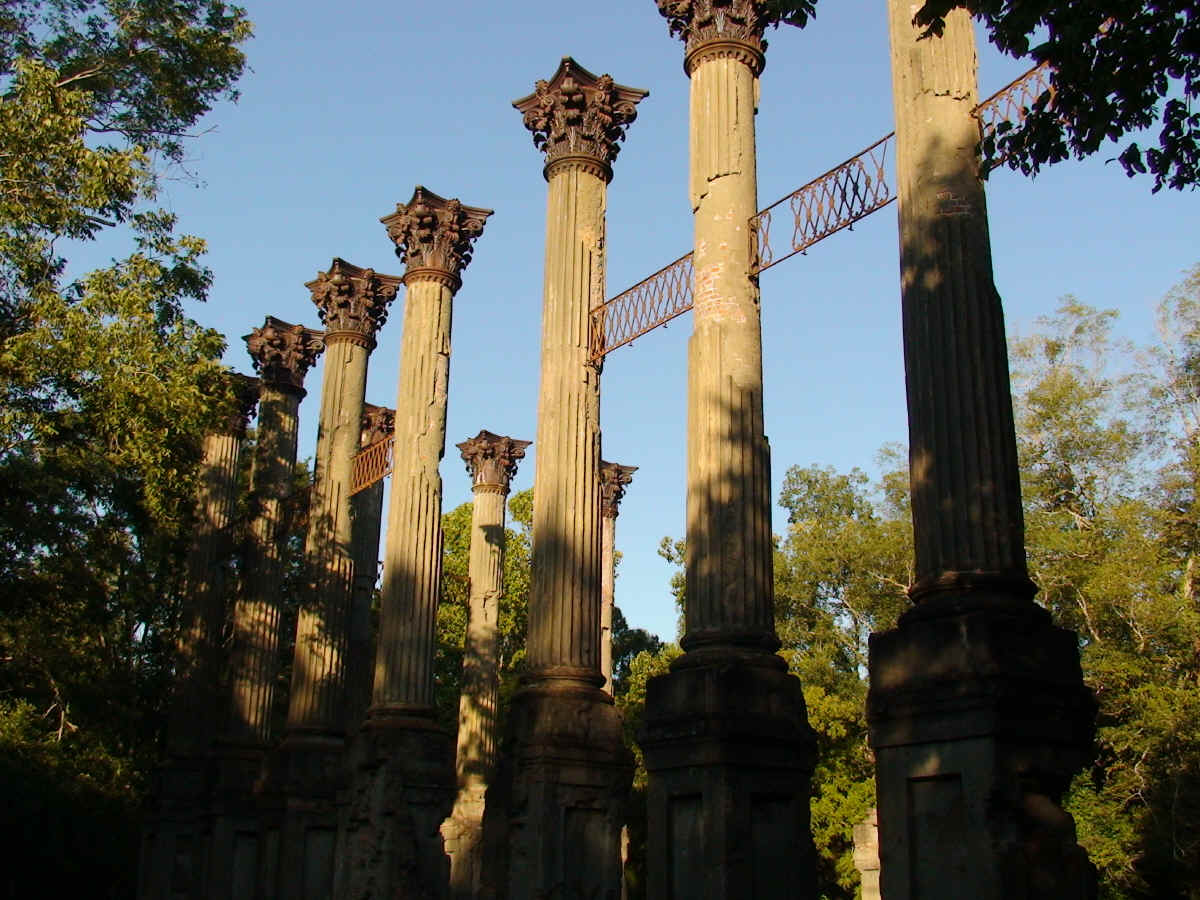
Its owner, Smith Daniell II,
died just a few weeks after Windsor was completed.
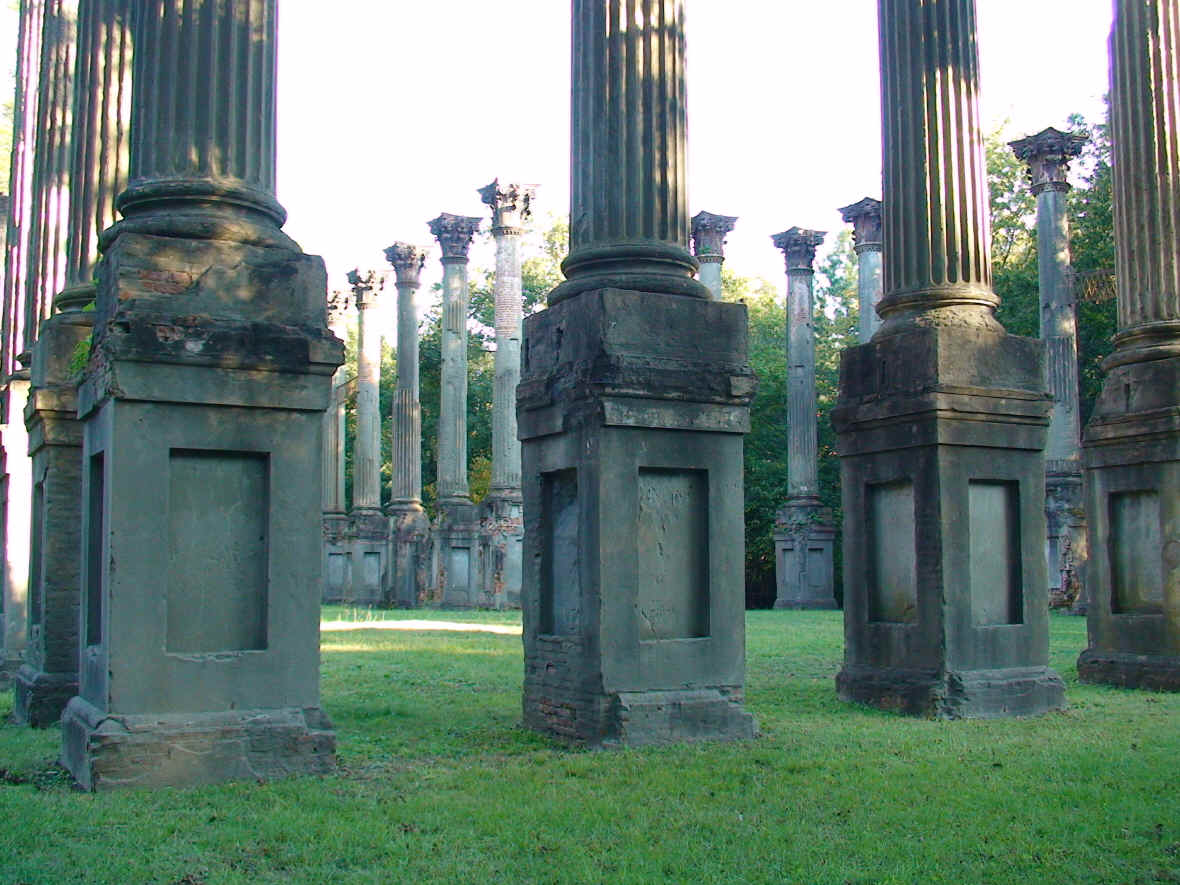
The family lost most of their
possessions during the war, but the house survived. Mark Twain stayed here
once.
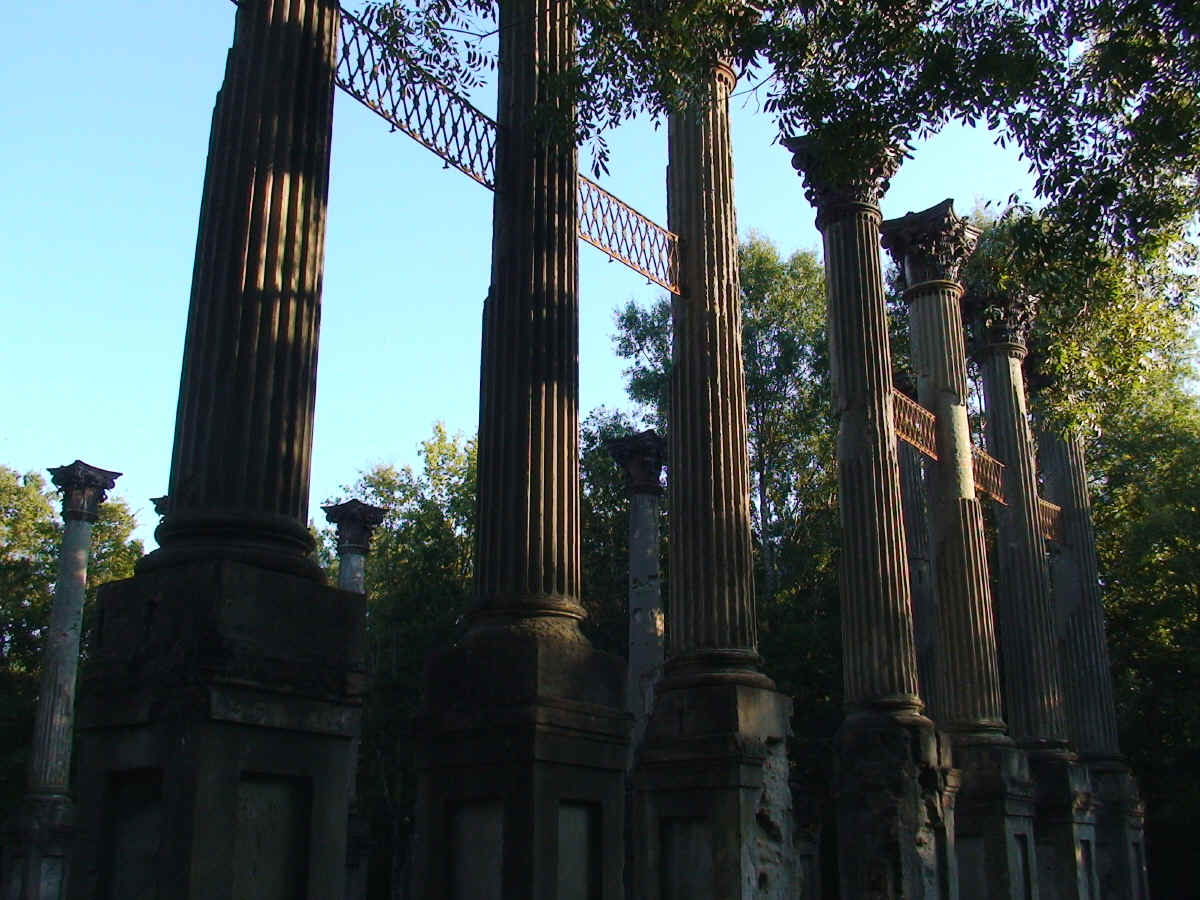
But then, one fateful day, as
the family was preparing a fine dinner party, a guest dropped a cigar on a
balcony.
And that was it for magnificent Windsor.
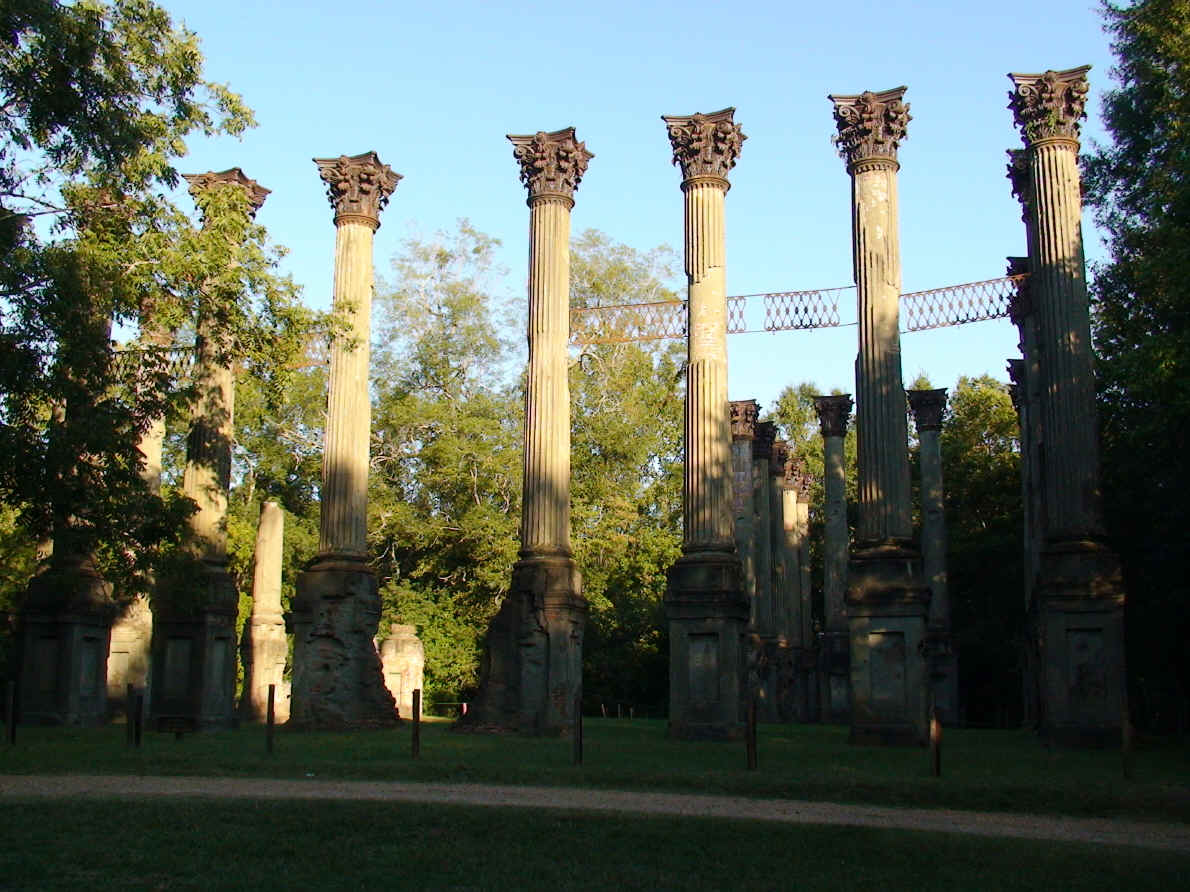
Arkansas:
The capitol building in Little
Rock. Yes, the dome really is a different color from the rest of the
building.
The lower part of the building was built with limestone from Arkansas, but the
dome is made of a more lightweight stone from Indiana.

The little Thorncrown Chapel in
the Ozark Mounains near Eureka Springs, Arkansas -- a very famous piece of
modern architecture:
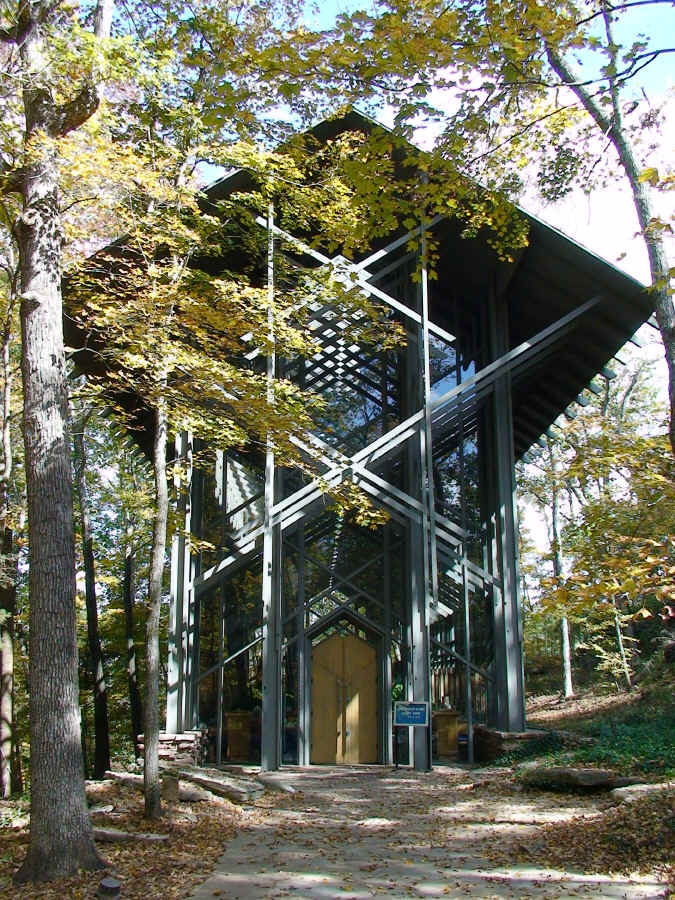
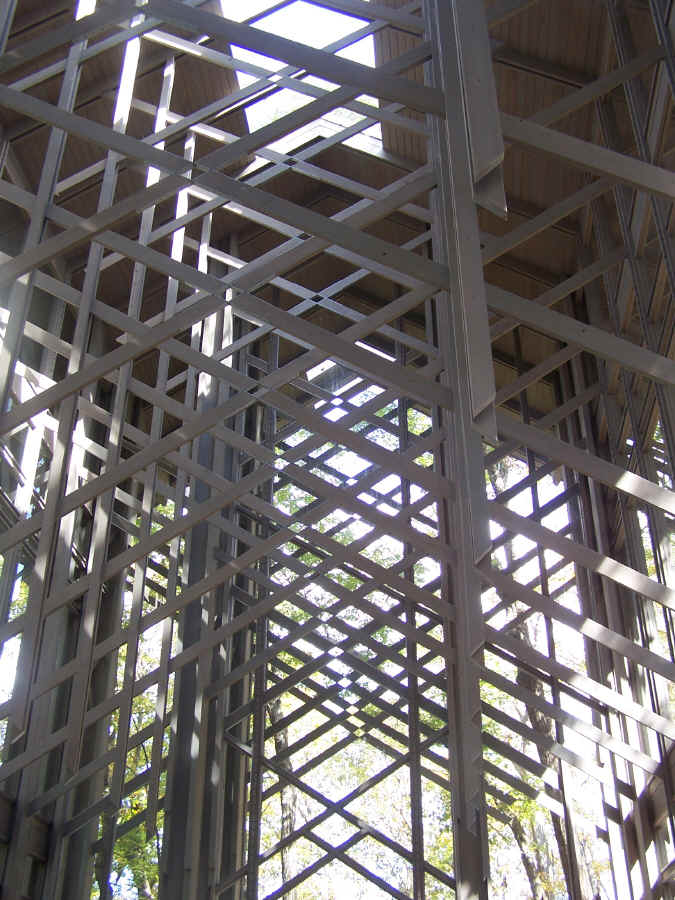
More fine Arkansas architecture:
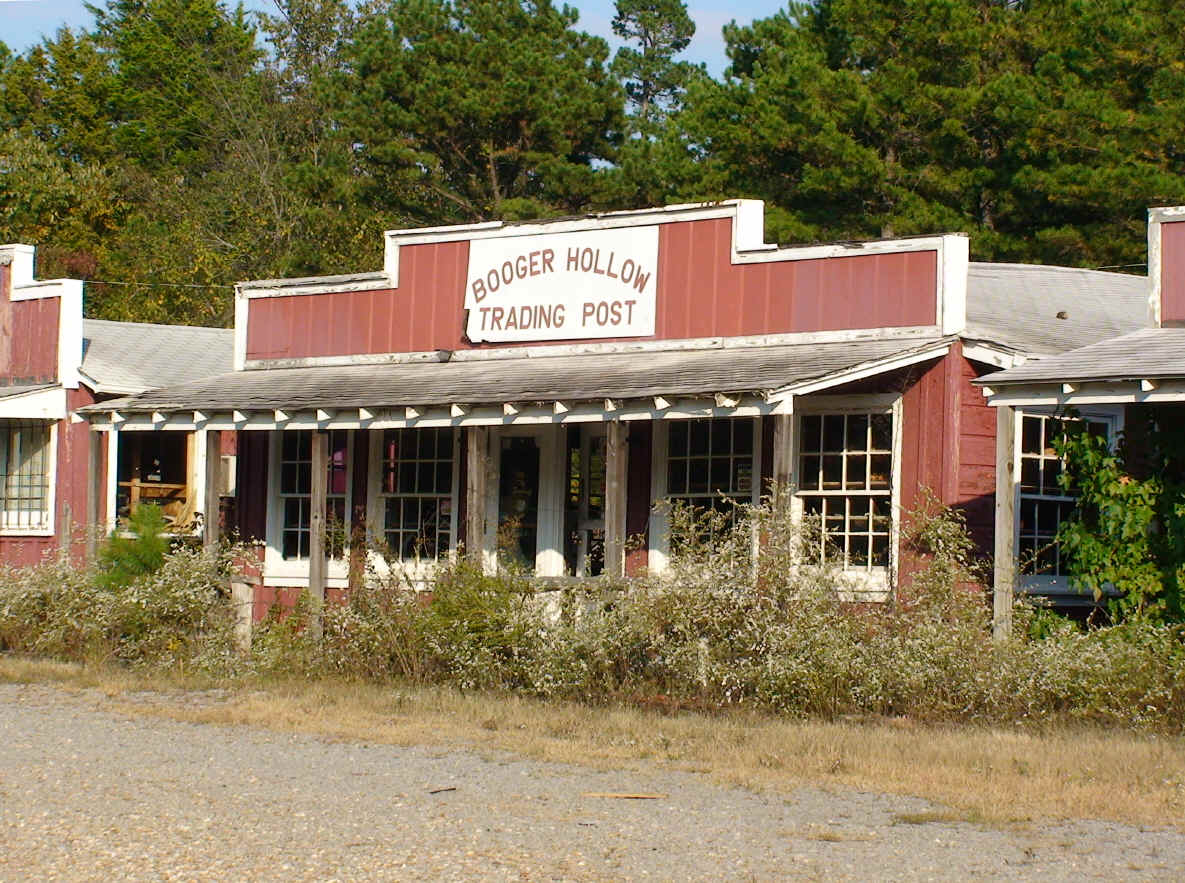
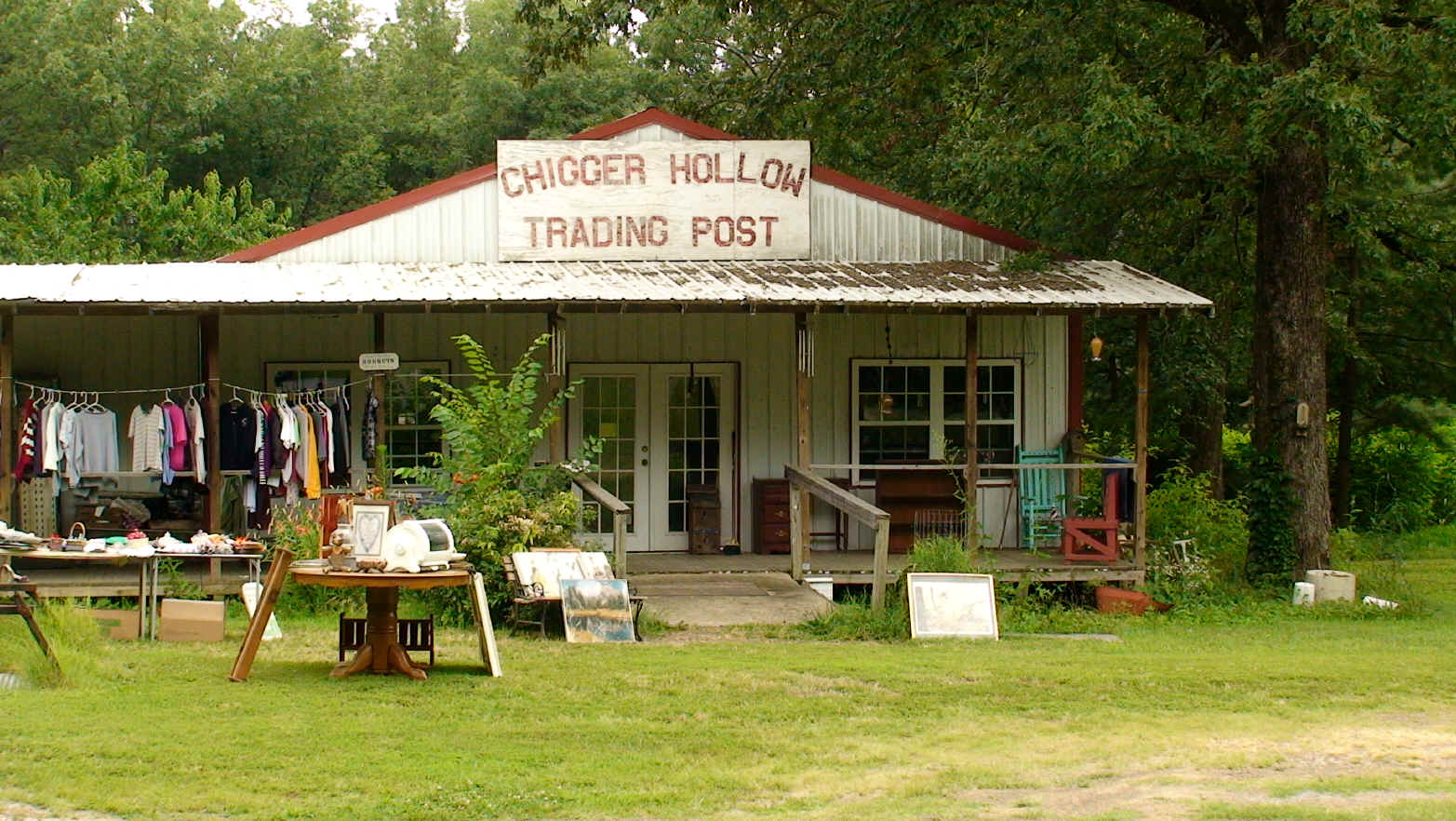
A garden in the Ozarks:
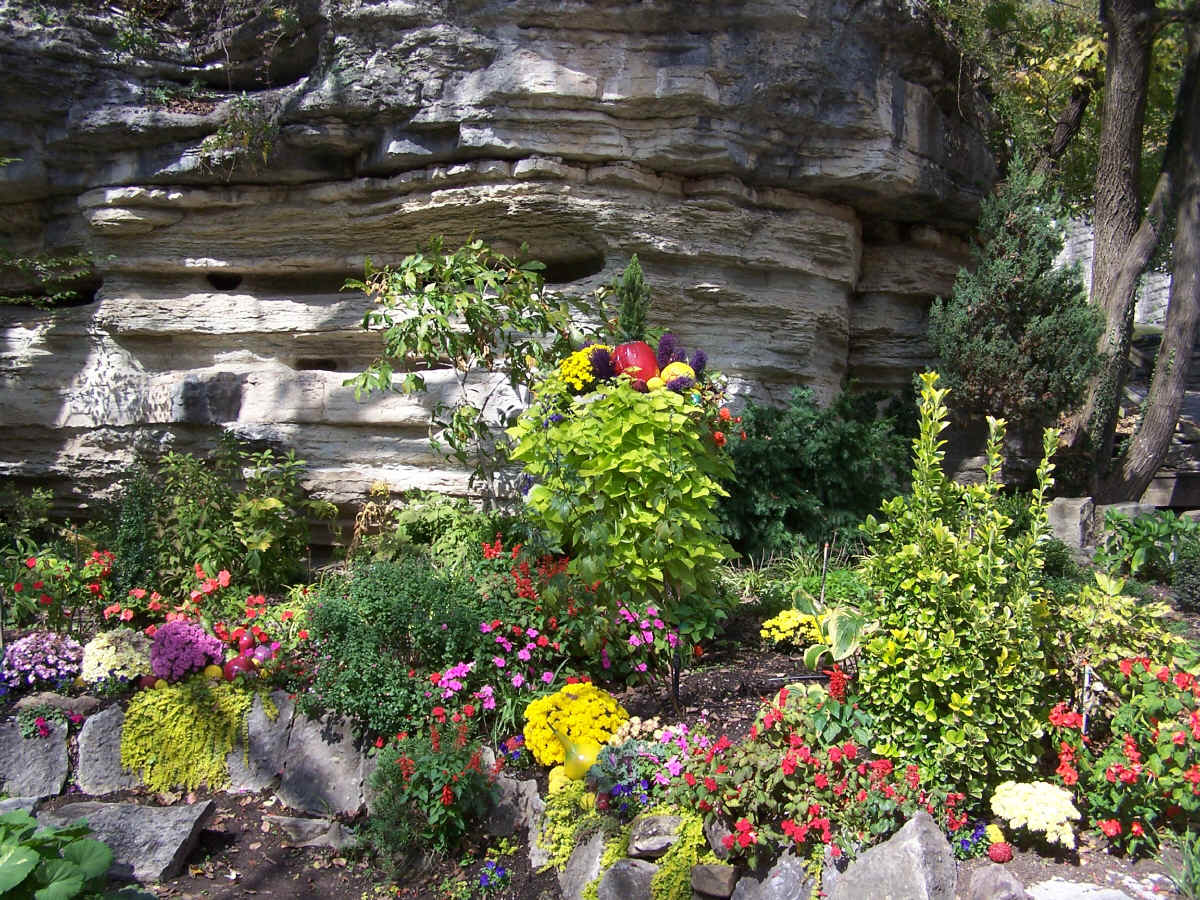
The Buffalo River -- designated
a National Wild and Scenic River by the National Park Service:
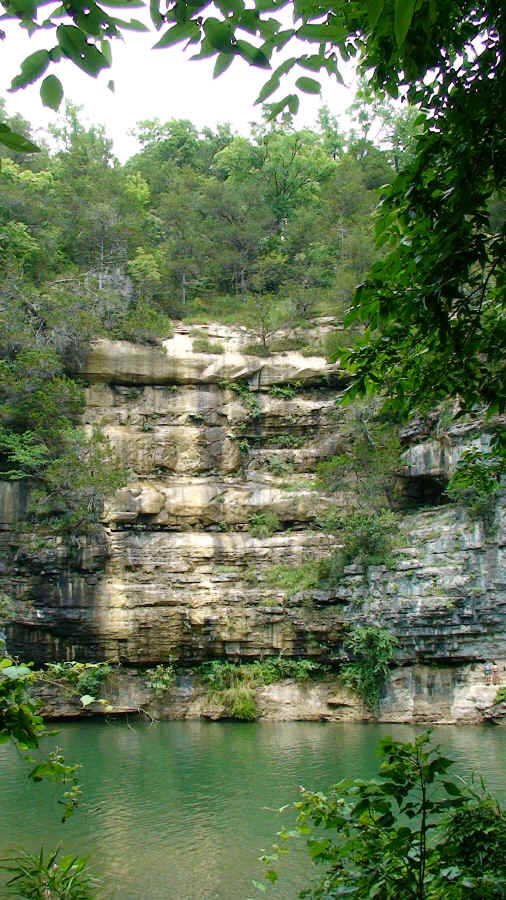
Notice the kids sitting on the
wall, to give you an idea of the scale of things:
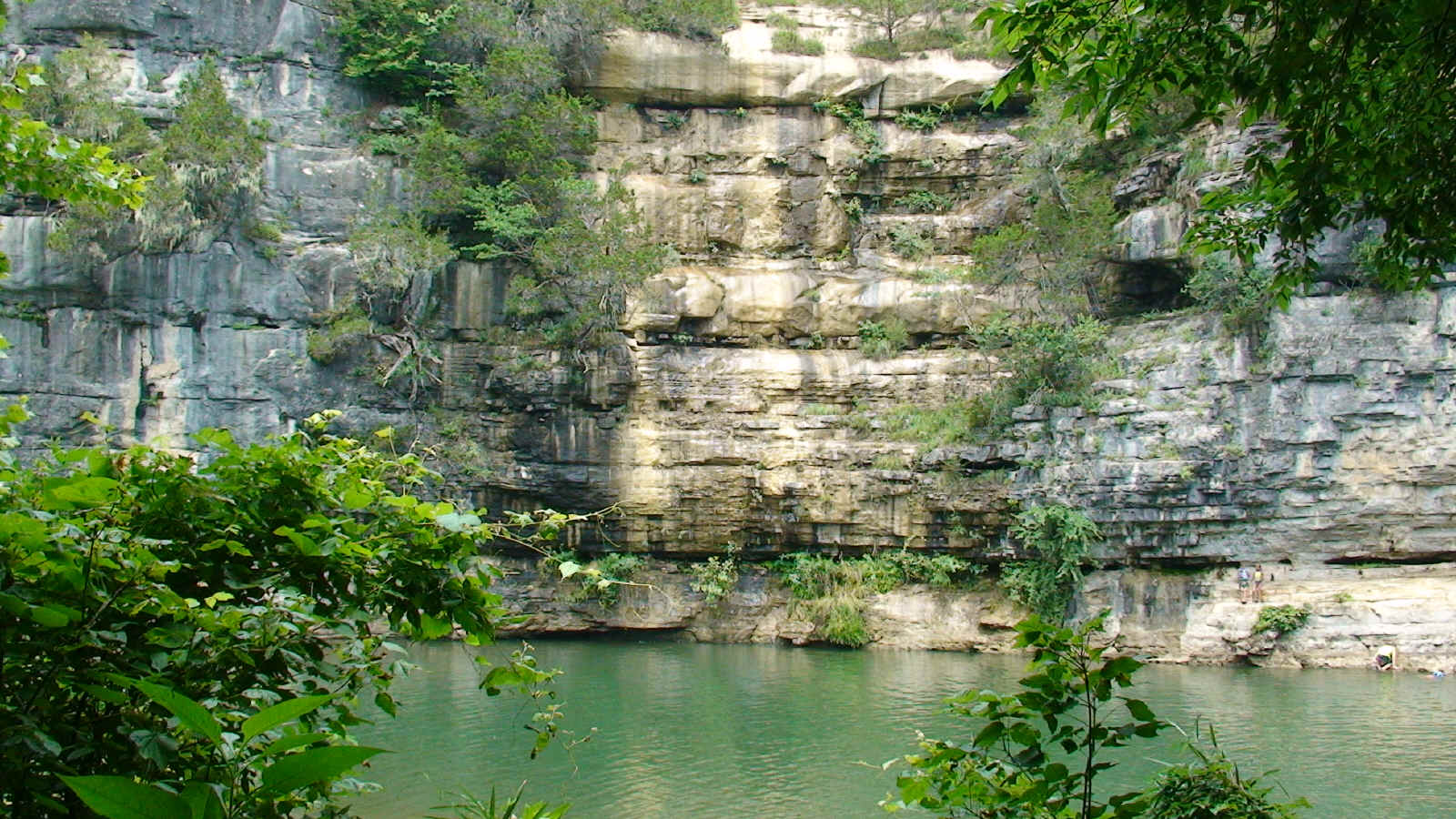
A group of Mennonite people were
having a picnic at the Buffalo River:
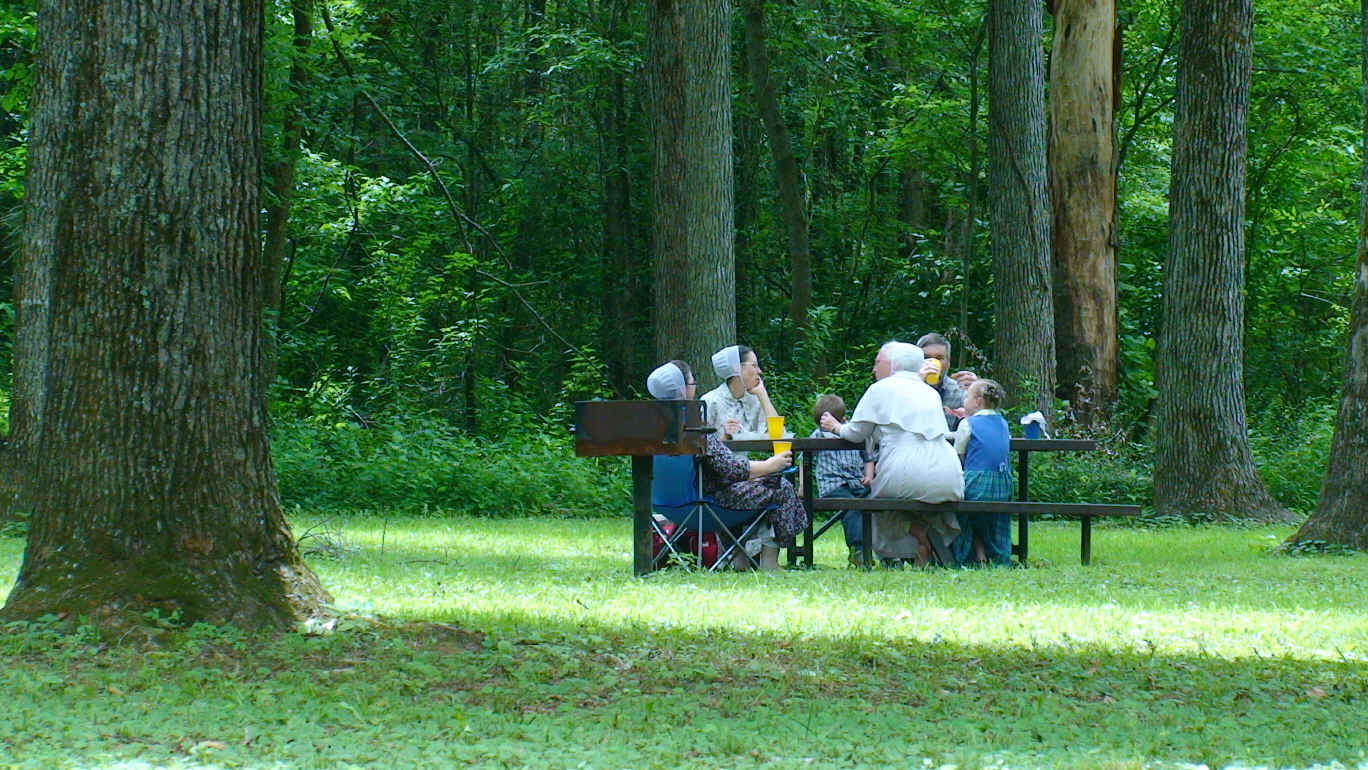
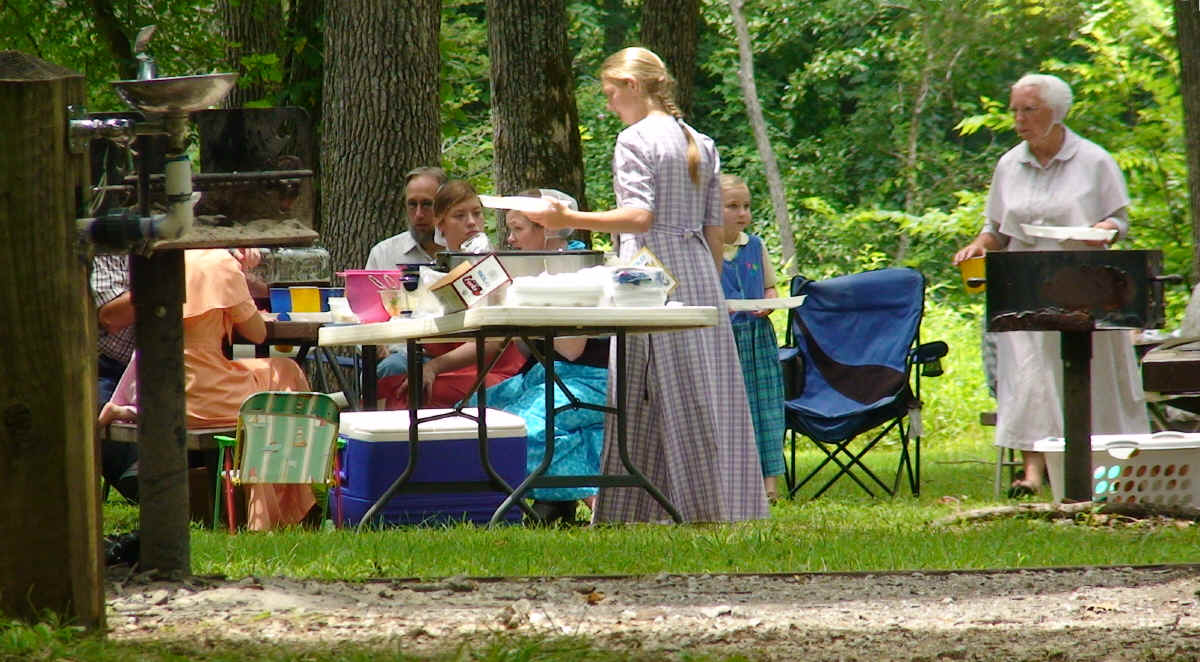
Hot Springs National Park, Arkansas

Hot Springs is one of the oldest national parks in the country,
established in 1921. It is also the smallest.
Compared to the huge, magnificent national parks of the western states, visitors
often consider it not really worthy of national park status -- scenically, it is nothing special.
But age must count for something: because of the mineral springs, the area was designated a
national protected area by
congress way back in 1832 --
many decades before the concept of national parks ever came into
existence. So it has the longest history as a protected area of any
national park.
Its main job is to preserve an important aspect of American history from
over 100 years ago --
the days when bathing in hot springs and mineral waters was considered an
effective cure for all kinds of ailments and illnesses.
Hot Springs contains the largest row of bathhouses ever built in America,
constructed in various architectural styles.
Though most are closed now, the National Park Service oversees the maintenance
and preservation of the buildings.
For over a century, millions of people came to "take the cure",
spending weeks or months getting mineral baths every day.
The effectiveness of it all is quite debatable, and even made some diseases such
as tuberculosis worse. But in those days there were few other options.
Besides, the large social scene in the town, with rich and famous people
coming from all over the country,
and the feel of being on vacation while getting pampered in elegant spas, could
make for quite a pleasant experience in spite of one's health problems.
Hot Springs was hugely popular for many years, as were other similar but smaller
places such as Mineral Wells, Texas, or Warm Springs, Georgia.
But eventually the custom and institution of mineral baths started dying out
with improvements in modern medicine;
people figured out it was much easier and more effective to pop a pill than to
sit in hot water for weeks.
Looking up Bathhouse Row, Hot
Springs, Arkansas, to the Arlington Hotel;
the Hale Bathhouse is on the right:
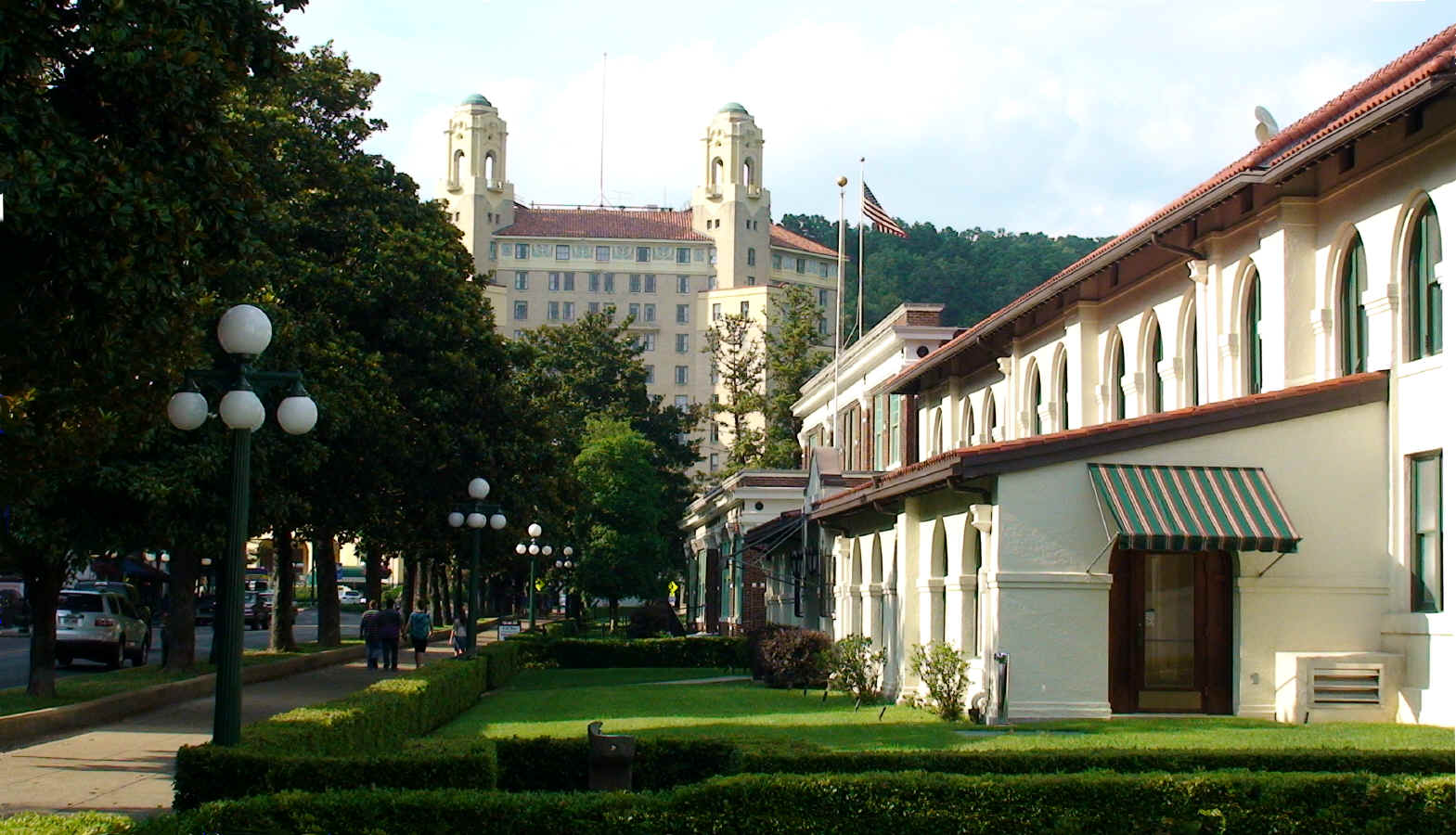
The Quapaw Baths, named
after the original Indians who lived in the area:
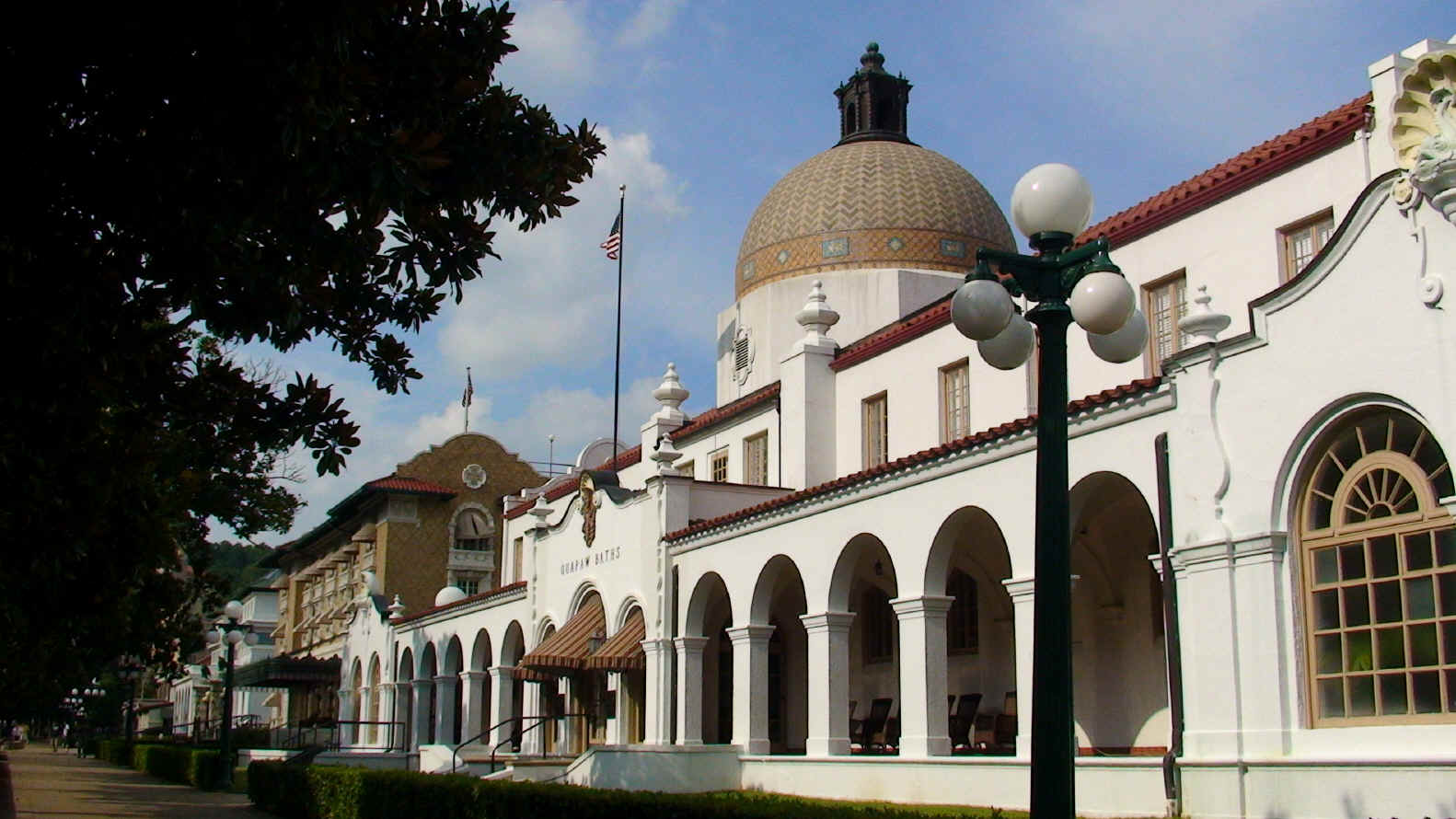
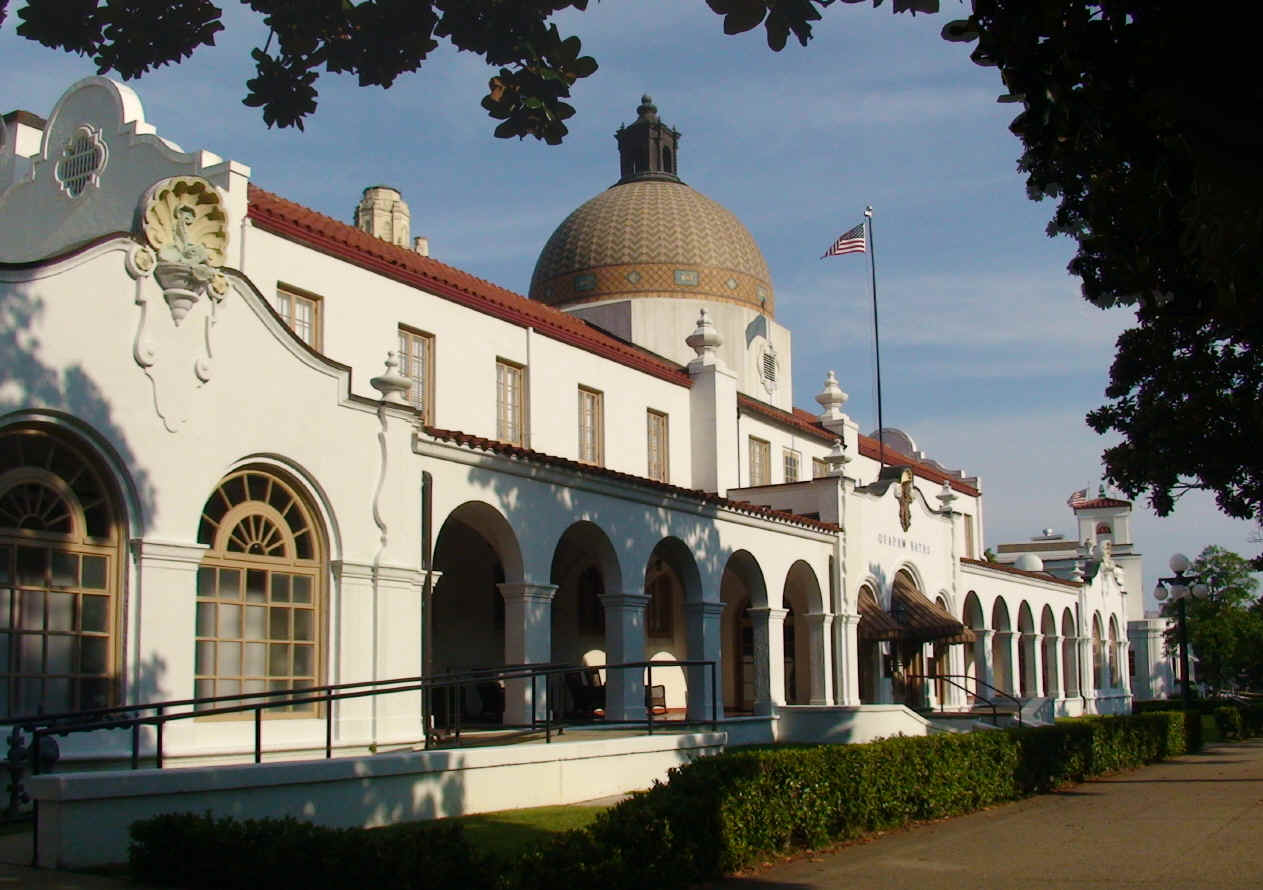

The Ozark bathhouse:
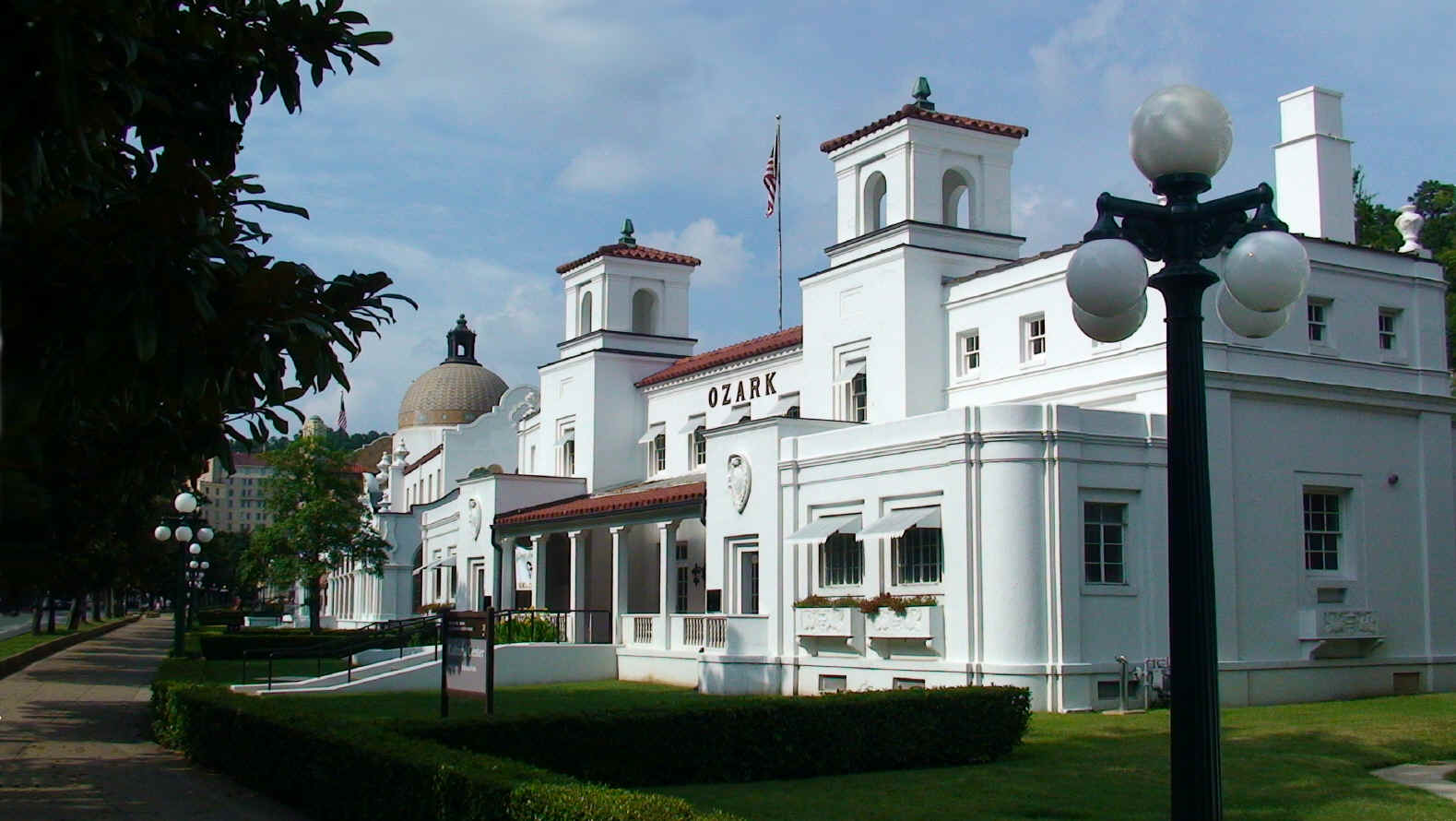
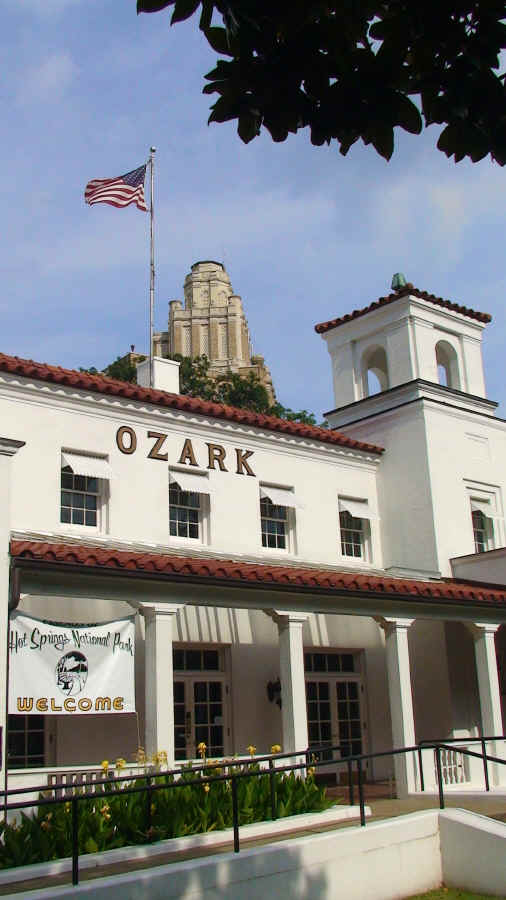
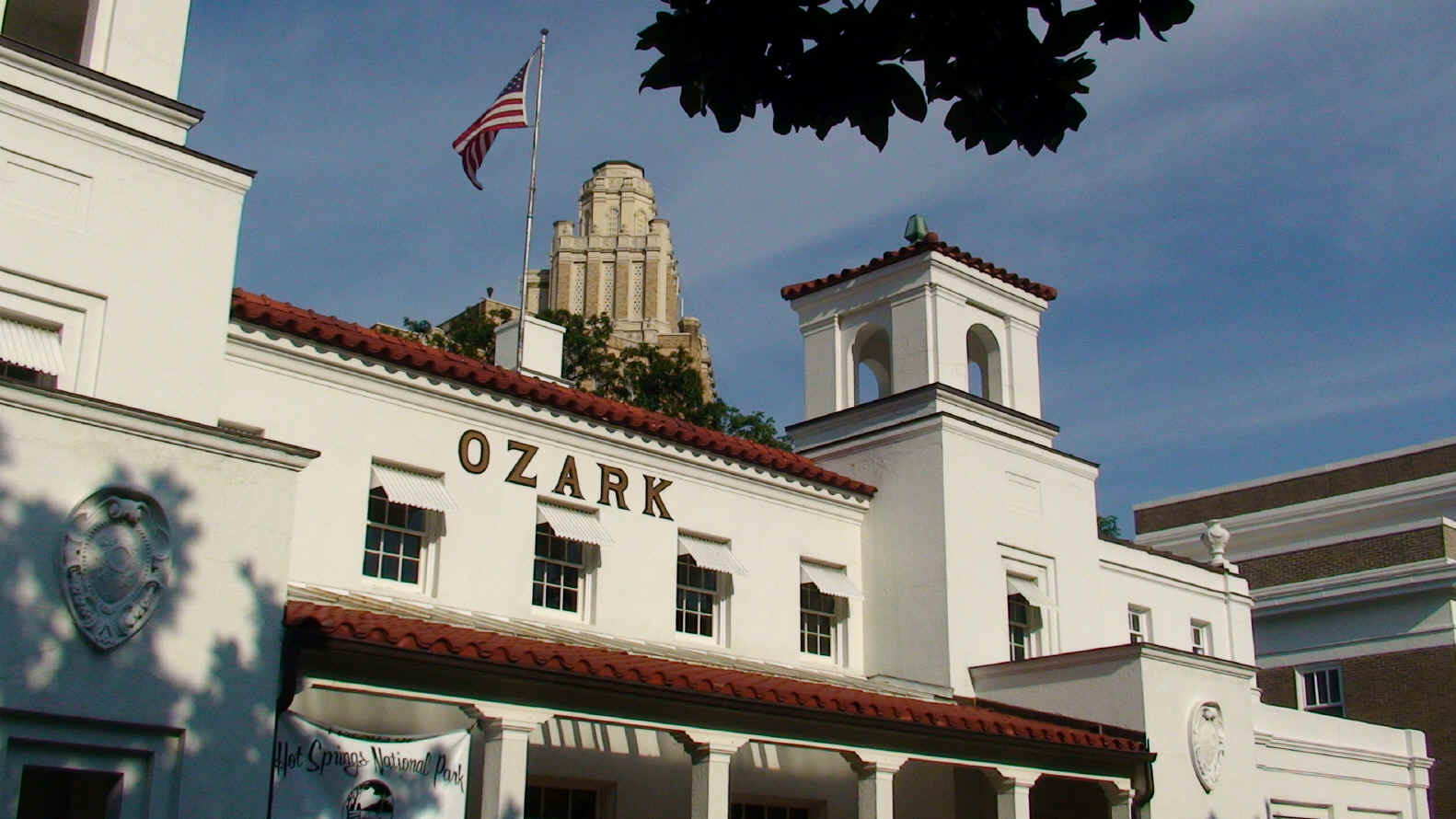
The Buckstaff bathhouse -- this
is the only one that has been in continuous operation until the present:
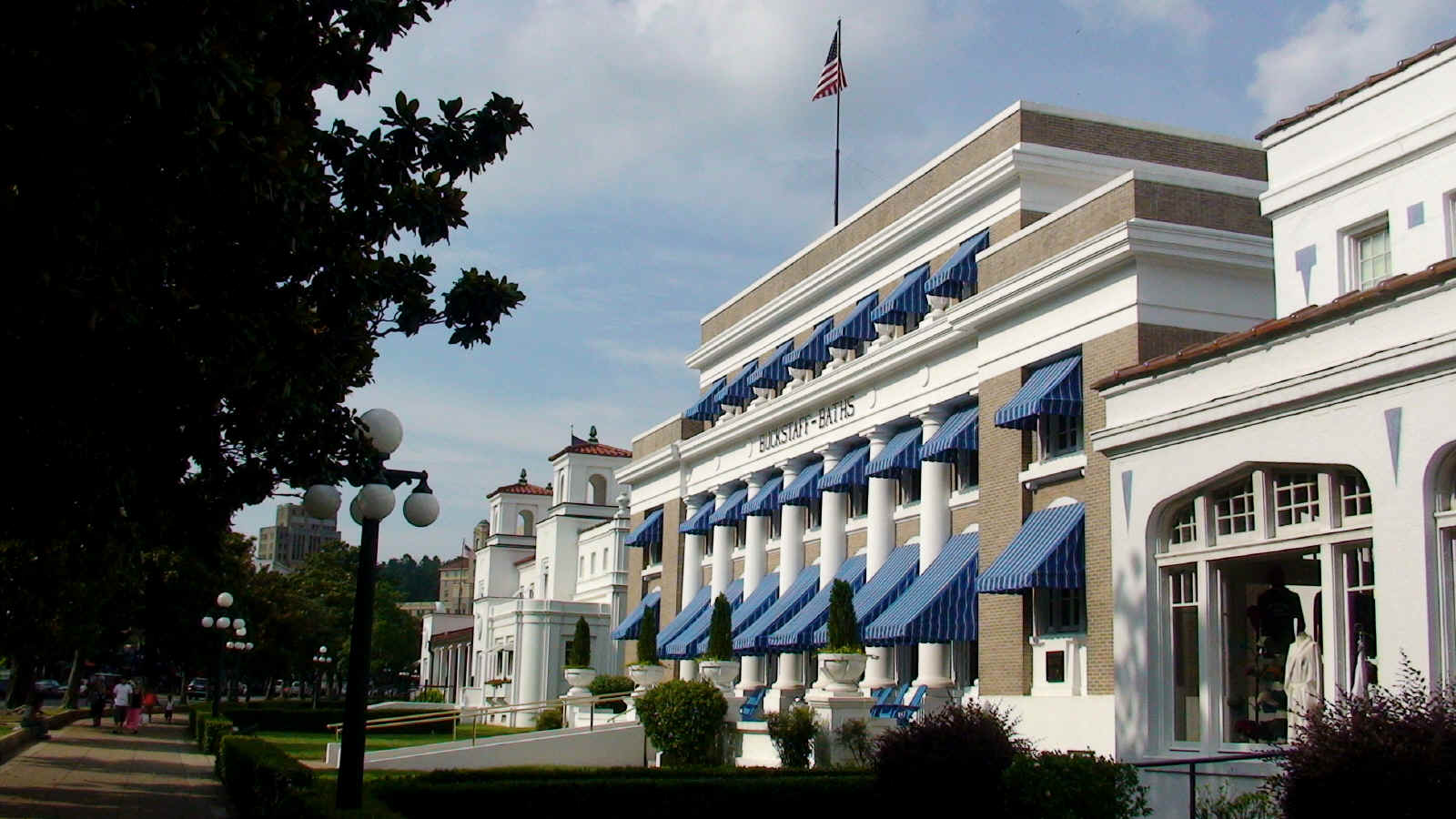
To the right of the Buckstaff is
the Lamar bathhouse.
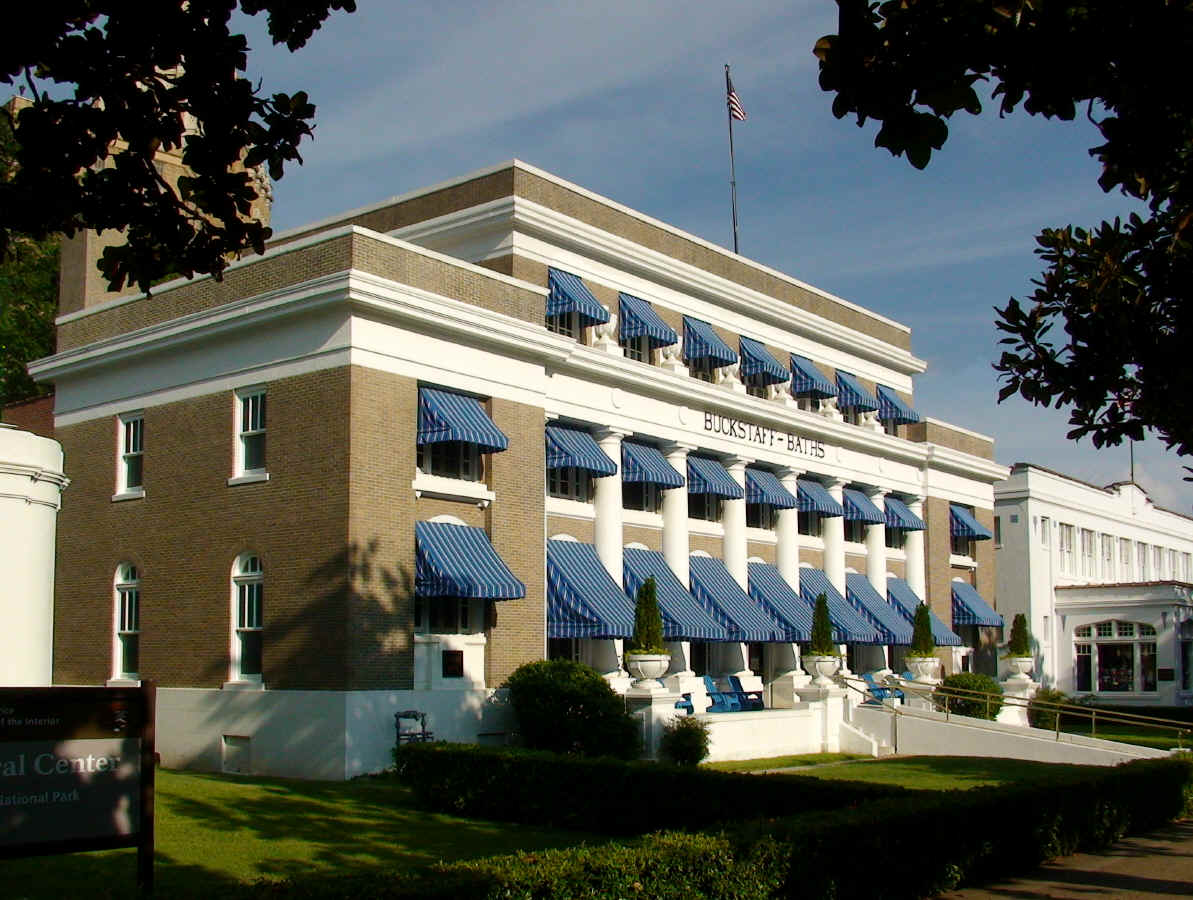
The Fordyce was the most
luxurious of the bathhouses, but it was the first to close.
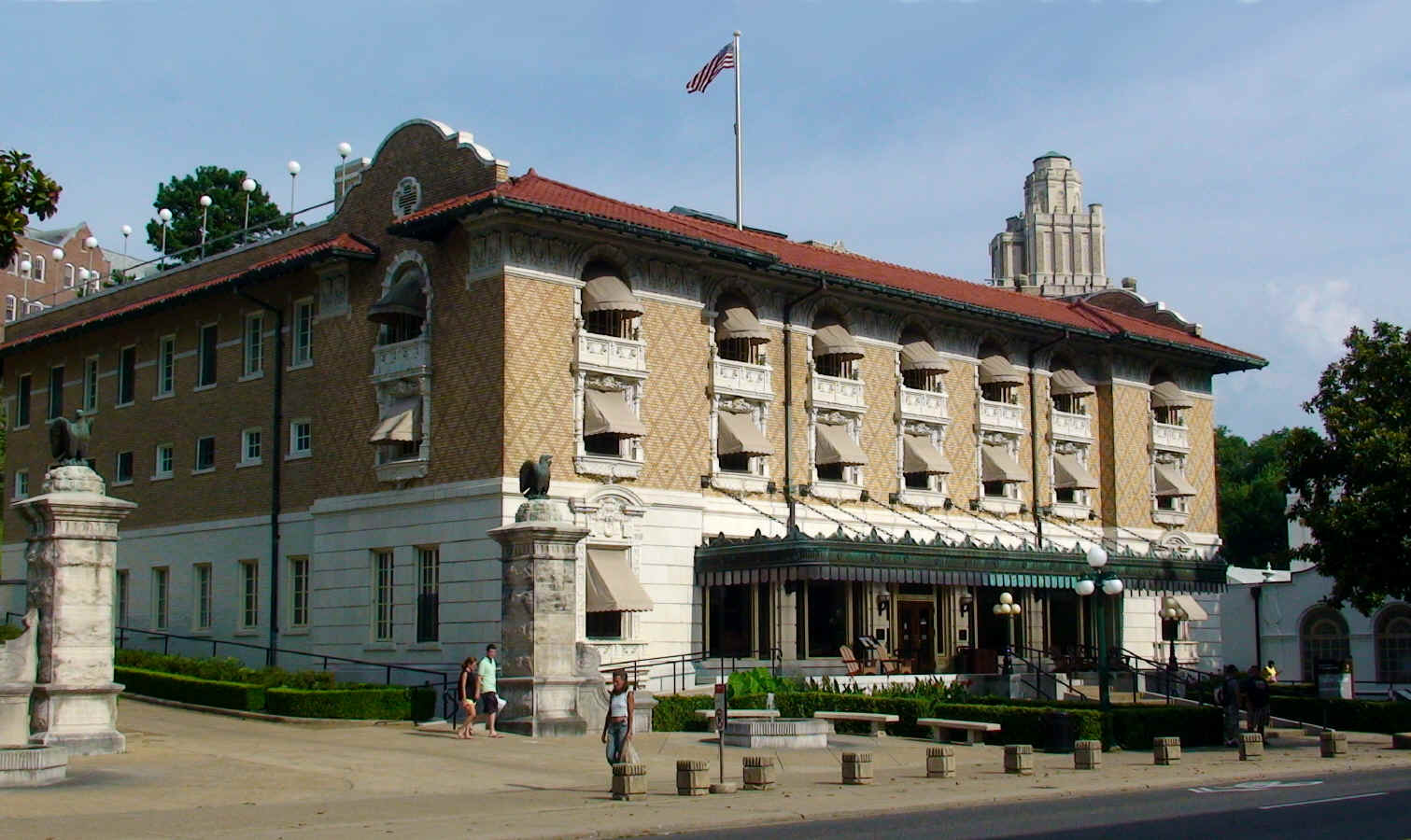
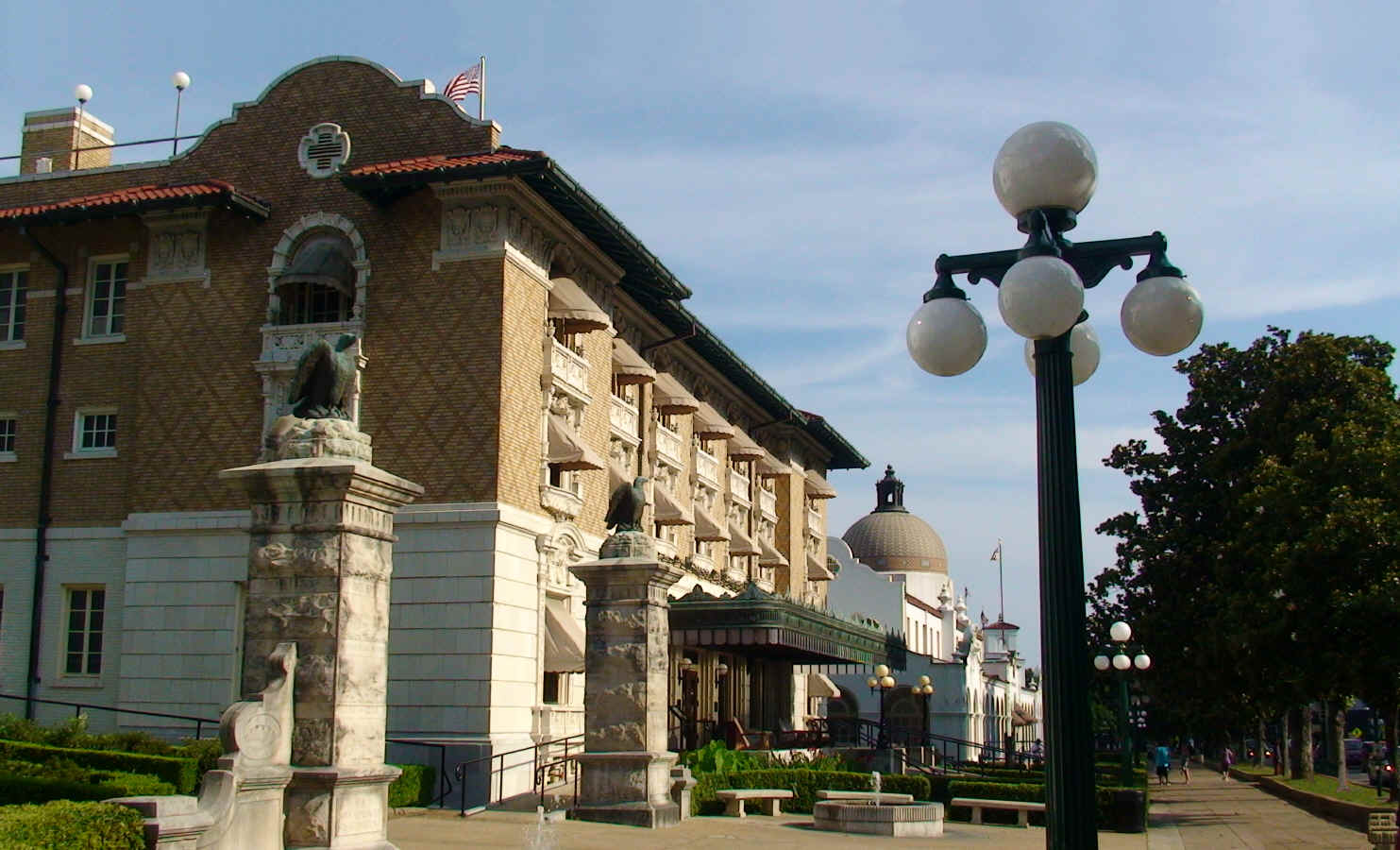
The Superior Baths was the
oldest and cheapest of the bathhouses, but their water was as good as anybody
else's.
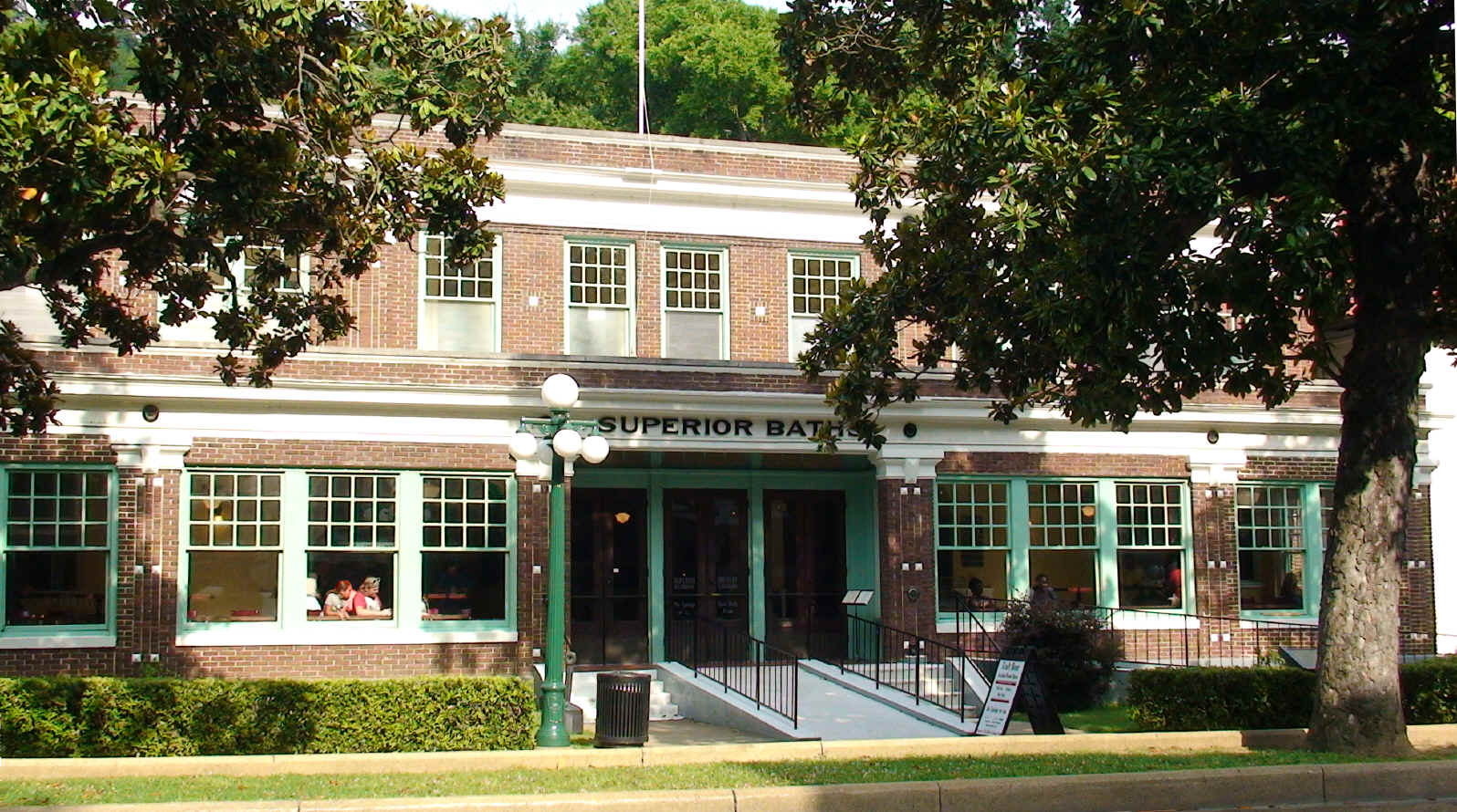
The Arlington was the largest by
far:
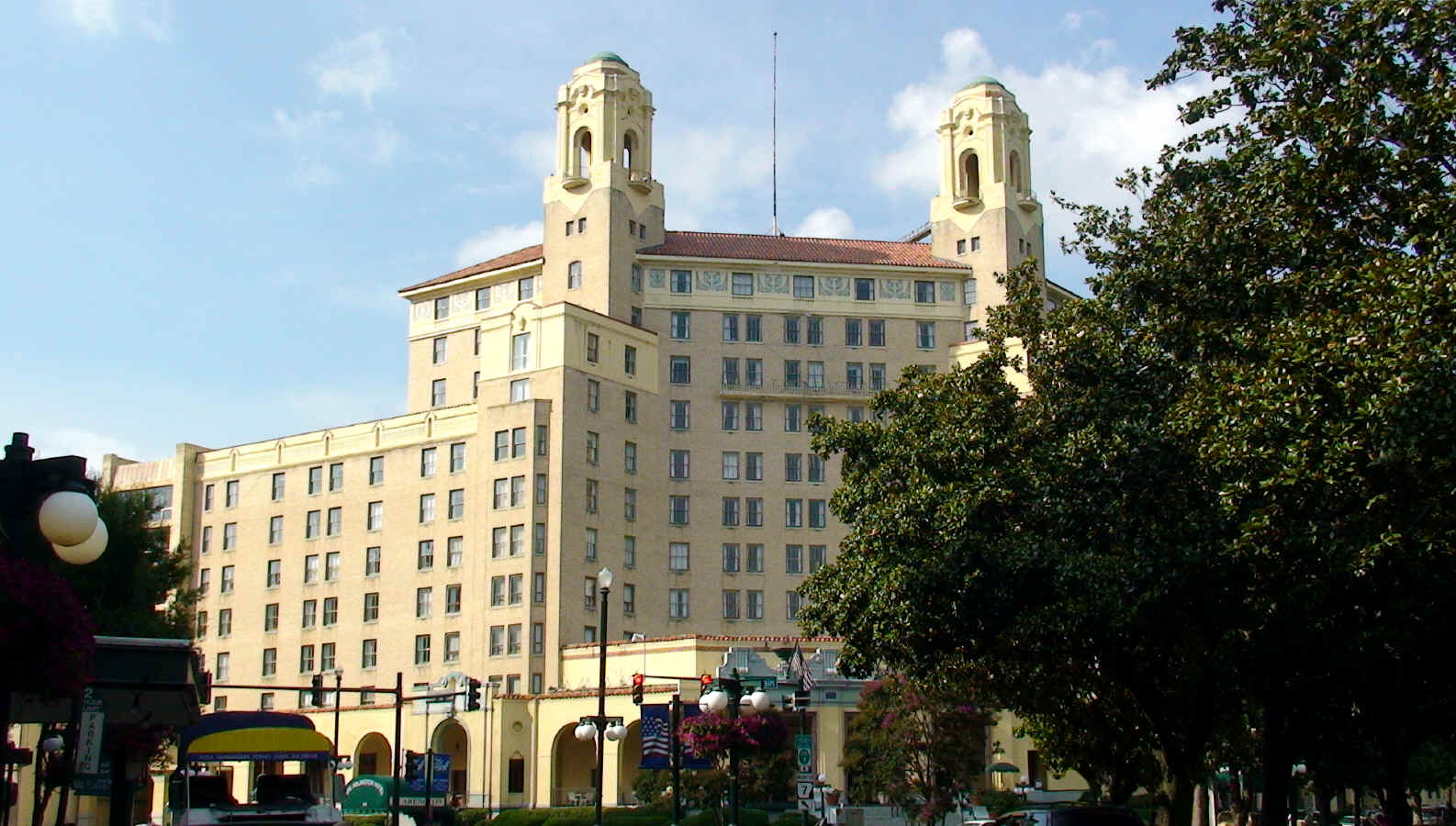
Just behind Bathhouse Row was the impressive Army-Navy Hospital, which also
used the mineral waters for treatments. It is now a vocational training
school.

There are pretty fountains all
over town to drink from, which seemed appealing on the summer day when I was
there --
but no, the water is hot! (Duh....)

That's all, folks... y'all come back!